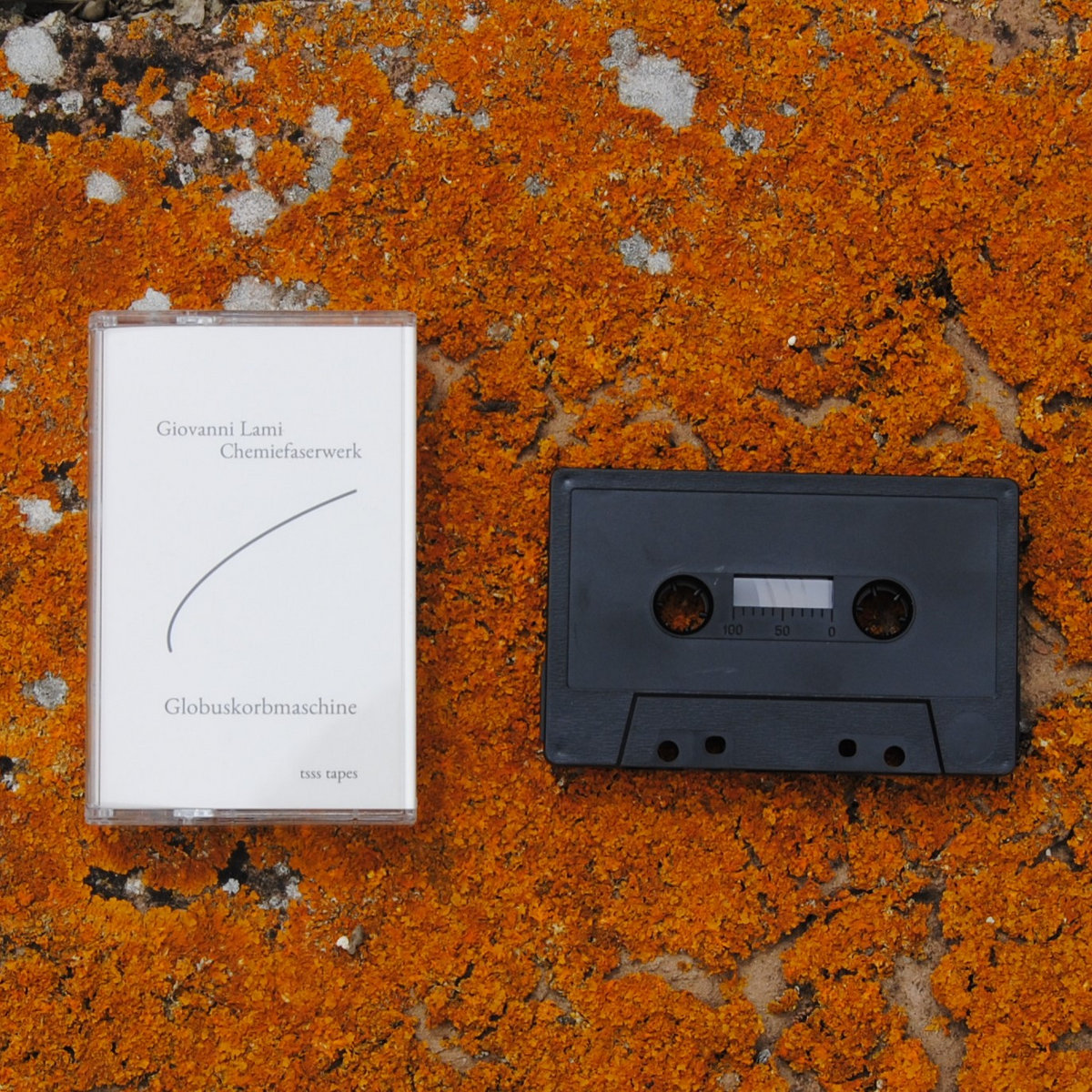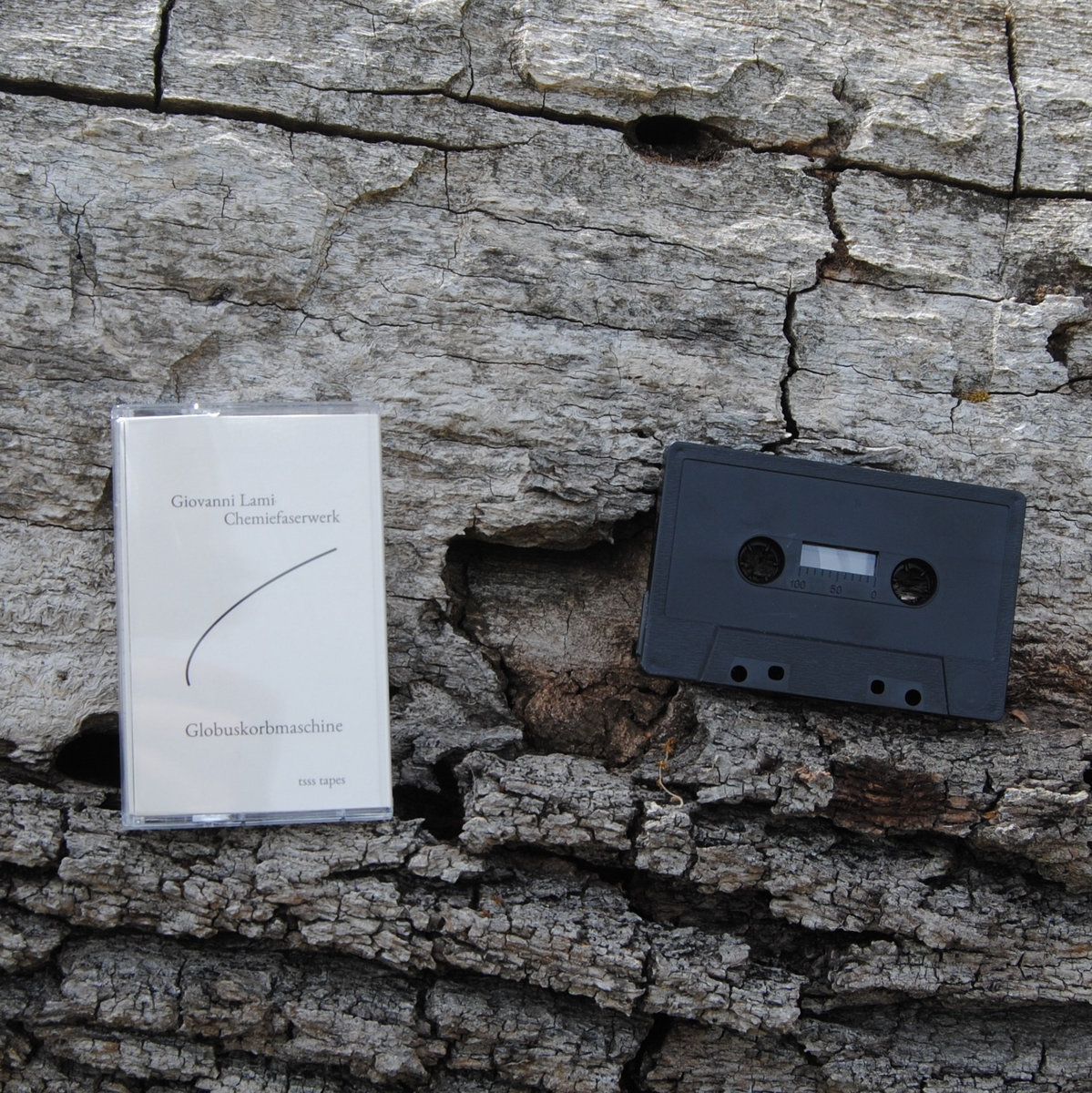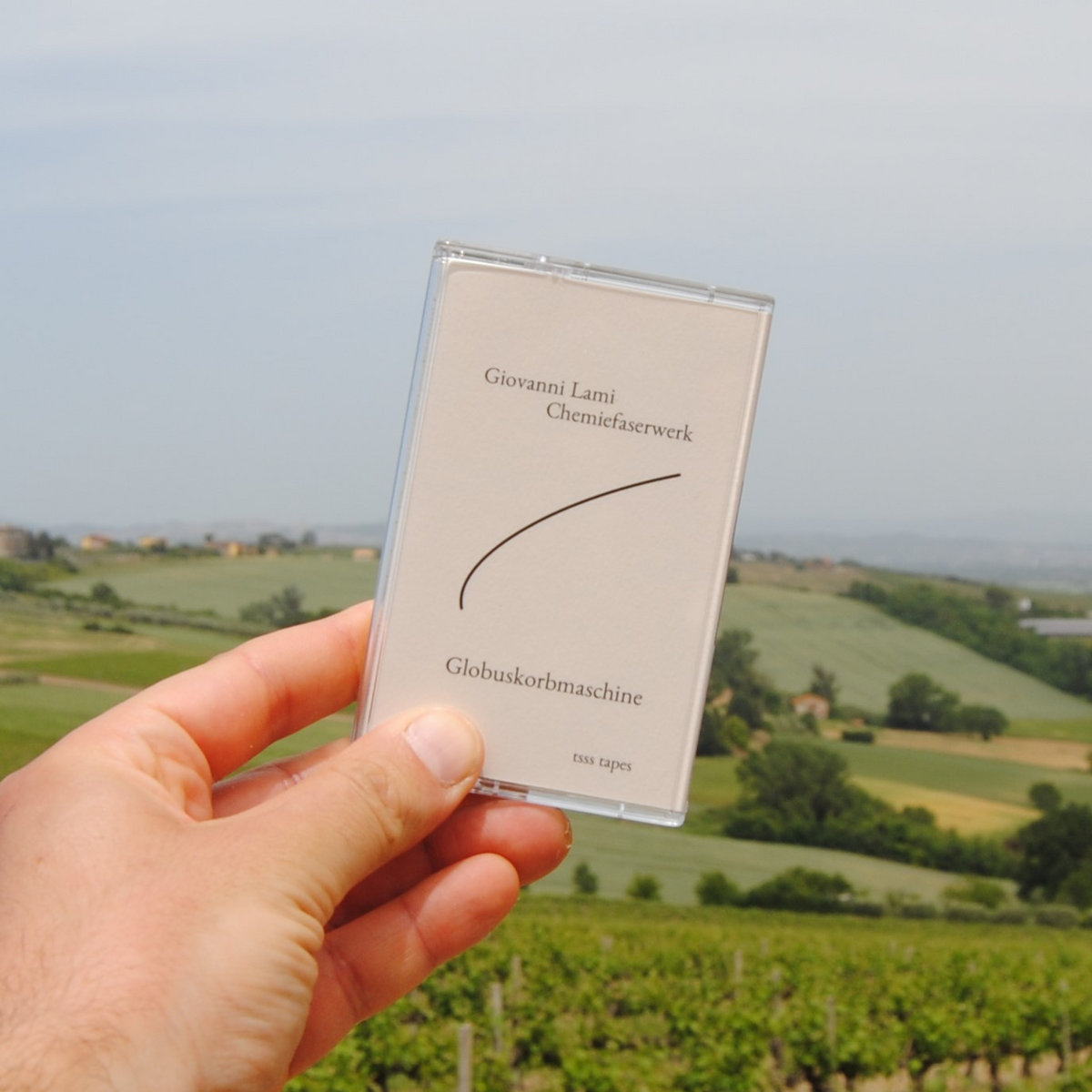-

Tutto A Posto Niente...
Nashazphone

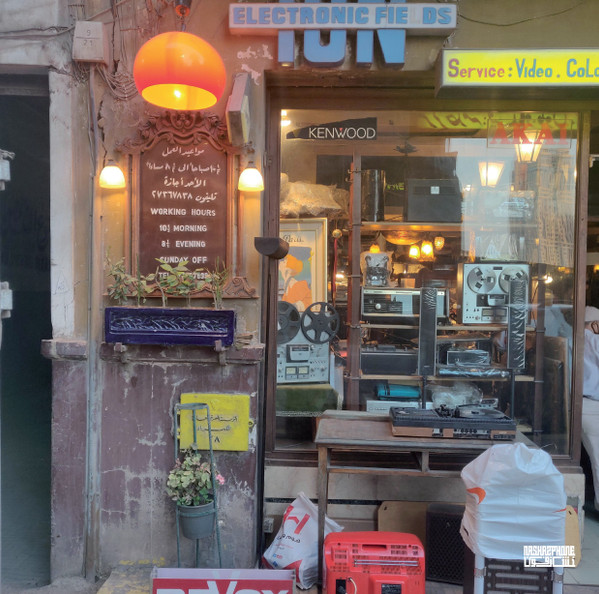
Tutto A Posto Niente In Ordine
A Compilation of Contemporary Italian Tape Electroacoustic and Musique Concrete artists featuring Valerio Tricoli, Mercury Hall, Ezio Piermattei, SEC_, Giovanni Lami, Giulio Nocera, and kNN.
- Mastered At – Mont Analogue
- Lacquer Cut At – Mont Analogue
- Mastered By, Lacquer Cut By – Frédéric Alstadt
Limited to 200 copies.
Side I Center Label was misprinted with an incorrect tracklist sequence.
The correct one should be:
Side I
Valerio Tricoli - Total Recall
Giovanni Lami - Gechi e Fontane
Ezio Piermattei - Pupils’ Sleep
Side II
SEC_ - Orogenesi
Mercury Hall - Dorsoduro
kNN - Oggetto Tutto Sommato
Giulio Nocera - Compendium Pulveris
Released May 16, 2023
Reviews
-
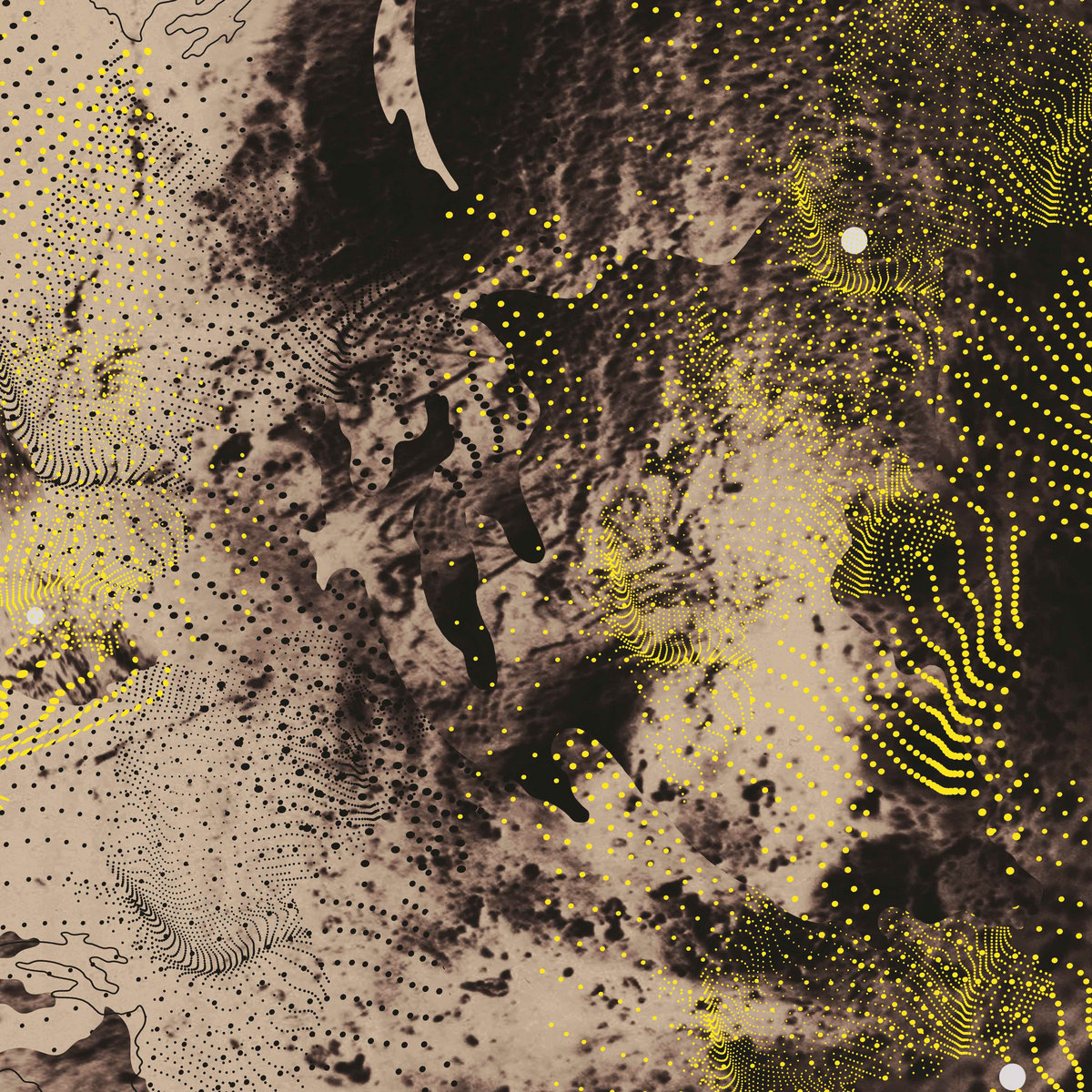
Monumento Fiume
Kohlhaas
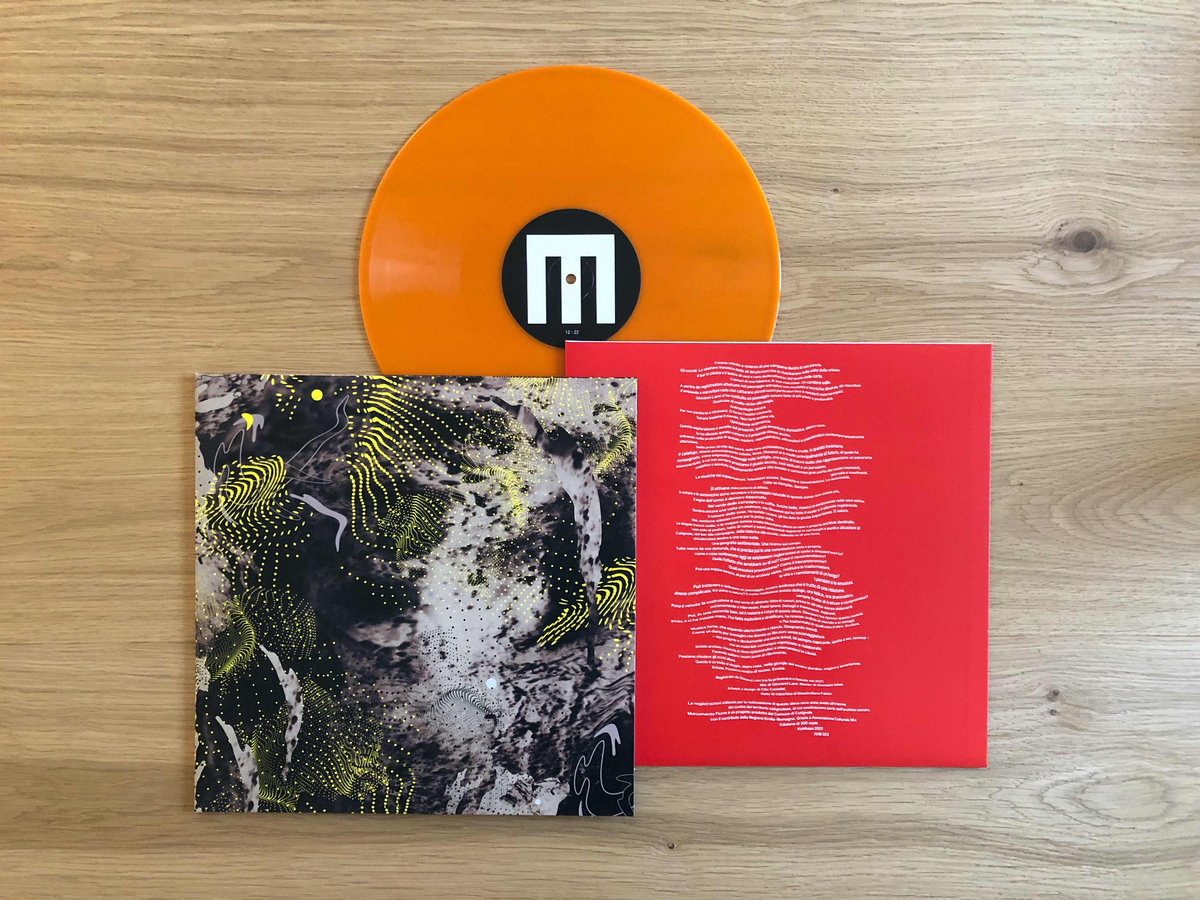

Monumento Fiume
In 2021, the Municipality of Cotignola, Ravenna invited sound artist and composer Giovanni Lami to participate in an artist residency as part of a broader project aiming to investigate the anthropic landscape of the local area.
The two-piece composition Monumento Fiume stems from the huge body of field recordings collected by Lami throughout his residency period, which is going to contribute to the soon-to-be Sound archive of Cotignola.
As Massimiliano Fabbri points out in the liner notes, "Monumento Fiume" is an oxymoron: this may reflect the both static and dynamic ecology rendered in these two pieces almost entirely crossed by a constant, throbbing tension.
Side A: M 12:22
Side B: F 12:31
Recorded throughout Spring and Summer of 2021.
Mixed by Giovanni Lami.
Mastered by Giuseppe Ielasi.
Liner notes by Massimiliano Fabbri.
Edition of 300 copies.
140g solid orange vinyl housed in inner and outer sleeves featuring artwork and design by Clio Casadei.
[KHS 023]
The recordings used in this composition were collected in Cotignola, Ravenna as part of a nascent sound archive of the area. Monumento Fiume is a project funded by Comune di Cotignola and Regione Emilia-Romagna.Released March 3, 2023
Reviews
African Paper
Fluss als Monument: Neue LP von Giovanni Lami.
Anfang März bringen Kohlhaas Records eine neue LP des Klangkünstlers Giovanni Lami heraus. Das Material auf “Monumento Fiume” entstand vor einigen Jahren während einer Artist Residency des Musikers in Cotignola in der Provinz Ravenna und wurde als Teil eines lokalen Klangarchivs konzipiert. Wie zu erwarten spielen Feldaufnahmen eine wesentliche Rolle, und man könnte diese bei weniger konzentriertem Hören vielleicht sogar für den gesamten Inhalt der beiden Tracks halten und von einer reinen Echtzeit-Aufnahme der natürlichen und menschengemachten Sounds – letztere nehmen gewollt einen zentralen Raum ein – ausgehen, doch sind die nachträgliche Bearbeitung sowie weitere, selbst produzierte Klänge in all ihrer dezenten Subtilität allgegenwärtig. All dies wird in einem sich ständig verändernden Fluss präsentiert und ist doch stets darauf ausgerichtet, die im Titel genannte Monumentalität zu erzeugen. Das Album erscheint mit Artwork von Clio Casadei und Liner Notes von Massimiliano Fabbri und ist auch zum Download erhältlich.Radio France
Le GRM, et avec la complicité de Joseph Ghosn, proposent une sélection musicale expérimentale liée à l'actualité des nouveautés discographiques internationales.Giovanni Lami - Monumento fiume (Kohlhaas, 2023)
Leila Bordreuil - In languor - extrait de Snow Day, paru sur New Forces)
Simon Scott – The Black Fens - Long Drove (Room40, 2022)
You Can Can - Everything in Time (extrait de l'album You Can Can, paru chez Seance Centre)
Elif Yalvaç - Dronausaurus - My Heart of Noise (Möller Records, 2023)
Martina Bertoni - Inversion - extrait de Hypnagogia, paru sur Karl Records)
Chris Abrahams – New Kind of Border – Follower (Room 40, 2022)
Public Relations - Marvin extrait de Public Relations, paru chez Soft Office)Icarus #588: Static Pressure
This show was 4th in the global noise music chart, 6th in the global avant-garde chart and 20th in the global experimental ambient chart.
1. Matthias Puech-Mt. Hadamard National Park Pt 1
2. Adam Stanovic-Baltazar's Adventure Through The Great Machine
3. Eliane Radigue-Vice-Versa Etc Mix I
4. Félicia Atkinson, Jefre Cantu-Ledesma-The Hidden
5. Colin Stetson-Orthrus (reduction)
6. Murcof-Void Glance
7. Claire Roussay-Everything Perfect Is Already Here
8. Mathias Delplanque-Seuil 1
9. Oren Ambarchi/Johan Berthling/Andreas Werliin-Ghosted IV
10. Moritz Von Oswald-Chapter 7
11. Diane Barbé-What The Moon Sounds Like
12. In Situ Ens.-Same Place 2
13. Ben Vida & Lea Bertucci-Static Pressure
14. Norm Chambers-Twilight Of Insects
15. Cucina Povera & Ben Vida-Sumu Puistossa
16. Moor Mother-April 7th (ft Keir Neuringer)
17. Il Radioamatore-Bye Bye Crystals
18. Matt Rösner-Black Lines
19. Rutger Zuydervelt-Haast 7
20. O Morto-Tetfout Radio Loop
21. Saving Kaiser-David As A Drone
22. Geins 't Naït + Scanner+L.Petitgand-Mouche
23. Bulbul-––––––––––––––––––––
24. Asher Tuil-Automatism VI
25. Anthony Pateras-There Is A Danger That Only Our Mistakes Are New
26. Giovanni Lami-F
27. Santa Muerte-Emma
28. Klein-Faith In A Minor
29. Ard Bit-Amal Ialad (Censored)
30. Iury Lech-Devastated OkeansBandcamp
The Best Field Recordings on Bandcamp: March 2023
By Matthew Blackwell
Bandcamp hosts an amazing array of field recordings from around the world, made by musicians and sound artists as well as professional field recordists. In this column, we highlight the best sounds recorded outside the studio and released in February and March. This month’s installment features recordings from the polar ice caps and an active volcano; from Balinese temples and English schoolyards; from the prairies of Wyoming and the parks of Paris.
In 2021, Giovanni Lami was artist-in-residence in Cotignola, Italy, tasked with contributing to a planned sound archive of the town. Monumento Fiume (“Monument River”) consists of two long sound collages made from the recordings Lami made for the project. “M” is a tense, creeping piece full of percussive elements, while “F” is a gentler, more melodic meditation. Together, they are remarkable for their musicality, as if Lami had in mind a composition that could only be realized by way of these specific sounds. It’s not often that a field recording is transformed into a beautiful harmony, but that happens several times here.NITESTYLEZ
Released via the Italian Kohlhaas label on March 3rd, 2k23 is "Monumento Fiume", the latest two tracks and roughly 25 minutes spanning mini-album conceived by composer x sound artist Giovanni Lami throughout his 2k21 artistic residency in Cotignola, an Italian municipality which not only funded Lami's extended stay but also was invlvd in the financial backing of this album to a certain degree. Seemingly based on Field Recordings and FoundSounds captured on magnetic tape the two pieces on this album provide an array of highly interesting rural and electro-acoustic soundscapes starting off with the radio bleeps and mechanical rhythm signatures of "M" which soon make way to most peaceful and naturalistic Ambient sequences as well as a busier closing part which seems to amalgamate both subaquatic sound processing and the movement of wooden logs whereas "F" pairs athmospheric Noize sequences of varying intensity with singular spatial percussion tones, sustained and melancholia inducing, Post-PostRock-leaning guitar minimalisms as well as an almost inaudible bass drone, captured street dialogues as well as a well astounding piece of Plunderphonics for a closing. Recommended.Rockerilla
April, 2023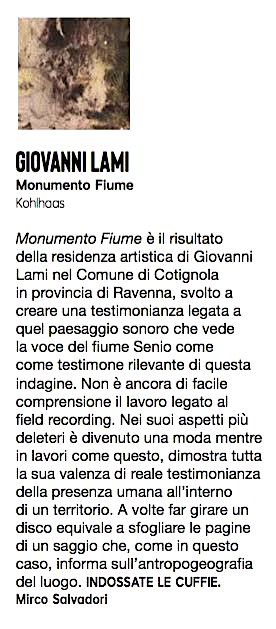
-

Vāyu
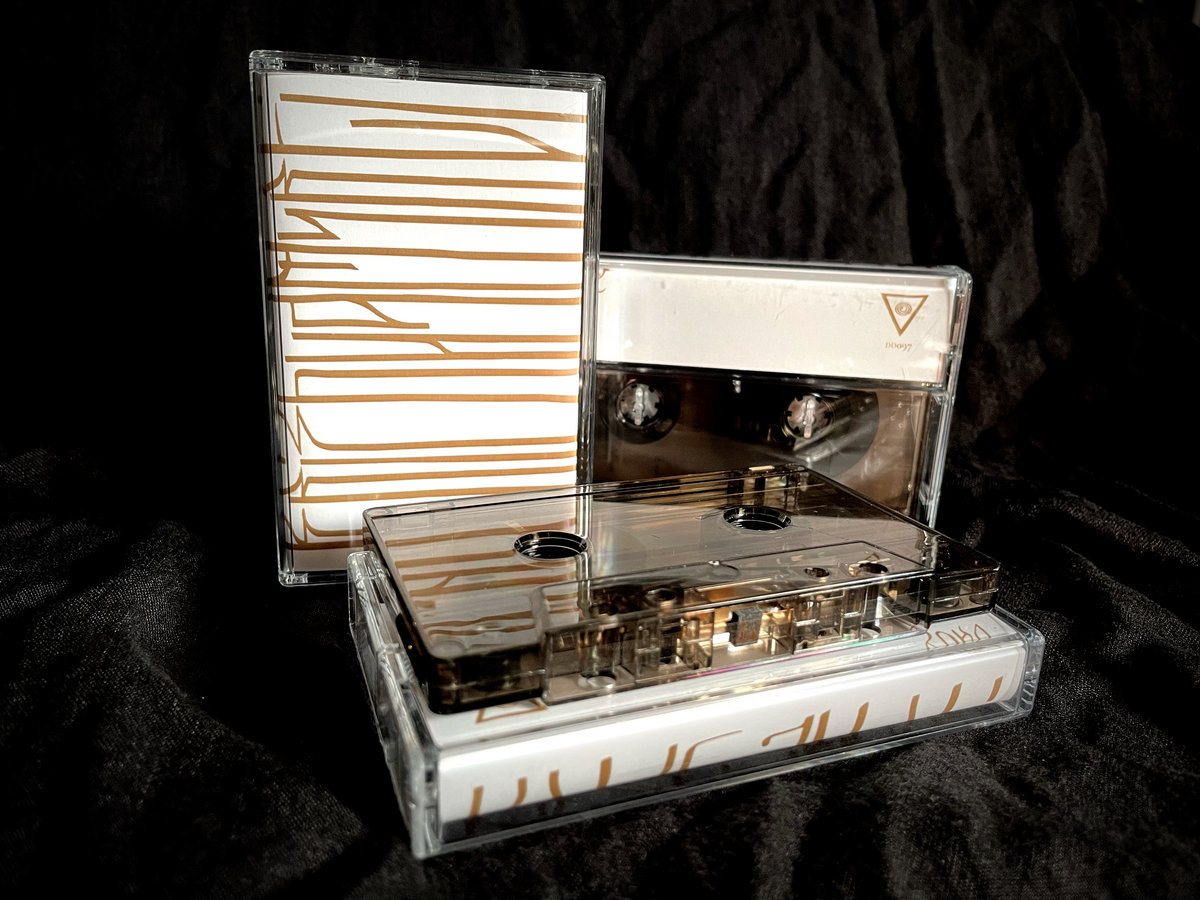


Vāyu
Krishnamurti è un progetto elettroacustico basato sull'uso della Shruti box [strumento tradizionale indiano] sul quale i due sound artist Giovanni Lami e Lorenzo Abattoir hanno eseguito uno studio sonoro individuale unendo poi le rispettive conoscenze in una collaborazione dal forte approccio performativo.
Śruti (devanāgarī: श्रुति; significa "ascoltato"), è la conoscenza udita al principio dei tempi e trasmessa oralmente dalla casta sacerdotale dei brahmani.
Il nuovo lavoro Vāyu (dal sanscrito वायु) significa letteralmente aria, vento e prende ispirazione dagli scritti di René Daumal raccolti nel libro "Lanciato dal pensiero".
Side A: Dhvani [live] 14:15
Side B: Radici in alto / Freccia non sull'arco / Rami in basso 14:17
Side A recorded live in Torino 16/12/21
Side B recorded in Ravenna during Summer 2021
All material mixed & edited in Spring 2022
Inspired by the book ''Lanciato Dal Pensiero'' by Renè Daumal
Mastered by Riccardo Mazza
Artwork: Zulhate
DIODRONE 097
Professionally dubbed, transparent smoky tape enriched by a stunning golden lettering artwork. Elegant, timeless and monolithic as the vibe of this incredible piece of art music.Released November 25, 2022
Reviews
-

Bias (tape repress)
tsss tapes

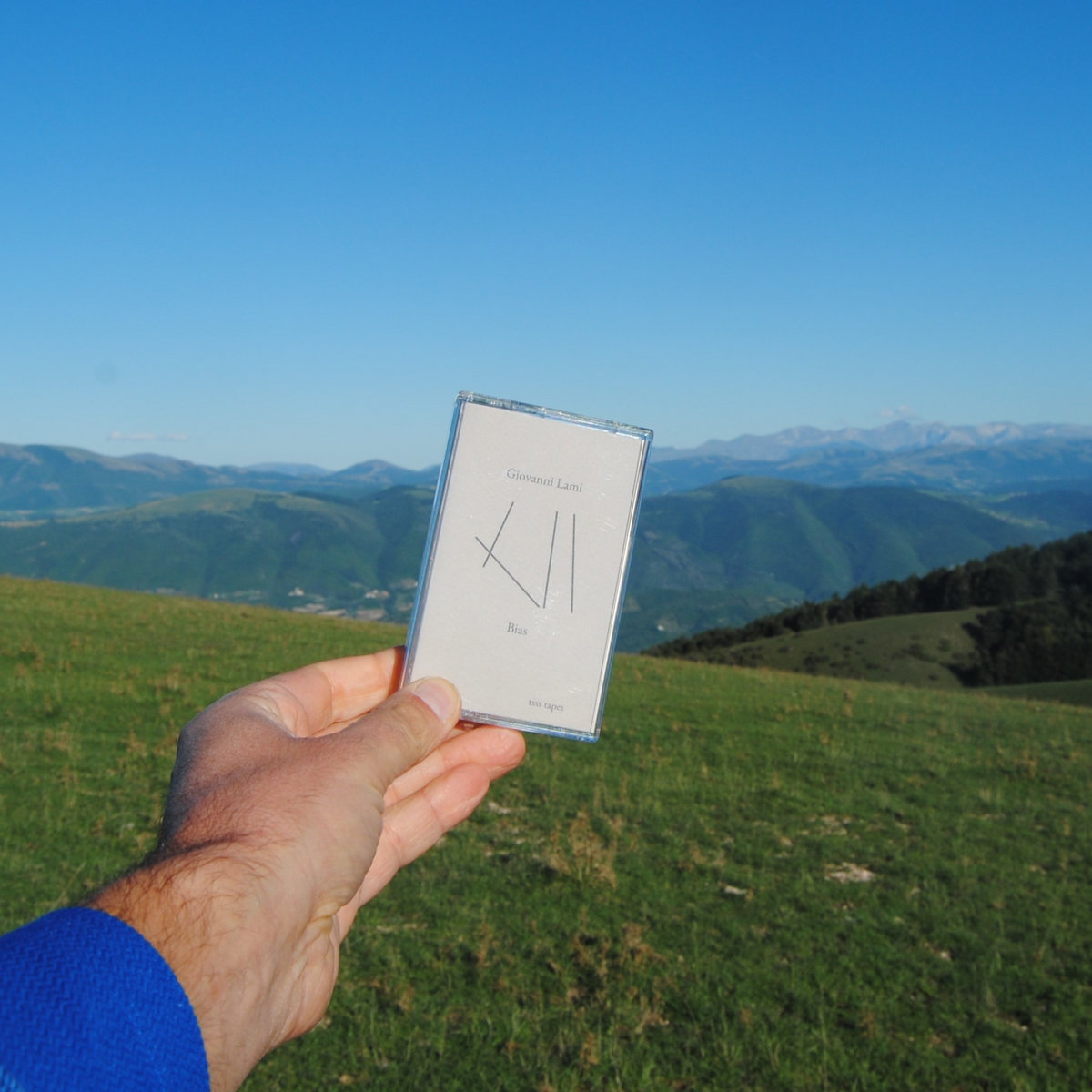
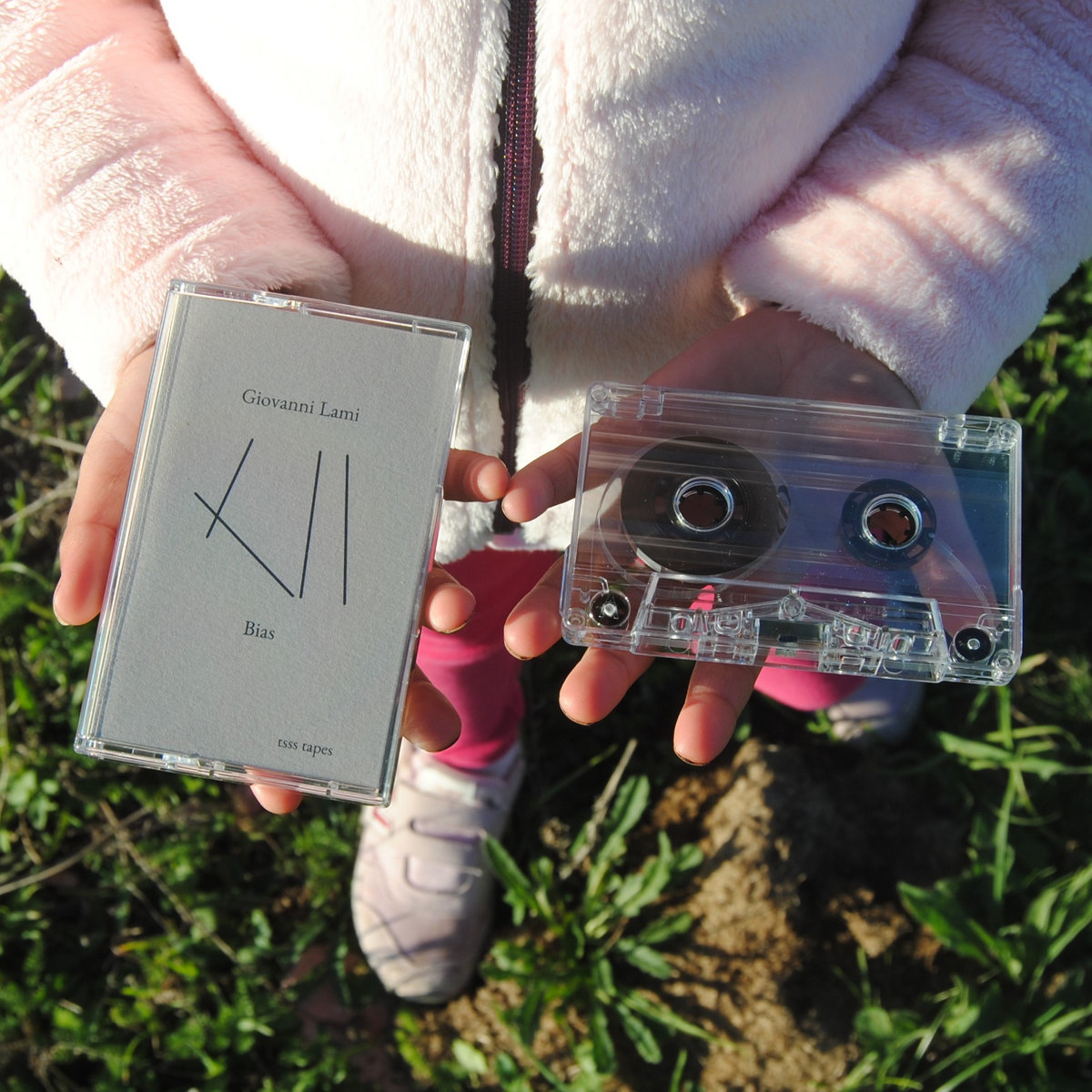
Bias
Through its focus on process and materiality, Bias opens the practice of sound ecology beyond the acoustic to consider the audibility of the chemical composition of soil. From scraps of muddied media buried across three sites in Austria, Greece and Italy, Lami crafts a series of melancholy studies which seem to question the inevitable legacy of human culture and industry in the geological strata.
Recorded, buried and dug up in 2015 between Austria, Greece & Italy.
Mixed by Giovanni Lami and Giuseppe Ielasi.
Mastered by Giuseppe Ielasi.Originally released on CD by Consumer Waste in 2016
consumerwaste.bandcamp.com/album/biasMore info and reviews in the first edition release' page down here.
Released September 19, 2022
Reviews
-
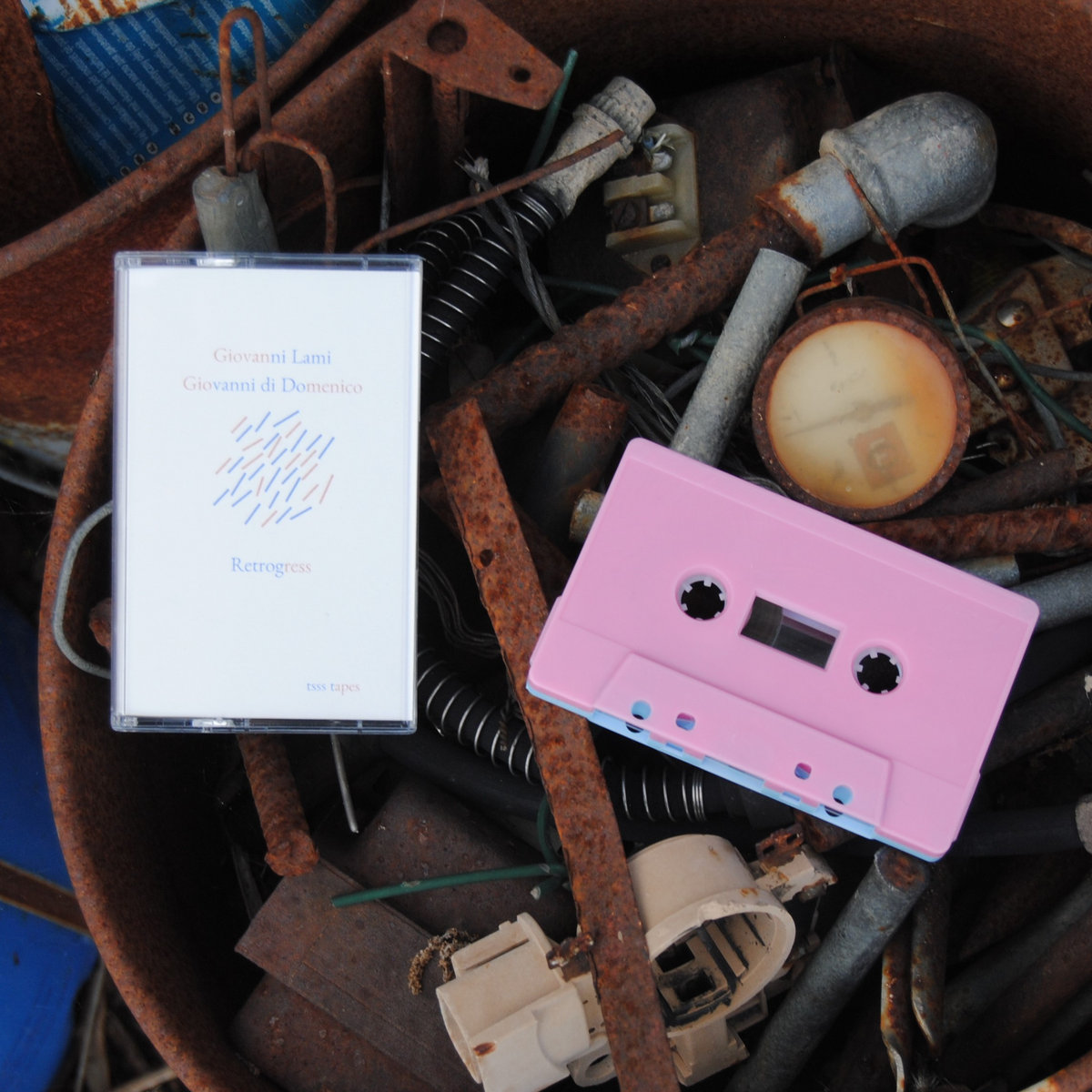
Retrogress
tsss tapes


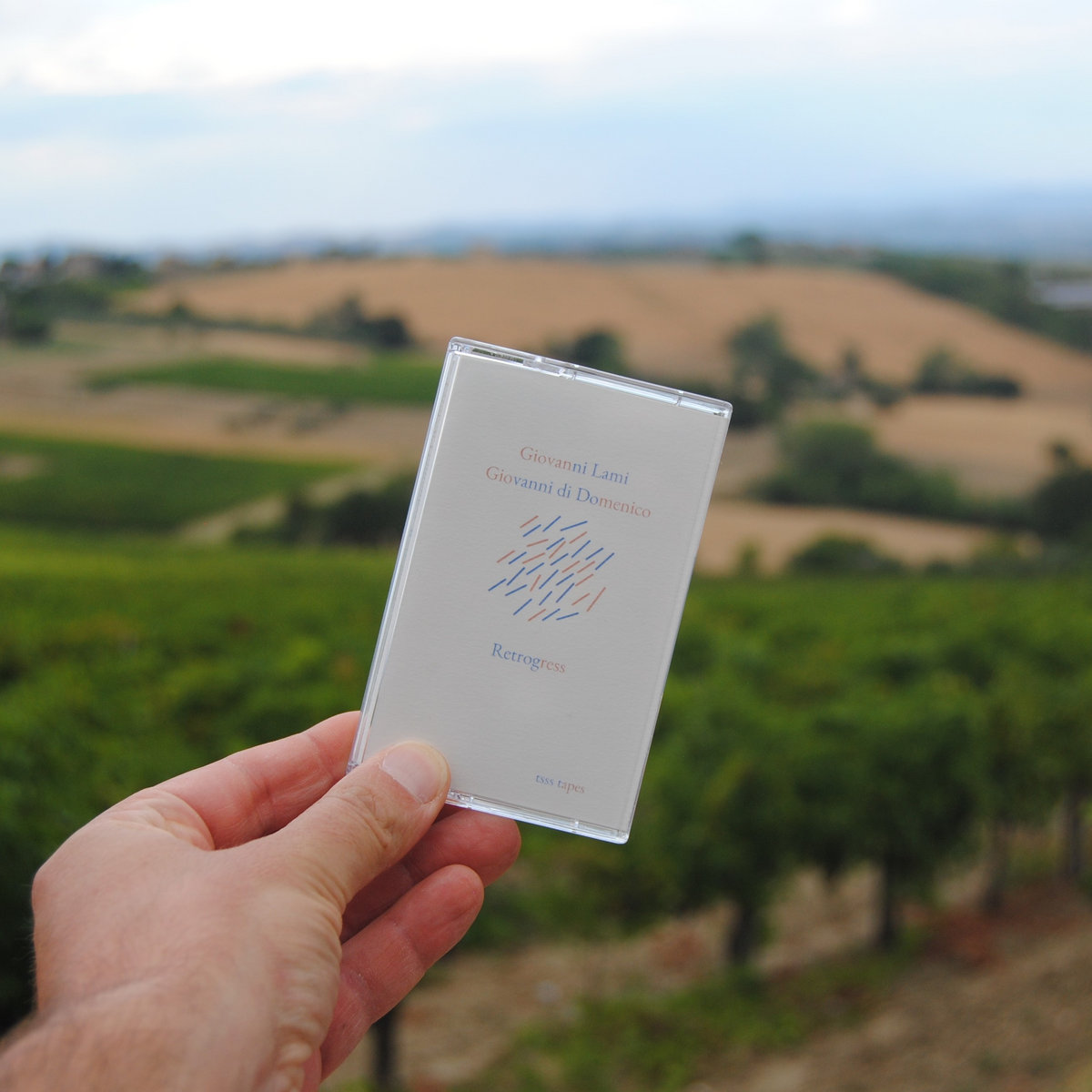
Retrogress
Four recordings from the collaboration of Italian sound artists Giovanni Di Domenico and Giovanni Lami, two prolific experimenters using real time manipulation of sounds that include piano, electronics and subliminal pulses, creating haunting cycles of muted progressions enveloped in harmonic environments, both tranquil and energetically compelling.
Recorded in Ravenna and Brussels, 2021
Mastered by Francesco CovarinoReleased September 8, 2021
Reviews
-

Mutatis
Entangled Visions
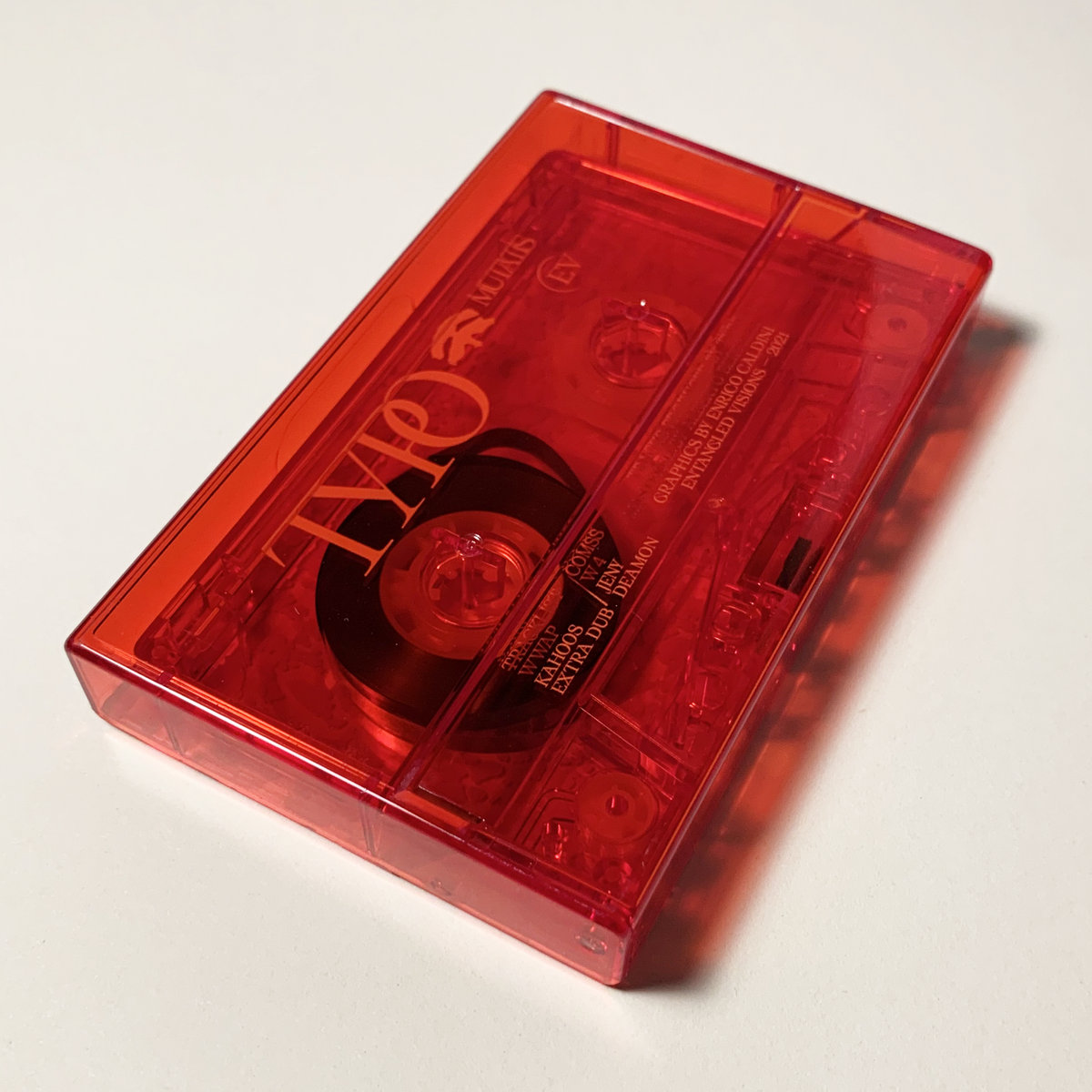

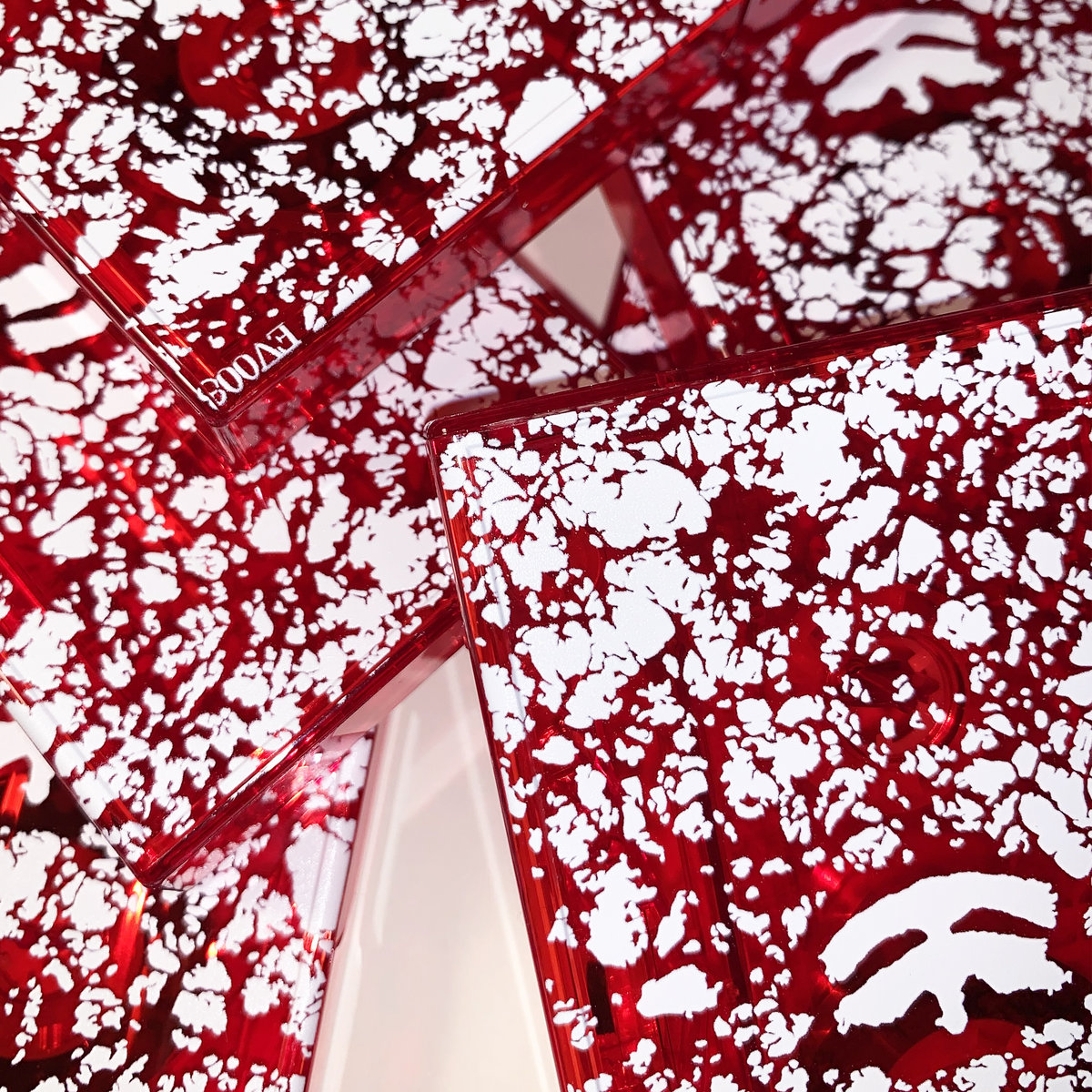
Mutatis
Italian experimental artists Giovanni Lami and Leonardo Passanti - also known as Typo - land on Entangled Visions with the album MUTATIS, a place where fragmented tapeworks and rythms are blowed away by some of the finest ambiences ever made. Presented in a 7-track release, MUTATIS continuously evolves and expands with time, filling the space which gently lies between deep and blurred percussive works. The soggy melodies characterizing tracks such as WWAP and JENY are constantly alternated with ancient-sounding bass music, until DAEMON - the final track - suddenly smashes the mixture of wonky synths arranged in the previous tracks.
Written, mixed and produced by Giovanni Lami and Leonardo Passanti
Mastered by Alberto Bertelli at Parallels
Graphic design by Enrico CaldiniReleased July 12, 2021
Reviews
-
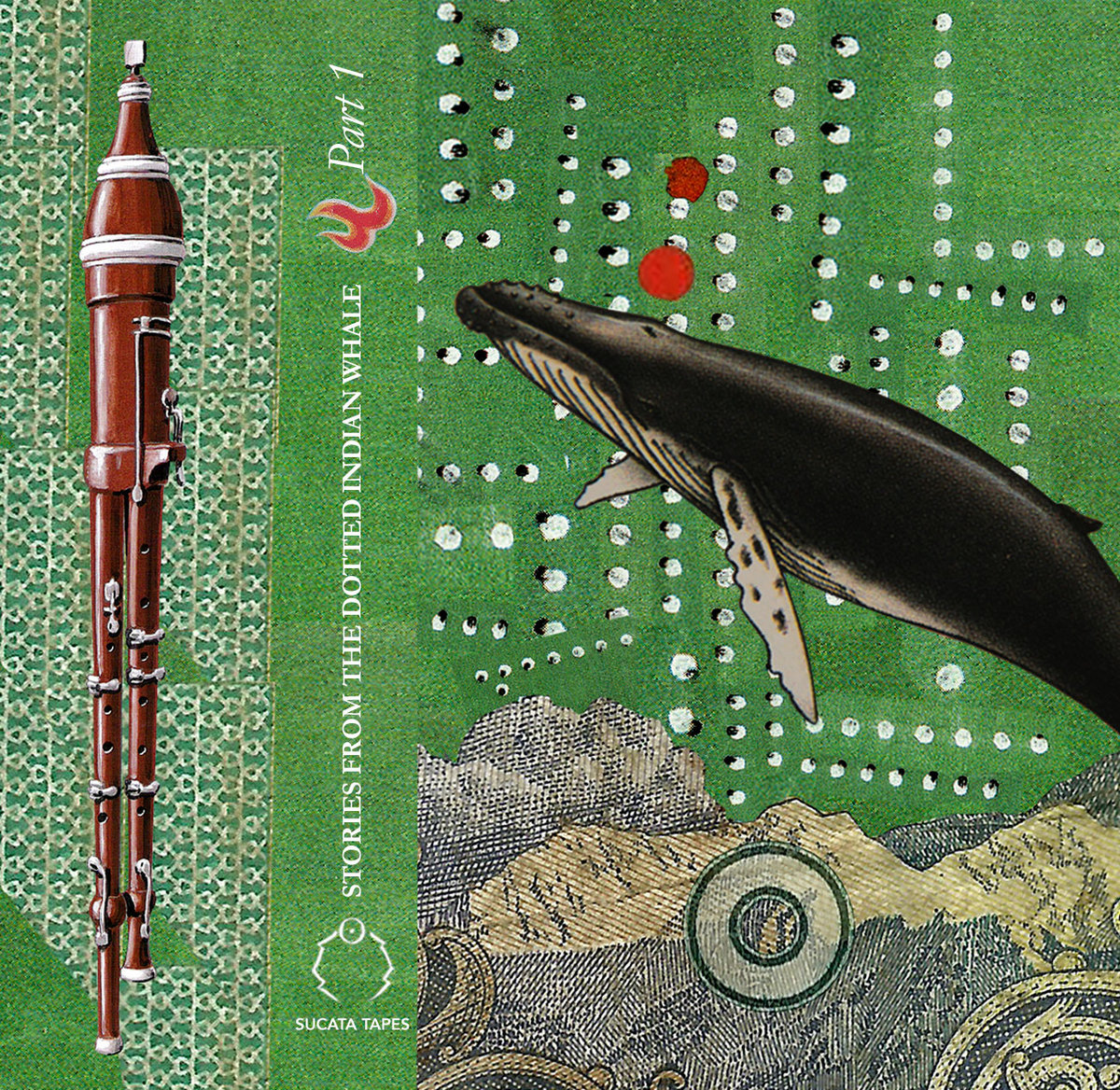
Soap Wolf


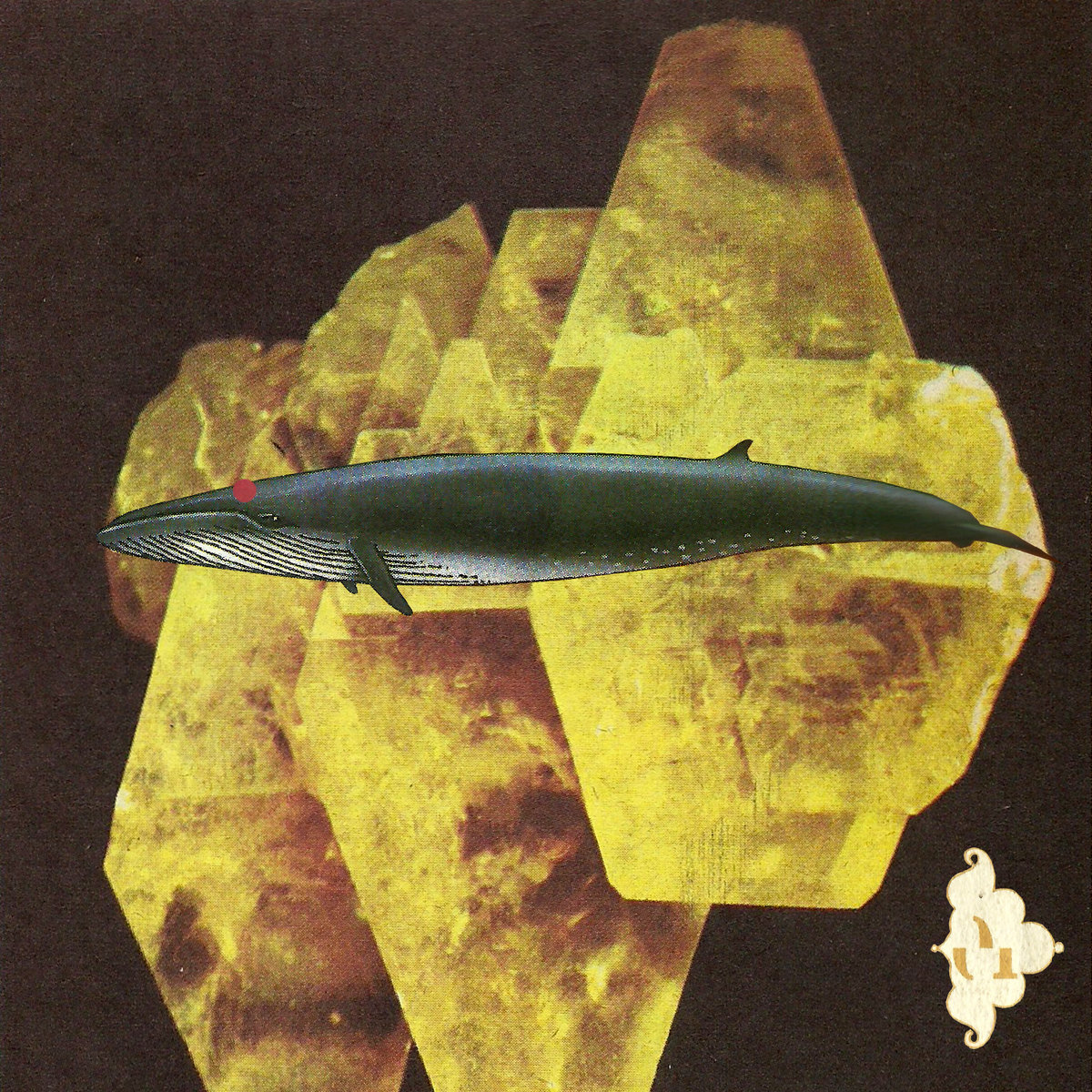
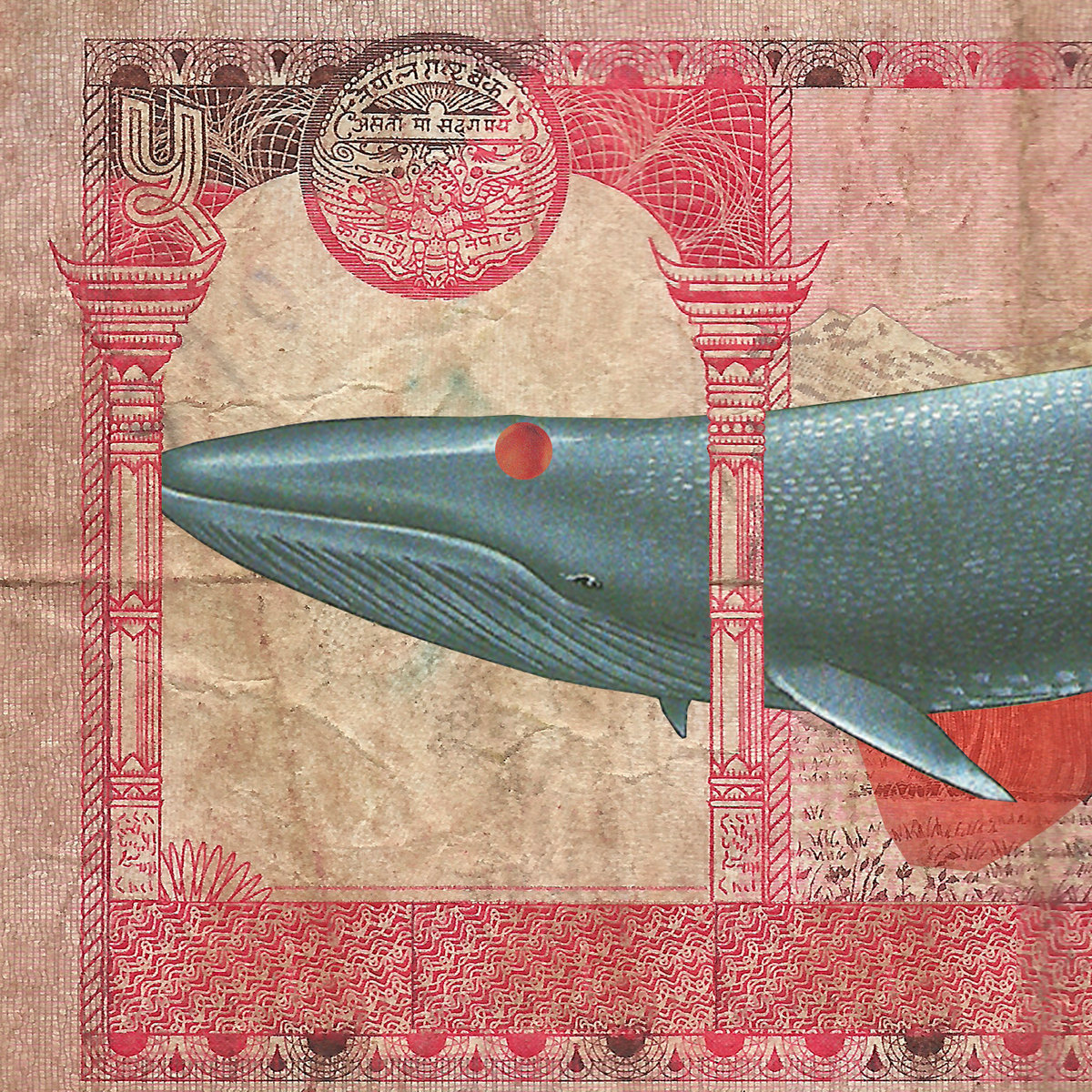
Soap Wolf
Three part journey into an imaginary Indian Sub-Continent from three artists working on the fringes of Field recordings. Stories of the Dotted Indian Whale features italian artist Giovanni Lami, Hannibal Chew III aka Gonçalo F Cardoso and Argentinean noise prankster Bardo Todol.
First part from Italian sound artist Giovanni Lami, entitled Soap Wolf Giovanni presents a collection of ghost recordings from several places in India, re-assembled and re-processed in Ravenna using a Nagra reel to reel, a Norns and a couple of microphones.
Second part from Hannibal Chew III is a collection of re-assembled recordings and in situ jams made in Arambol, Jaipur, Pushkar, Varanasi, Thar Desert, Pondicherry & Auroville between 2009 – 2019. Re-assembled in 2020.
The third and final part from Bardo Todol contains abrasive tape and digital field recordings manipulation made by Pablo Pico in Nepal, Kolkata, Varanasi and New Delhi in 2012.A new weird collection of re-interpreted field recordings from artists connecting the dots between musique concrete, naive improvisation and field recordings processing.
Released June 25, 2021
Reviews
Noise Not Music
A three-part hallucinatory storybook journey through lush, colorful locales that simultaneously do and do not exist, Stories from the Dotted Indian Whale is a sprawling, ambitious release that fully delivers on its lofty promises. The description of magnetic tape maestro Giovanni Lami’s composition (“Soap Wolf”) as “a collection of ghost recordings” is a good overarching description for all three artists’ material, for each vignette-square in the sequence of sonic tapestries is its own audio-painting of a place or environment with its roots in reality but its leaves and branches extend to the boundless skies of fiction that recontextualization makes possible. That’s not to say that the contributors don’t take their own distinct approaches to their respective sections, because that is certainly not the case: Lami goes a “distorted realism” sort of route, applying his trademark tactile manipulations and analog glitches to extended outdoor deep-listening excursions with a more sparing sensibility than usual; Hannibal Chew III (a.k.a. Gonçalo F Cardoso) operates as more of a large-scale quilter and layerer, injecting threads of musicality via synth, vocals, and strings throughout languid collages of fleeting yet vivid scenes; and Bardo Todol (Pablo Picco), the aptly introduced “noise prankster,” delivers a stilted, jarringly fragmented stumble across murky swamplands of decaying tape gurgle and voyeuristic sound documentations. Despite the stylistic diversity found across all three parts—and even within the individual parts themselves—Stories from the Dotted Indian Whale as a whole is cohesive in the most elusive way, a multifarious masterpiece of abstract narrative and aural evocation.
-
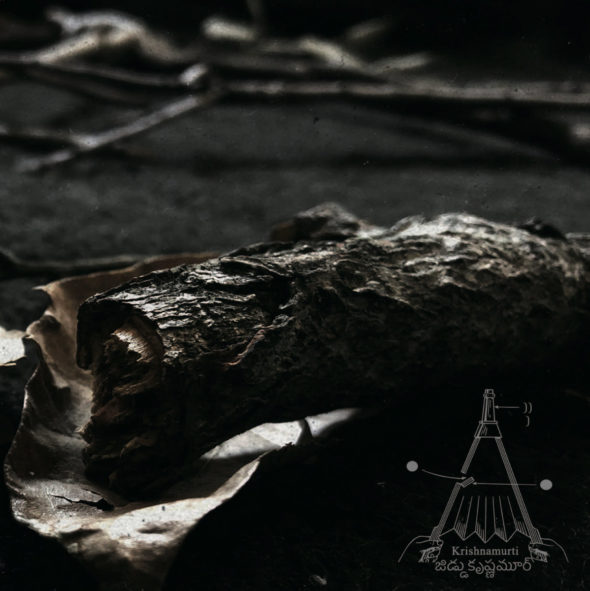
Thought is the enemy


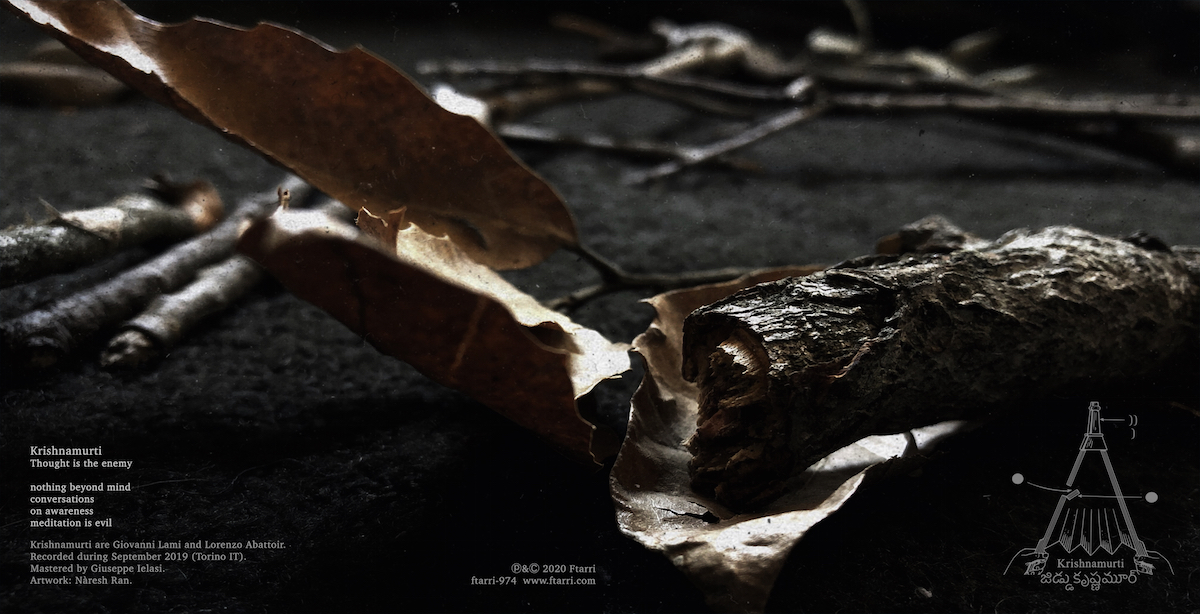
Thought is the enemy
Krishnamurti is the duo project of Italian sound artists Giovanni Lami and Lorenzo Abattoir, who aim to create a new type of soundscape using the Indian drone instrument called the shruti box.
This CD is made up of four pieces recorded by Krishnamurti in Torino in September 2019. Multilayered sound overlaps and reverberates throughout all of the pieces. Over a central layer of sound, other sounds are produced in a granular or swath-like manner, murmuring and bubbling as they intertwine and adhere. Tinged with dark colors and at the same time imparting a pleasant feeling, this exceptional work abounds in mysterious charm.
Lorenzo Abattoir, who lives in Torino, has since the latter half of the 2010s been increasing his sound installation activities, festival appearances, etc. He has also released a larger number of recordings (CDs, cassette tapes, LPs), many of them collaborations with other musicians.
Mastered by Giuseppe Ielasi
Artwork by Nàresh Ran
Released December 13, 2020
Reviews
African Paper / 2021
Zwischen all dem Rauschen, Knacken und undefinierbaren Hantieren erkennt man sofort die Natur. Zwitschernde, zirpende und quakende Tiere drängen mit ihren Lautäußerungen zwischen die Klänge von Wasser und Wind und schaffen eine fast pittoreske Szenerie, und irgendwann scheint es, dass auch der Mensch den Schauplatz betritt und ein Streichholz zündet. Alles ist und bleibt mysteriös auf dem Album “Thought is your Enemy” des neuen Projektes Krisnamurti, das die beiden italienischen Klangbastler Giovanni Lami und Lorenzo Abattoir (Lesern dieser Seite spätestens seit der Kollaboration mit Hermann Kopp bekannt) im letzten Jahr ins Leben gerufen haben. Benannt nach einem spirituellen Lehrer des letzten Jahrhunderts, der von Madame Blavatski in jungen Jahren zum Weltheiland ausgerufen wurde, und unter prominenter Nutzung einer indischen Ton- oder Shruti Box machen die beiden sich an die Ausarbeitung origineller Soundscapes. Kurz nach dem (tatsächlichen oder vermeintlichen?) Auftreten des Menschen verändert sich die Szenerie des Openers “Nothing Beyond Mind”, der mit dem Titel des Albums in verquerer Korrespondenz steht. Wie eine unsanfte Böe wird die Musik dichter, schneller, aufgewühlter, elektrifiziert anmutende Rotationsbewegungen machen sich bemerkbar, und längst wirkt das, was als einfache Naturaufnahme begonnen hat, wie eine Kollage und für viele, die darunter nur ein Synonym für “entspannt” verstehen, auch nicht mehr meditativ. Aber all dies ist laut Titel sowieso nur Geist, und der wird zum Feind, wenn du ihn nicht zu beherrschen verstehst. Ein repetitives Knacken, das den kehligen Geräuschen in Ju-On verdächtig nach kommt, leitet über in das bohrende, rumpelnde “Conversations”, das eine deutliche Nähe zum Industrial anklingen lässt und mit einer creepy Melodie ausklingt. Auch hier ist das Zirpen und Brummen der Natur zu hören, aber es ist beinahe versteckt zwischen monotonen Rhythmen und enervierendem Sinusfiepen. Das semi-noisige Klanggewand ist nun nicht mehr wenzukriegen aus den folgenden Stücken, lässt die ruhigere Gangart von “On Awareness” wie die Ruhe vor dem Sturm wirken, der aber nicht stattfinden muss, denn das ominöse Murmeln und die schritte im Split lenken das stücke in subtilere Gefilde. Eine wahre Schuttlawine leitet das abschließende “Meditation is Evil” ein, das mit einfachen Mitteln – Obertöne, die wie Schreie aus einer rauschenden Klangwelt dringen – eine zwiespältige Stimmung evoziert. “Thought is your Enemy” überzeugt auch dadurch, dass es keine Längen entstehen lässt und ist allen zu empfehlen, die die neueren Arbeiten Rudolf Eb.ers mögen und sich solche Ansätze auch ohne die Gruselfaktoren vorstellen können.
-
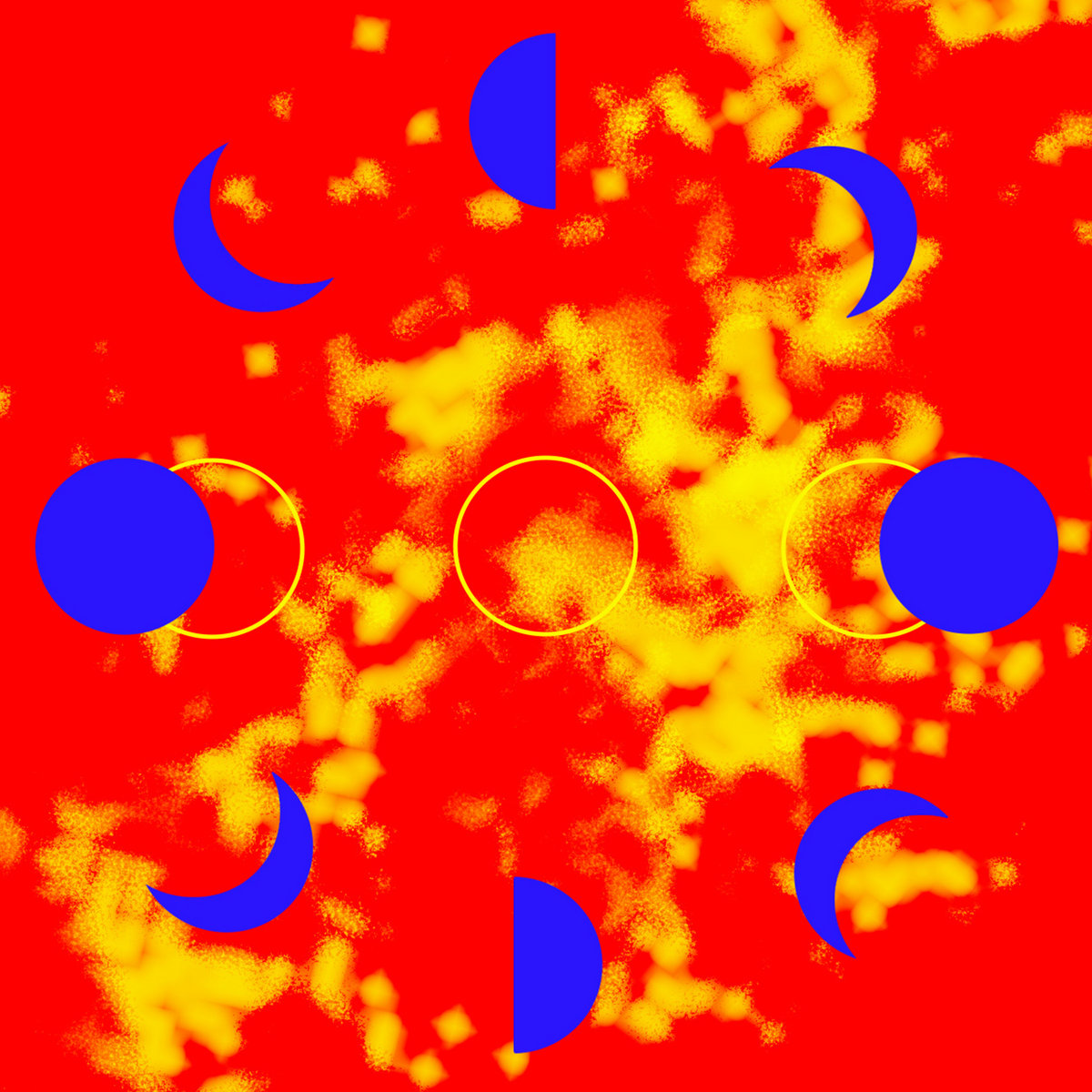
Deva Ovel

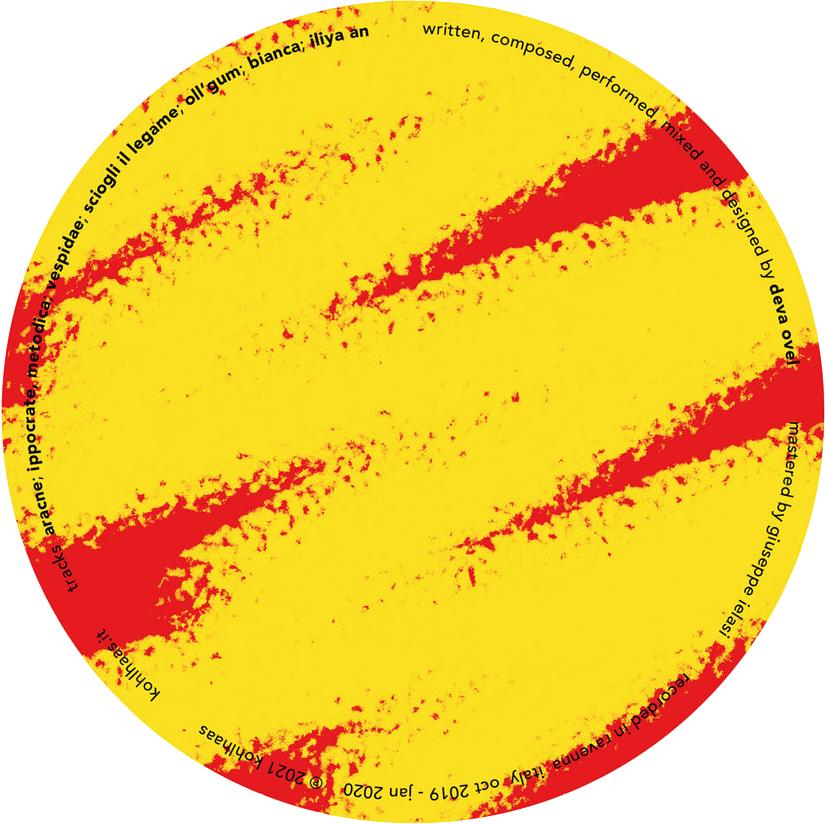
Deva Ovel
This self-titled LP is the first batch of tracks delivered by the polymorphous sounding entity identifying themself as Deva Ovel. Emerging from the Adriatic coast, the sound of Deva Ovel manifests in a captivating layering of vocal fragments, where text and voice are filtered, altered and stretched through digital and analog processing and melted with intense, yet slowly evolving textures of tape loops and ambient tropes. As a result, these seven mesmerizing tracks compose an eccentric narrative which delves into hauntingly fascinating sceneries while keeping a high level of tension.
Written, composed, performed, mixed and designed by Deva Ovel
Recorded in Ravenna, Italy, between October 2019 and January 2020
Mastered by Giuseppe Ielasi
Hand screen printed by Serimal and die-cut at Tipografia Stear
Released February 19, 2021
-

RAW
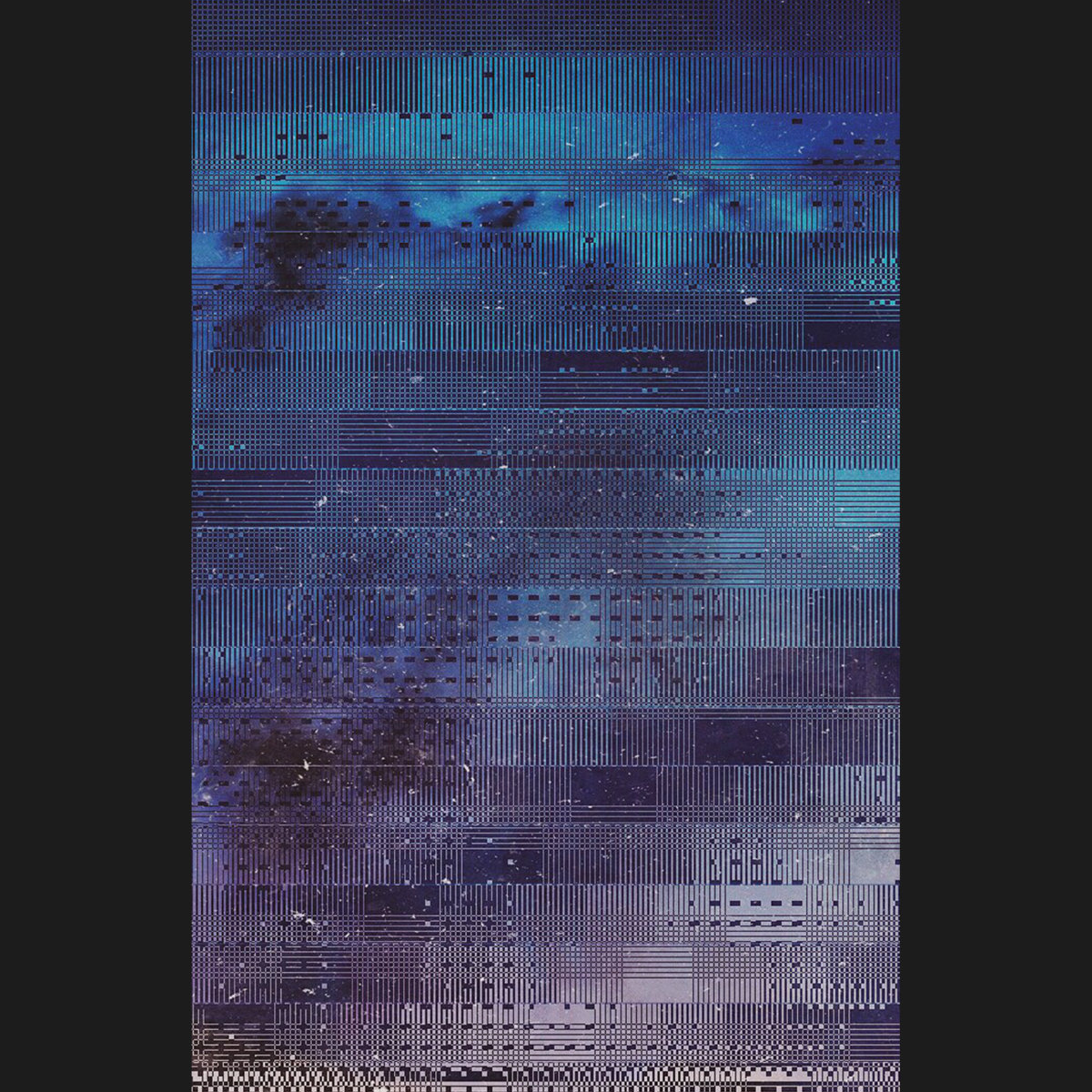

RAW
/2019 C-24
Elemental and raw captures of manipulated magnetic tape performances, utilising Lami’s signature take on electroacoustic improvisation and field recordings. This release is aimed at preserving the full energy of live performance, whilst maintaining aesthetic coherence.
Performed, recorded, edited and mastered by Giovanni Lami, Ravenna, 2016-2019
All the tracks come from single sessions recorded in stereo, no other sounds or layers were added in the mix
Released July 15, 2019
[CC20]
-
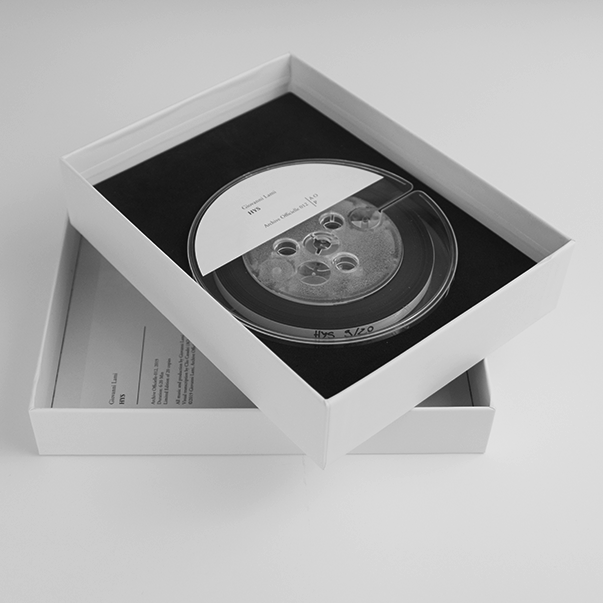
HYS

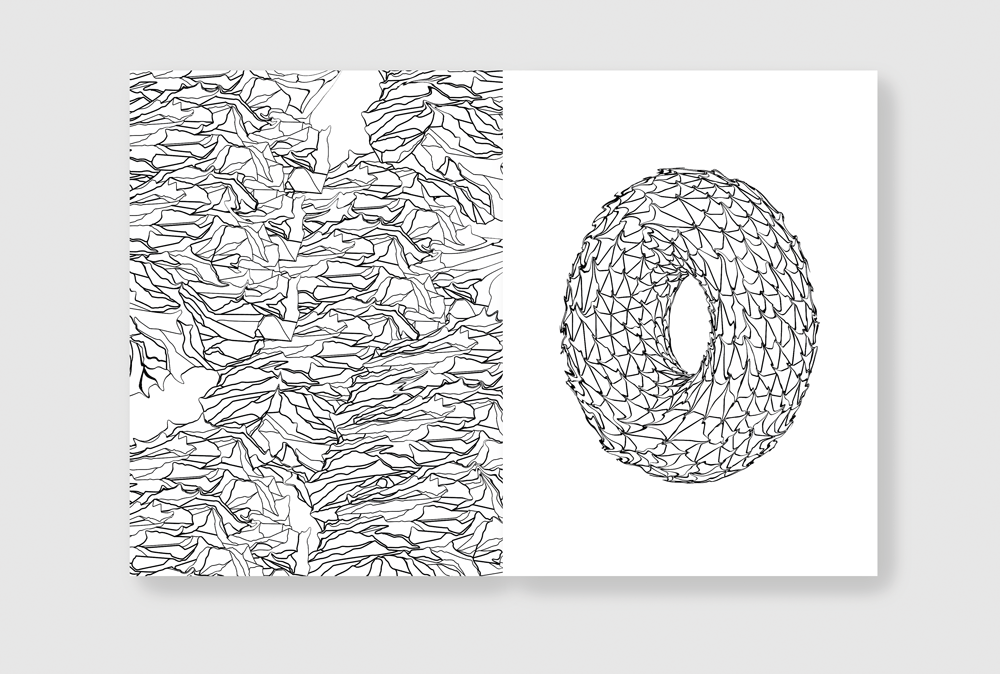
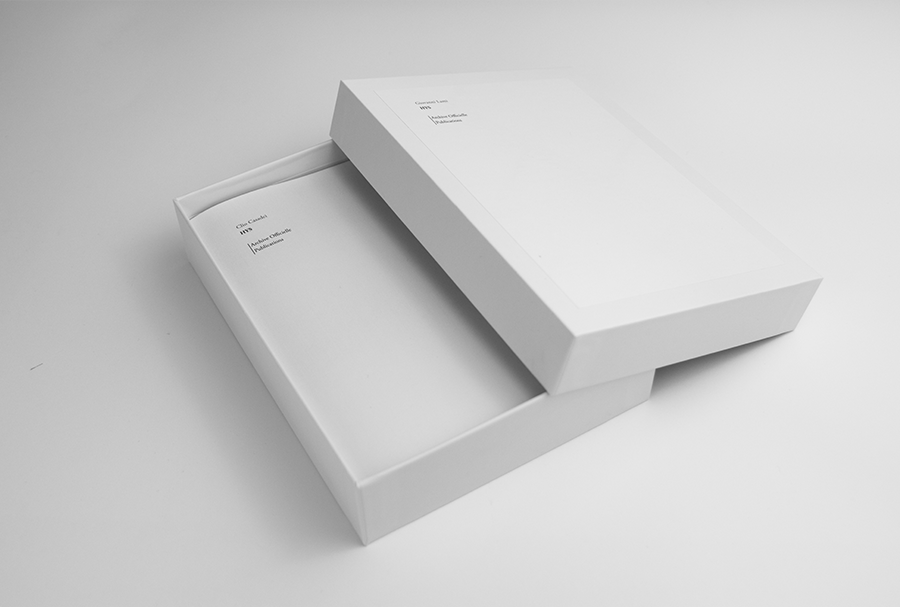
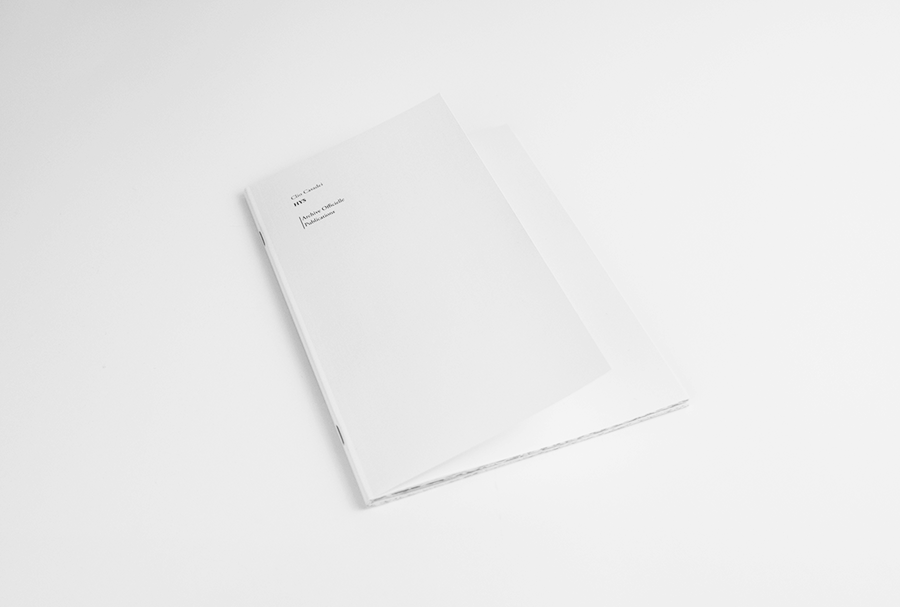
HYS
/2019 5" reel (ltd. edition)
HYS is a collaboration between sound artist Giovanni Lami and visual artist Clio Casadei. During the summer of 2018, Lami created a 6 minute and 20 seconds sound piece recorded on-site in a park in Faenza ITALY. Casadei was later approached to create a visual transcription of this audio. Both versions, audio and visual, now hold the same title: HYS.
Giovanni Lami’s work revolves around field recordings using reel-to-reel recorders. During a recording session, the ambient sound is captured but also altered by the use of different objects, microphones, and manual interventions. The mechanical sound of the recording device itself is sometimes captured and fed back into the magnetic tape. This well developed approach has been used in his latest series Hysteresis I to IV, released on various international labels.
This very limited edition contains a 5" reel-to-reel tape dubbed personally by Giovanni Lami. It also includes a copy of the visual transcript.
Delux box with laser cut foam insert containing the 5"reel-to-reel + a copie of AO_013
1 Track (06:20)
Limited edition of 20 copies, hand numbered
Download code included
All music and production by Giovanni Lami
Mastered by Giuseppe Ielasi
Released January 31, 2019
-

Ife

Ife
/2018 C-30
Giovanni Lami & Glauco Salvo
Nagra reel to reel, octatrack, microphones, objects, mixer by Giovanni Lami
4-track tape recorders, endless cassettes, Walkman, speakers by Glauco Salvo
A1 (14:27)
B1 (10:10)
B2 (04:10)Recorded, edited and mixed by Giovanni Lami.
Mastered by Giuseppe Ielasi.
Art by Hiroyuki Murakami.
Released January 15, 2019
DNZ35
Reviews
Noise Not Music / 2019
There are a lot of words I could use to describe the patient, reserved tape music of Ife, a collaboration between Italian artists Giovanni Lami and Glauco Salvo. One that immediately comes to mind is ‘simmering;’ especially with the track that occupies the entirety of the A side, there is a tense, quiet energy that seems to always be on the edge of boiling over. The loudest, most intrusive elements of the track are the clear electronic pulses that occasionally emerge, and even then they are neither loud nor intrusive on their own. These thin, fragile drones are a sound I’ve come to heavily associate with Lami’s work, but here they are tempered and thickened by Salvo’s tape playback and water recordings, and the resulting music is more dense than, say, In Chiaro / In Guardia from last year. But Salvo’s contributions don’t really inject a sense of naturality or invoke a real-life location; instead, they push the shifting mixtures of sounds into a unique physical environment of textures. Even on the sparser beginning of side B, Lami’s soft reel to reel manipulations are forced to occupy a very different role than they would on their own, with the looping bleeps and fractured rhythms again creating a defined structure, this time a hollow framework that seems to softly tumble along. While I was unfamiliar with Salvo’s work prior to Ife, the tape is certainly the most impressive collaborative outing I’ve heard from Lami, and yields much more than its relatively short length would imply. (Jack Davidson)
Slug Magazine / 2019
Street: 01.15. Giovanni Lami & Glauco Salvo = Deathprod + The Elks. Dinzu Artifacts’ first batch of 2019 exists comfortably in the label’s signature style. Both Ife and Hesitant sit on the edge of what most would term music, veering further into expository sound collage work. Of the two tapes, Ife is the more approachable, especially as the thudding sounds in the final two tracks build toward a nearly danceable rhythm. Hesitant is less forgiving, with Perletta cycling through 16 short movements of sparsely arranged percussive noises. Whatever the meaning behind the abstraction, the three artists showcased here assert themselves as practiced and purposeful constructors of atypical sound worlds. (Connor Lockie)
-
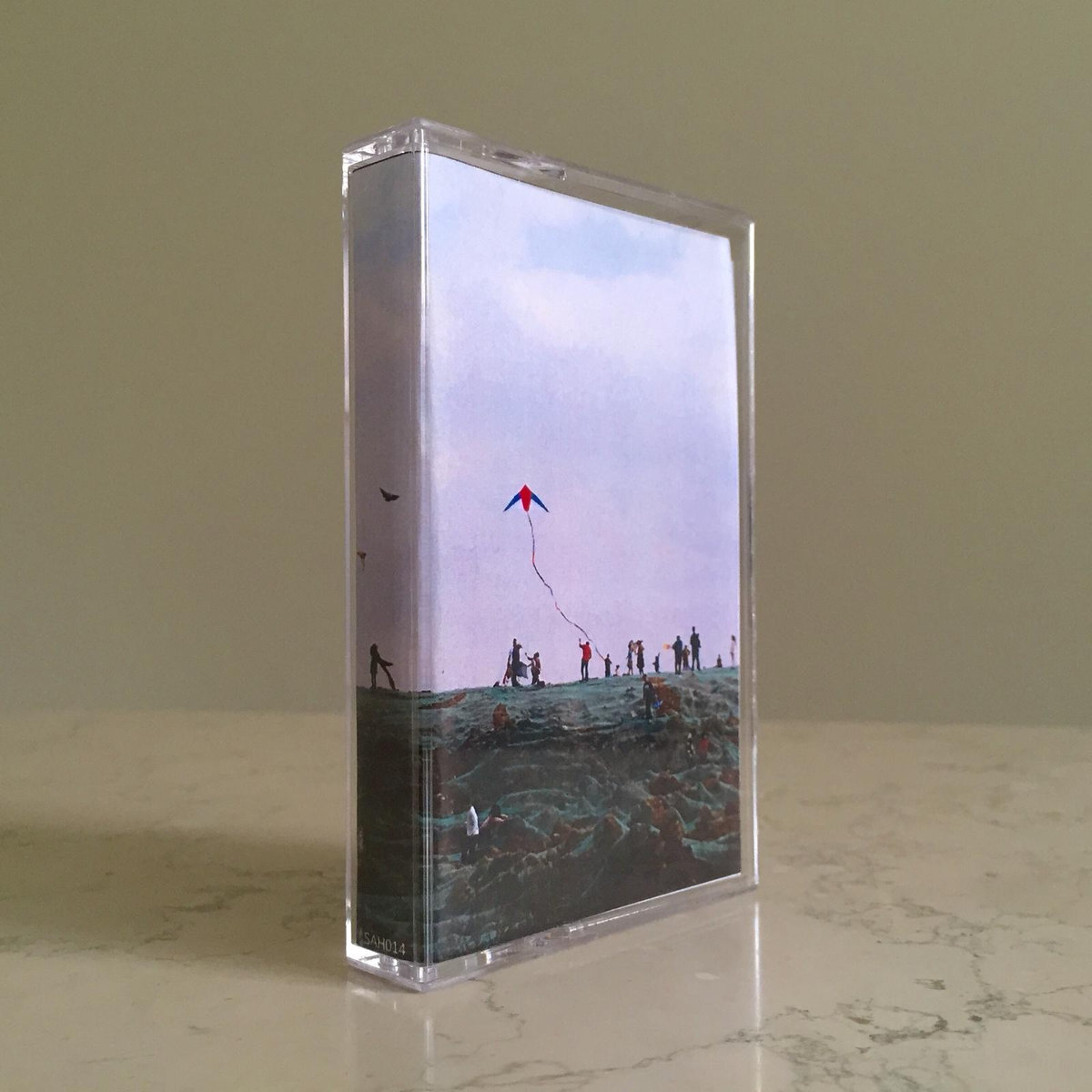
In Chiaro / In Guardia

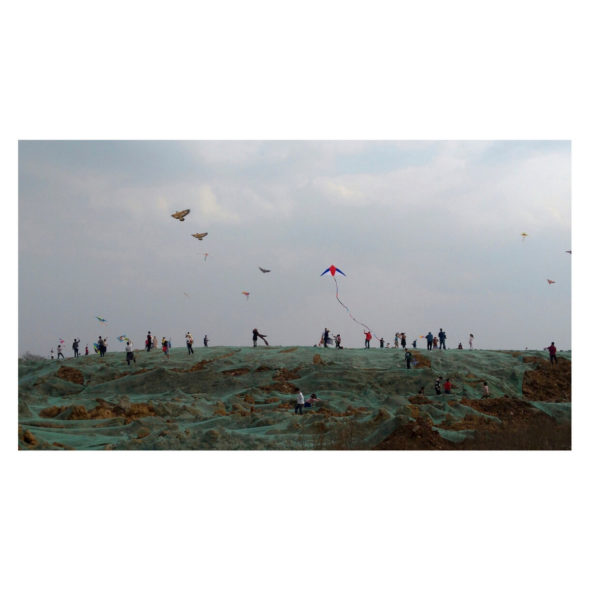

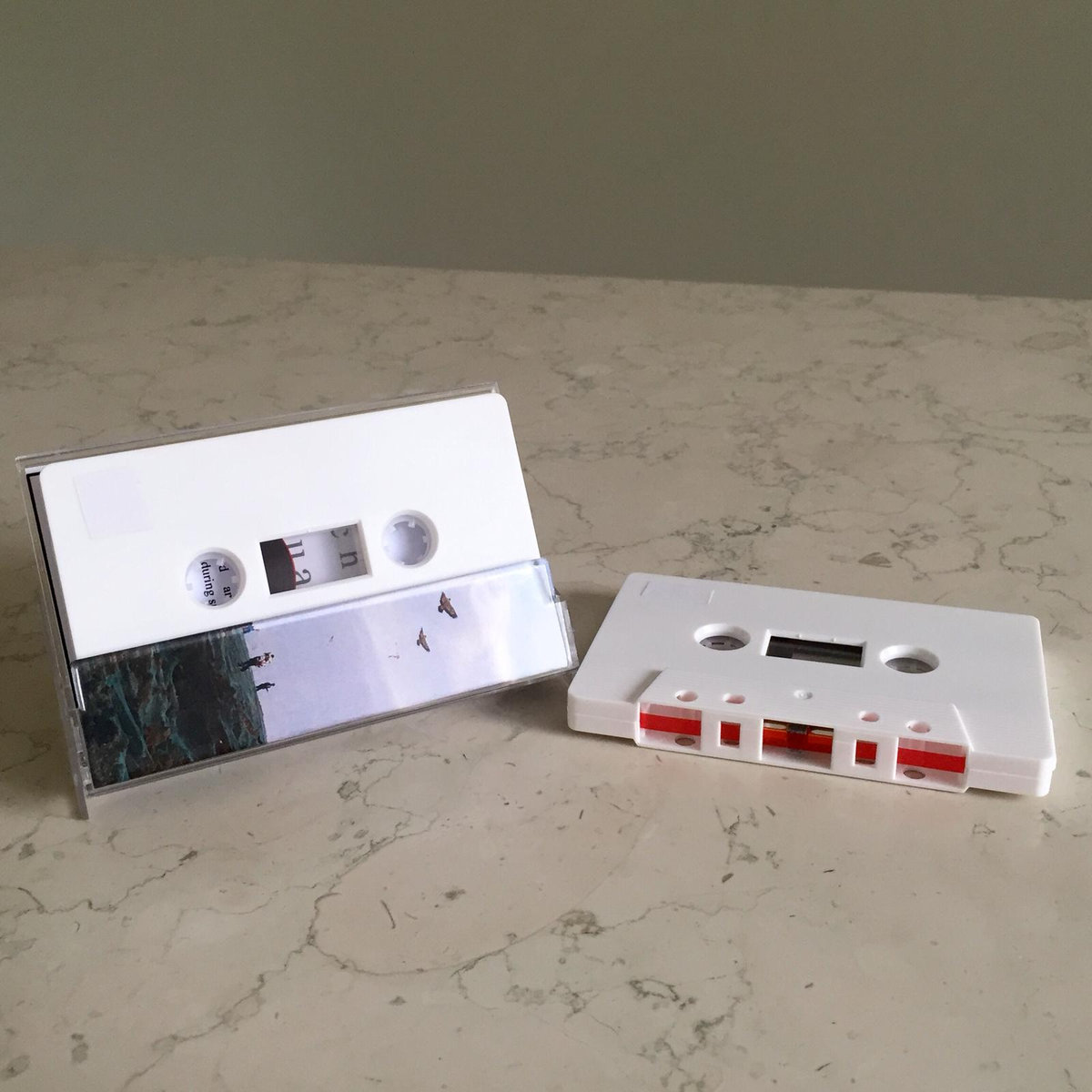
In Chiaro / In Guardia
/2018 C-22
This work goes between musique-concrète, old-style tape music, raw field recording and drone music.
Recorded, edited and mastered by Giovanni Lami, Summer 2018
A - in chiaro (10:48)
B - in guardia (10:31)Nagra recorder, GR-1 granular synthesizer, microphones, objects
Limited to 40 hand-numbered copies (sold out at the source)
High quality solid white C22 cassette with red tape leaders pro-dubbed in real time
Professionally printed J-card on both sides on 200 gr. cardboard
White cardboard insert with track list & info
Artwork by Edoardo Borghetti (China, 2018)
Digital download code
Released October 19, 2018
SAH014
-

Mélange



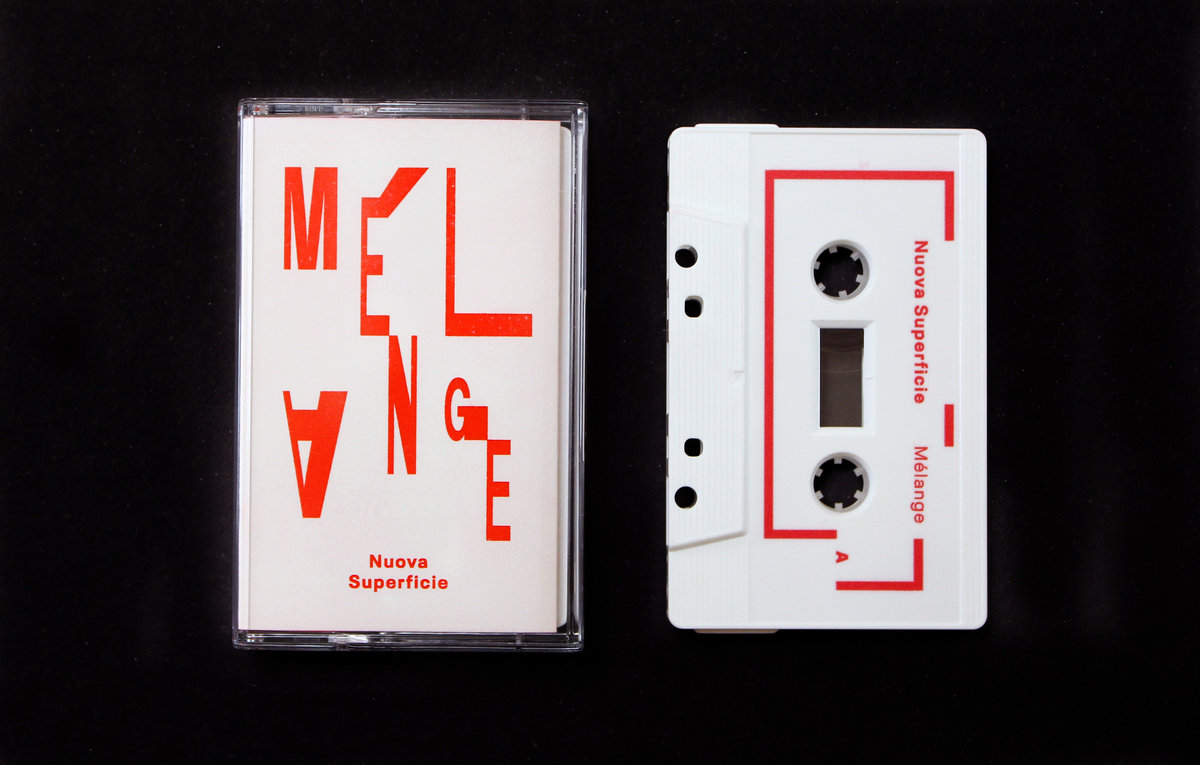
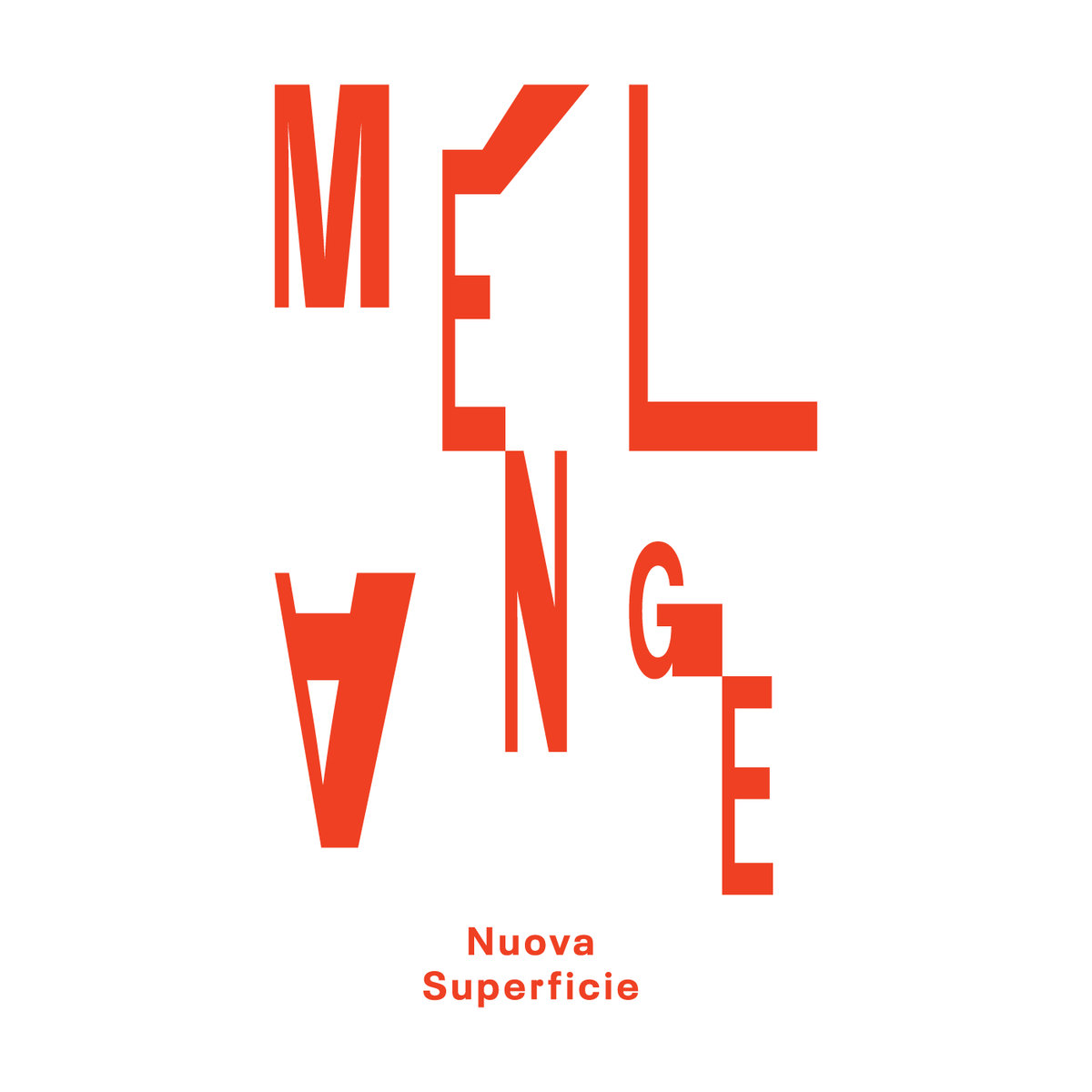
Mélange
/2018 C-30
Nuova Superficie is the duo of Giovanni Lami & Enrico Malatesta.
The aim is to transpose on a physical media a complex sound-space, in which each listening-experience can be free to evolve and wander and get lost.
The sound is made from several diffusion points, recording the line and the ambience, and is mainly defined by sound's cusps on a dense texture, really homogeneous but rich in details and micro-perturbations. It's a non-stop negotiation between details on the horizon and the horizon itself. It's a non-stop dialogue with a lack of balance.
The recordings come mainly from a residency in Milan at MTM Cavallerizza in May 2017, joined with previously studio recordings in Ravenna and Cesena.
Music by Giovanni Lami & Enrico Malatesta (Nuova Superficie)
Recorded by Nuova Superficie
Mastered by Giuseppe Ielasi
Design & artwork by Yorgos Vourlidas (Opora)
Edition of 120 copies pro-dubbed cassette granny 19
-

Sinalefe

Sinalefe
/2018 C-24
Like a bridge from the beginning to the end, as “sinalefe” merges two syllables into one from different words, i decided to work only in the beginning and the end of the set i’ve played in 2016 – 2017, bringing it out from the live/improvised approach and developing it in the studio, cropping several recordings i took during the set here and there and adding some new sounds.
Nagra recorders, old tapes, vlf receiver, microphones, samples, objects.
A - Sinalefe I (11:10)
B - Sinalefe II (10:59)Mastered by Panos Alexiadis.
Reviews
Noise Not Music / 2019
Giovanni Lami’s unique brand of musique concrète has an energy that is all its own. 2016’s Bias, an unmatched modern masterpiece as far as I’m concerned, distilled Lami’s examinations of degradation and interference to a brooding, nocturnal palette of immersive sound. This work is continued on the Italian sound artist’s more recent releases, notably last year’s In Chiaro / In Guardia and here on Sinalefe. The short tape is comprised of an intimate pair of pieces, their unassuming and subtle presence concealing that inexplicable dark tension that haunts so many of Lami’s compositions. “I” settles into an uneasy drone of quiet rustling and mechanical hum, slowly unraveling as stuttering VLF frequencies unseat the delicate balance of textures. The track only becomes immersive as it progresses, reaching fragile catharsis with the introduction of spidery, high pitched tones and mysterious rustling. A truly uncanny marriage of timbres is achieved here, creating a hypnotic and meditative soundscape that makes the side’s abrupt end even more disarming. “II” begins with a muffled field recording before growing into an even more harrowing mixture of electric crackles and metallic resonance. Lami really seems to be closing in on a style that I could not be more excited to hear more of, and I can’t wait to see what he conjures next. (Jack Davidson)
-
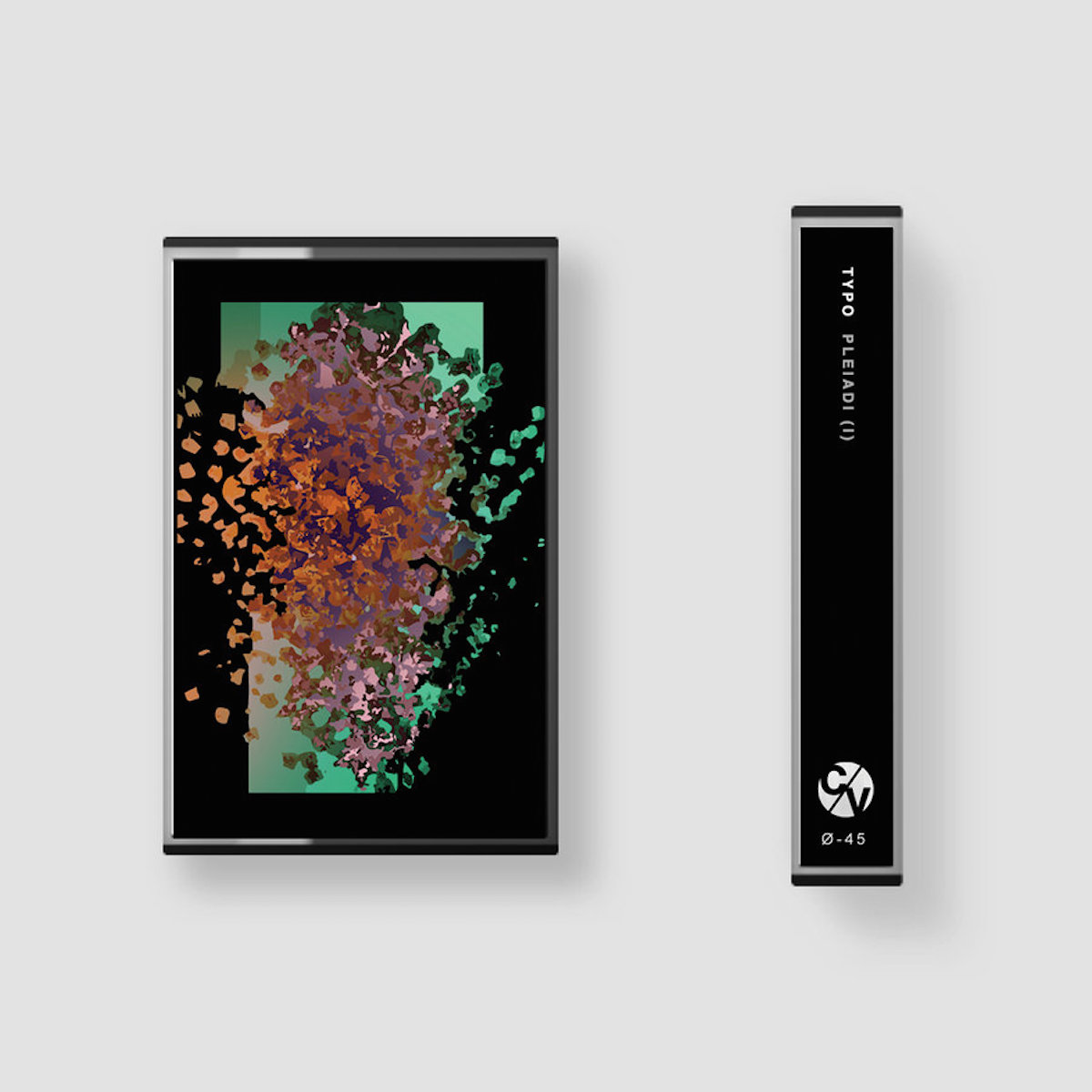
Pleiadi (I)


Pleiadi (I)
/2018 C-30
TYPO are Giovanni Lami and Leonardo Passanti.
Analog synths, reel to reel recorders, open microphones and samples working in a constant mirroring.
To put yourself into a wide array of choices where all is indispensable and all is unuseful, at once. This is the modus operandi. Discomfort elements crash on occasional lights and soggy melodies. It's music for strangers.
Mastered by Giuseppe Ielasi
Released May 15, 2018
-

Hysteresis V


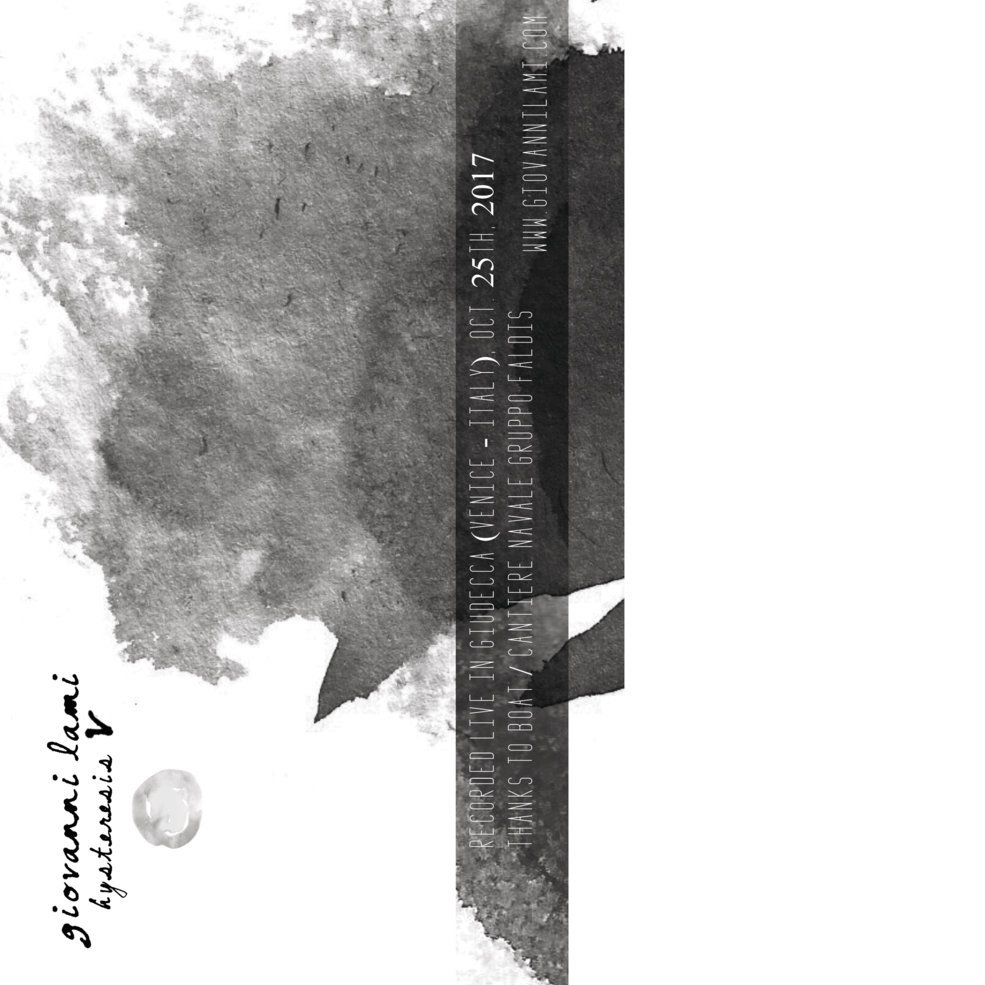
Hysteresis V
/2018 C-27
Recorded live in Giudecca (Venice - Italy), October 25, 2017
Thanks to BOAT / Cantiere Navale Gruppo Faldis
An edition of 75 home-dubbed white C27 cassettes with transparent outer j-cards
Side A 13:00
Side B 13:00Audio mastering by Michael Potter
Artwork and Design by Shifter Arts
Released February 2, 2018
N/Z017
-
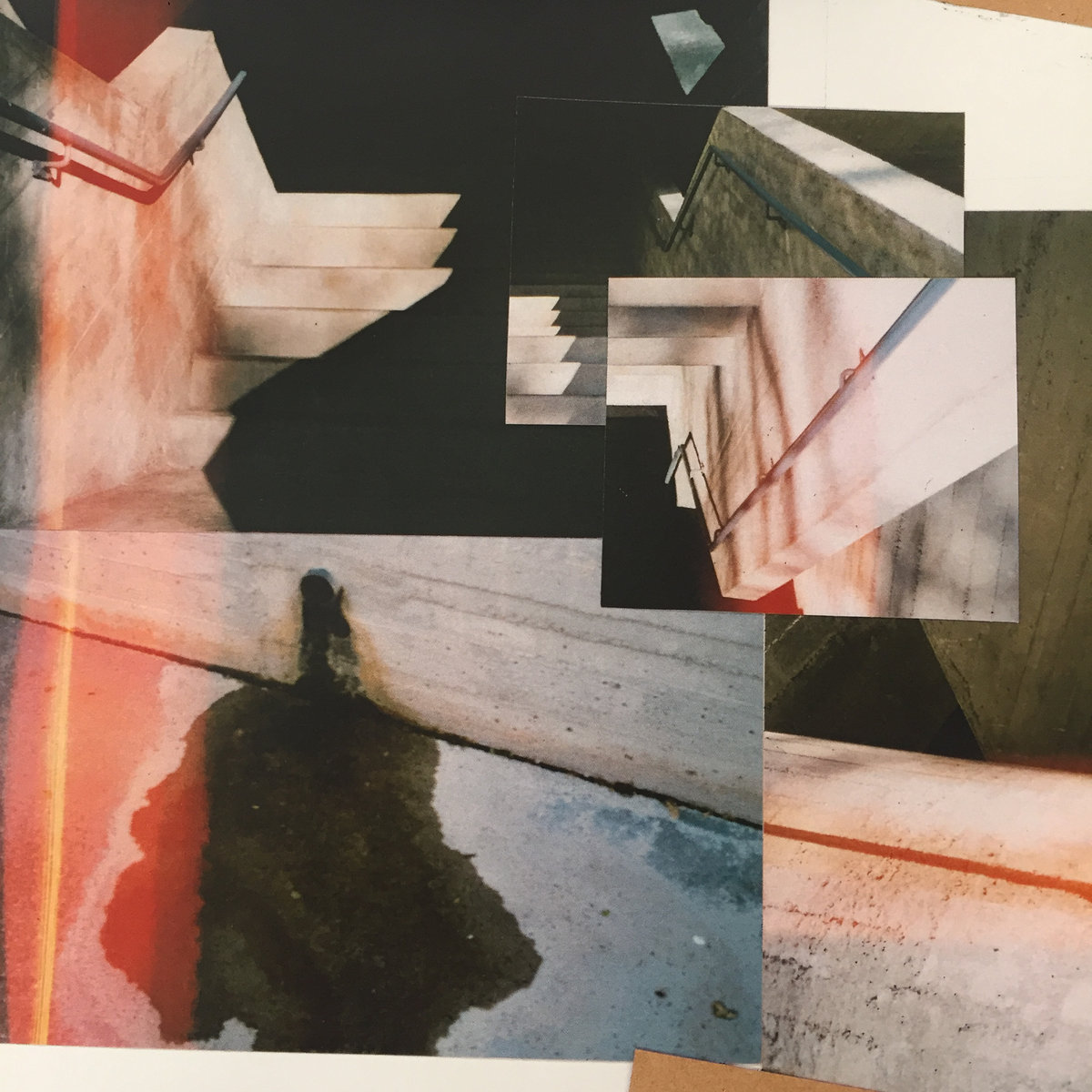
Hysteresis IV

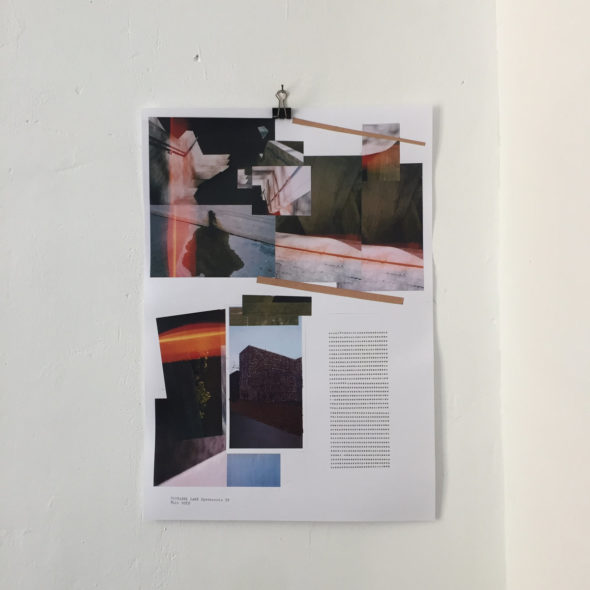
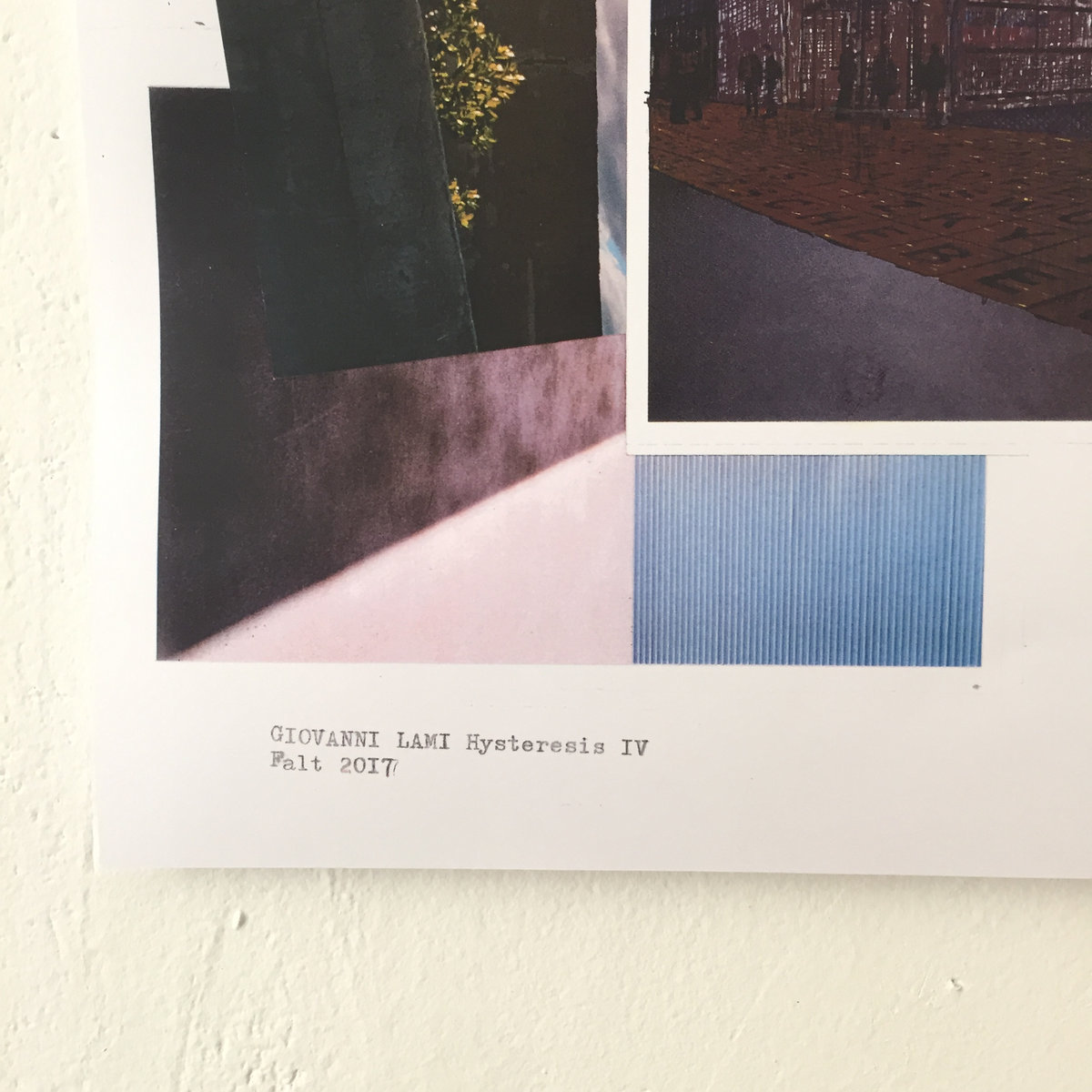
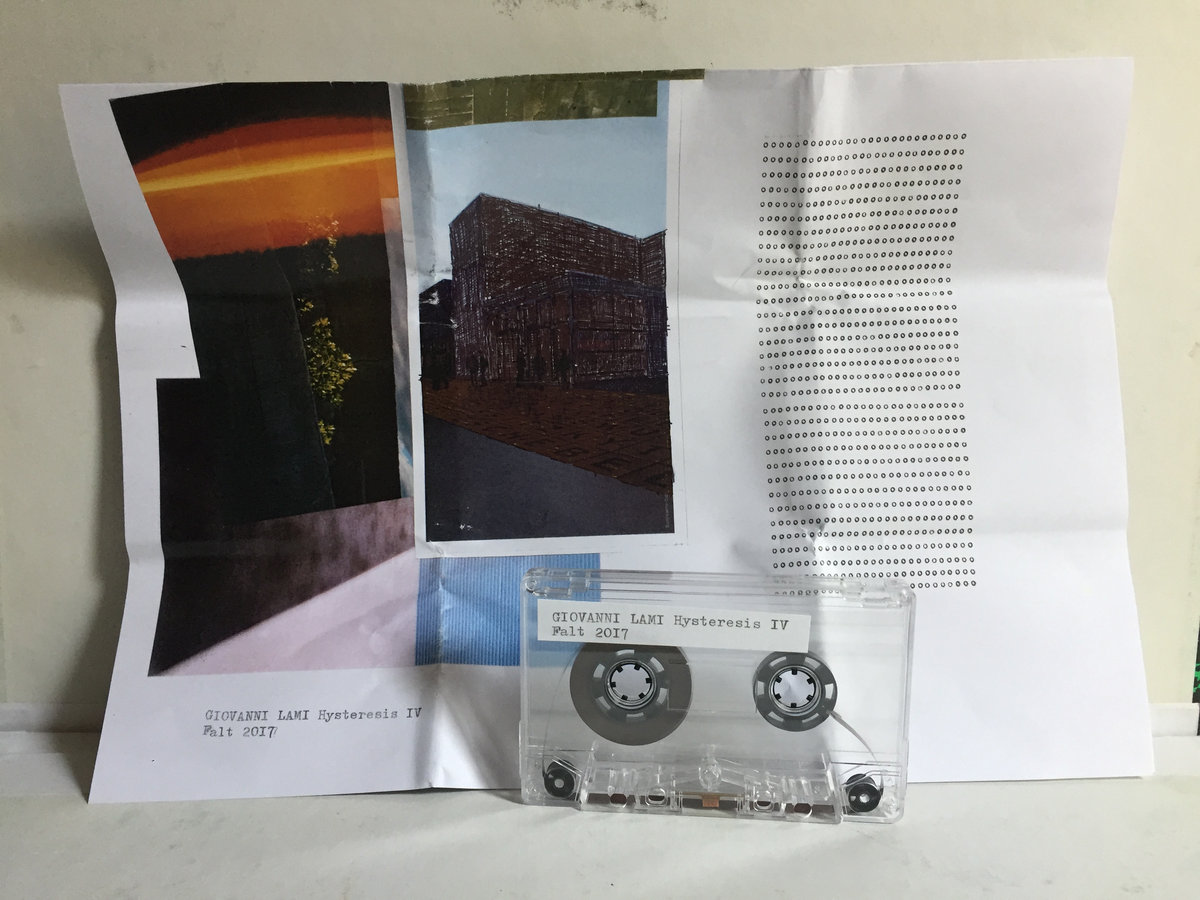
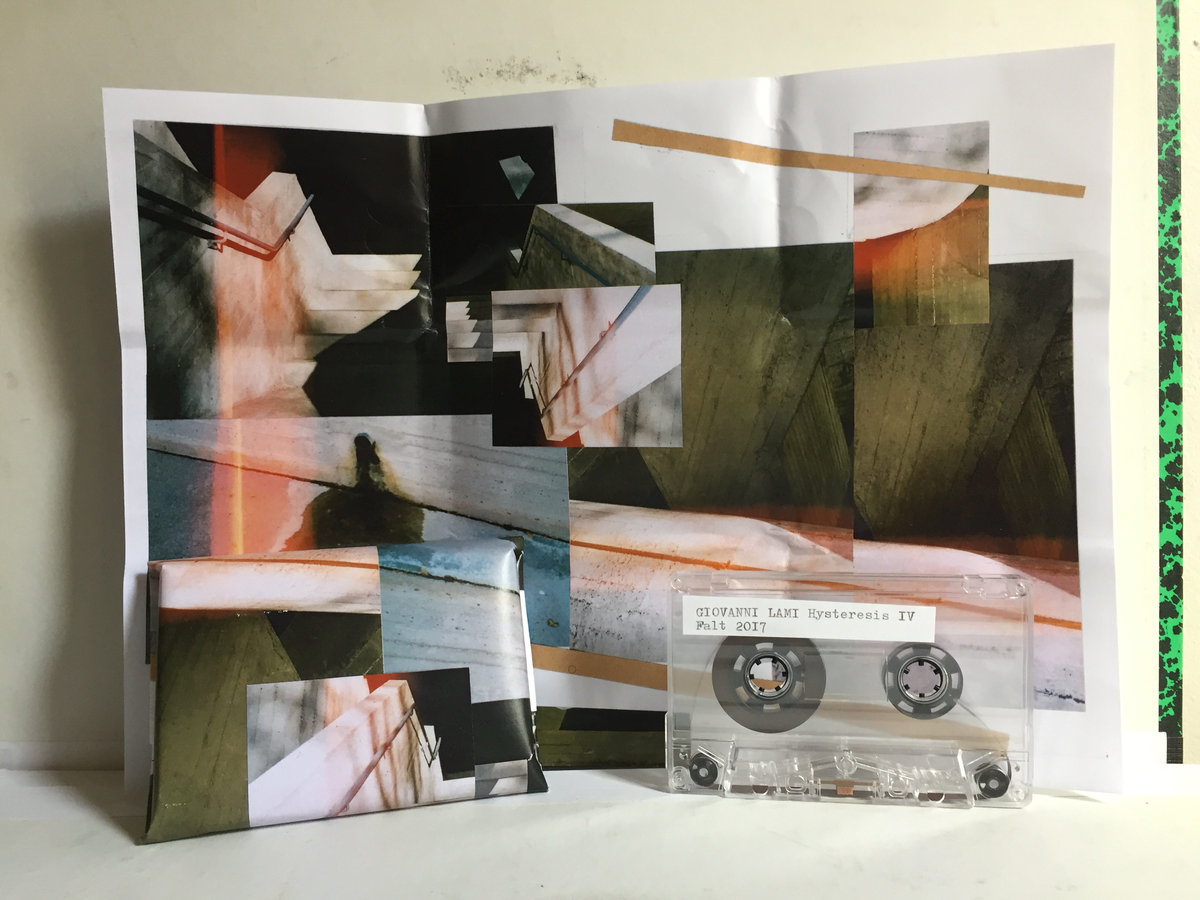

Hysteresis IV
/2017 - c30
On the meditation about the arrangement of sound events and layering them on the timeline. It's like a patina laying on the renewed surface, recorded on tape.
Hysteresis IV is the fourth instalment of Giovanni Lami’s ongoing long term project. It’s like a patina laying on the renewed patina, on a renewed patina, on the renewed surface, recorded on tape.
Recorded live in Torino, July 5th 2017
Thanks to Lorenzo Abattoir
A - 12:00
B - 12:00C-24 / Lo-Fi Ferro Cassette / NR Off
Falt 8
Edition of 30
Released on October 14th, 2017
The recording session is accompanied by a video by Lorenzo Abattoir
-
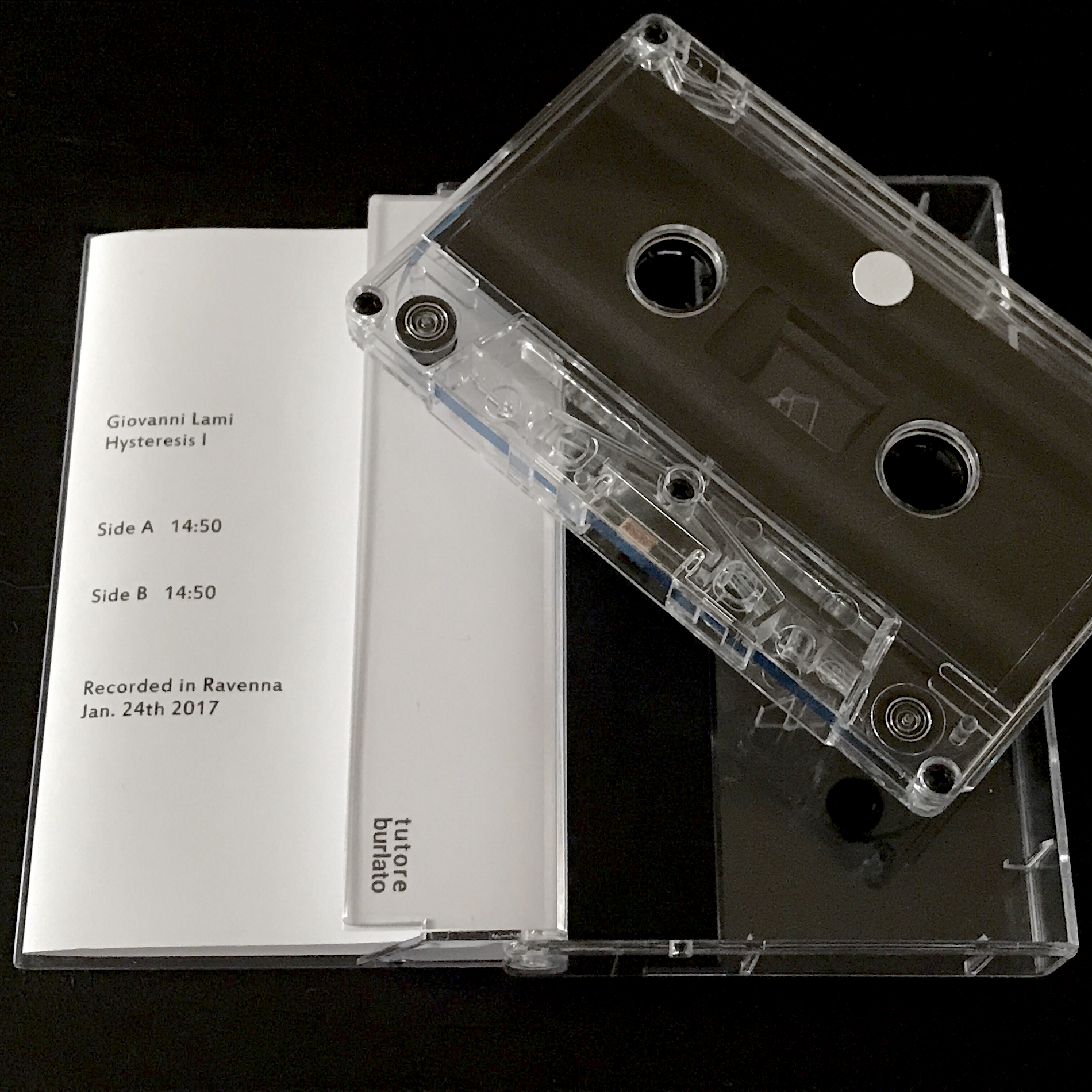
Hysteresis I


Hysteresis I
/2017 - c30
Hysteresis I is the first part of an ongoing long term project. It’s like a patina laying on the renewed patina, on a renewed patina, on the renewed surface, recorded on tape.
A (14:50)
B (14:50)Recorded in Ravenna, January 24, 2017 – beside Dante's tomb
Cat No. TB 19
Released September, 2017
The whole project is accompanied by a video by Giulio Nocera
Reviews
Radio-On Berlin / 2018
In my temporary dwelling, from my balcony, and looking through the window as well, I enjoy a view on hills and on the hills behind those hills that roll to the South East. Houses stick out from between small patches of forest and fields. A small road heads north to Kraków, passes little villages, that are reduced to model train shape from where I look at them. Right under my balcony is a bewildering garden. It reaches beyond my view. The trees hide the lower part, where the garden borders with one of the streets of this hillside village. I like to look at the trees in the garden. They all have different names, which I can’t tell you. A big pine tree lives right in front of me, another one to the left, a grapevine has draped its branches around it. I like to watch the trees, especially when they are touched by the wind. You can ask yourself, what it must be like if you can be a part of the wind and feel like it. Winds travel everywhere, they see how the surface of the sea changes and little waves appear, carrying foam-heads. Or they are slow and warm and make the weeds lean aside. And what power does one feel, while approaching the coast of a continent with devastating force. Words are not enough to describe. One can find words of hate, or words of love. But even King Solomon could not find all the words he needed to describe his loved one. I don’t know a lot about Giovanni Lami. He breaks through the tissue of contemporary history, when, somewhere during the last days of the Summer of 2017, he reports, that he is in Barcelona, visiting a museum with his girlfriend. They came from Ravenna. They didn’t travel by boat, as I once did from Civitavecchia, or, long ago, from Livorno. Once the boat leaves Corsica behind, it arrives in open water and is greeted by giant waves, that make the ship rock and people turn pale. Salt water splashes over the railing, and it is impossible to sit on a deckchair with your eyes closed, thinking of other times. I know that Giovanni works with a reel-to-reel recorder. This you can hear clearly. It is not an ordinary reel-to-reel recorder. It is a Nagra. Nagra is something else. The Nagra holds six thousand years of tape. The machine is willing to reveal the secrets. And that is where Giovanni Lami goes. There must be a language hidden in all the sounds the machine produces; they are soft as a caress, or deep and profound, and of such roundness that you unwillingly stretch out your hand, looking for the touch. But further it rolls and moves and clicks and dances. Lami is like an Orpheus who can’t be bothered about warnings by gods and mortals; he follows his instrument, and only Nagra knows where it will take him. On this tape it takes the listener from Side A to the end of Side B. But you will miss out a lot, if you don’t stop every now and then, to look at the view, for example, and see how the winds move the trees, with the same strokes that you just heard. (Rinus Van Alebeek)
-

Hysteresis III
Soft Error

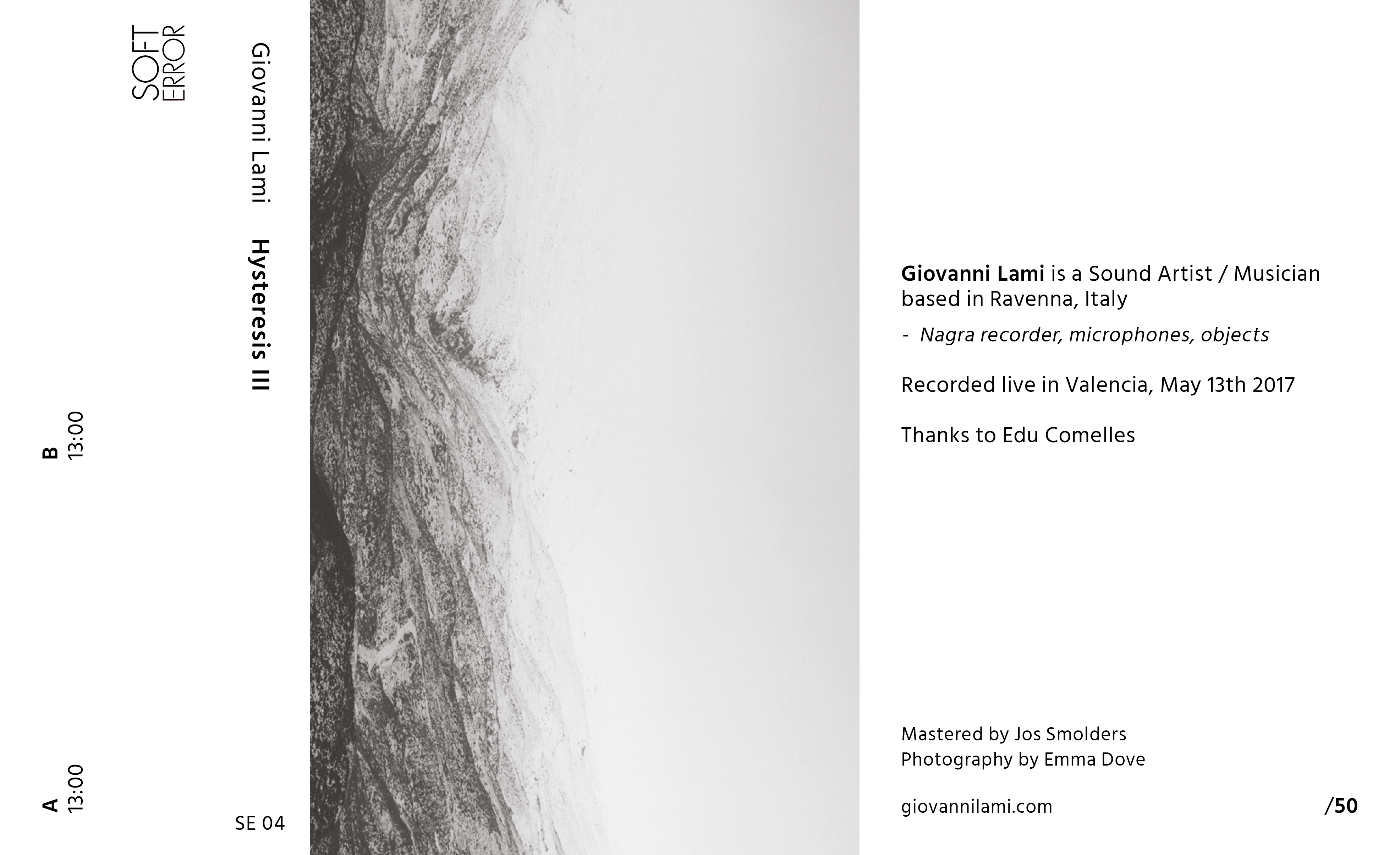
Hysteresis III
/2017 - c30
On the meditation about the arrangement of sound events and layering them on the timeline. It's like a patina laying on the renewed surface, recorded on tape.
Hysteresis III is the third instalment of Giovanni Lami’s ongoing long term project. It’s like a patina laying on the renewed patina, on a renewed patina, on the renewed surface, recorded on tape.
Recorded live in Valencia, May 13, 2017
Recorded in Ravenna, January 24, 2017
Thanks to Edu Comelles
A - (13:00)
B - (13:00)Mastering Jos Smolders at EARLabs Studios, Netherlands
Original Photography Emma Dove
Home dubbed c30 cassette
Hand numbered Xerox cover
Edition of 50
Cat No. SE 04
Released on September 1, 2017
The whole project is accompanied by a video by Giulio Nocera
Reviews
Radio-On Berlin / 2018
In my temporary dwelling, from my balcony, and looking through the window as well, I enjoy a view on hills and on the hills behind those hills that roll to the South East. Houses stick out from between small patches of forest and fields. A small road heads north to Kraków, passes little villages, that are reduced to model train shape from where I look at them. Right under my balcony is a bewildering garden. It reaches beyond my view. The trees hide the lower part, where the garden borders with one of the streets of this hillside village. I like to look at the trees in the garden. They all have different names, which I can’t tell you. A big pine tree lives right in front of me, another one to the left, a grapevine has draped its branches around it. I like to watch the trees, especially when they are touched by the wind. You can ask yourself, what it must be like if you can be a part of the wind and feel like it. Winds travel everywhere, they see how the surface of the sea changes and little waves appear, carrying foam-heads. Or they are slow and warm and make the weeds lean aside. And what power does one feel, while approaching the coast of a continent with devastating force. Words are not enough to describe. One can find words of hate, or words of love. But even King Solomon could not find all the words he needed to describe his loved one. I don’t know a lot about Giovanni Lami. He breaks through the tissue of contemporary history, when, somewhere during the last days of the Summer of 2017, he reports, that he is in Barcelona, visiting a museum with his girlfriend. They came from Ravenna. They didn’t travel by boat, as I once did from Civitavecchia, or, long ago, from Livorno. Once the boat leaves Corsica behind, it arrives in open water and is greeted by giant waves, that make the ship rock and people turn pale. Salt water splashes over the railing, and it is impossible to sit on a deckchair with your eyes closed, thinking of other times. I know that Giovanni works with a reel-to-reel recorder. This you can hear clearly. It is not an ordinary reel-to-reel recorder. It is a Nagra. Nagra is something else. The Nagra holds six thousand years of tape. The machine is willing to reveal the secrets. And that is where Giovanni Lami goes. There must be a language hidden in all the sounds the machine produces; they are soft as a caress, or deep and profound, and of such roundness that you unwillingly stretch out your hand, looking for the touch. But further it rolls and moves and clicks and dances. Lami is like an Orpheus who can’t be bothered about warnings by gods and mortals; he follows his instrument, and only Nagra knows where it will take him. On this tape it takes the listener from Side A to the end of Side B. But you will miss out a lot, if you don’t stop every now and then, to look at the view, for example, and see how the winds move the trees, with the same strokes that you just heard. (Rinus Van Alebeek)
-
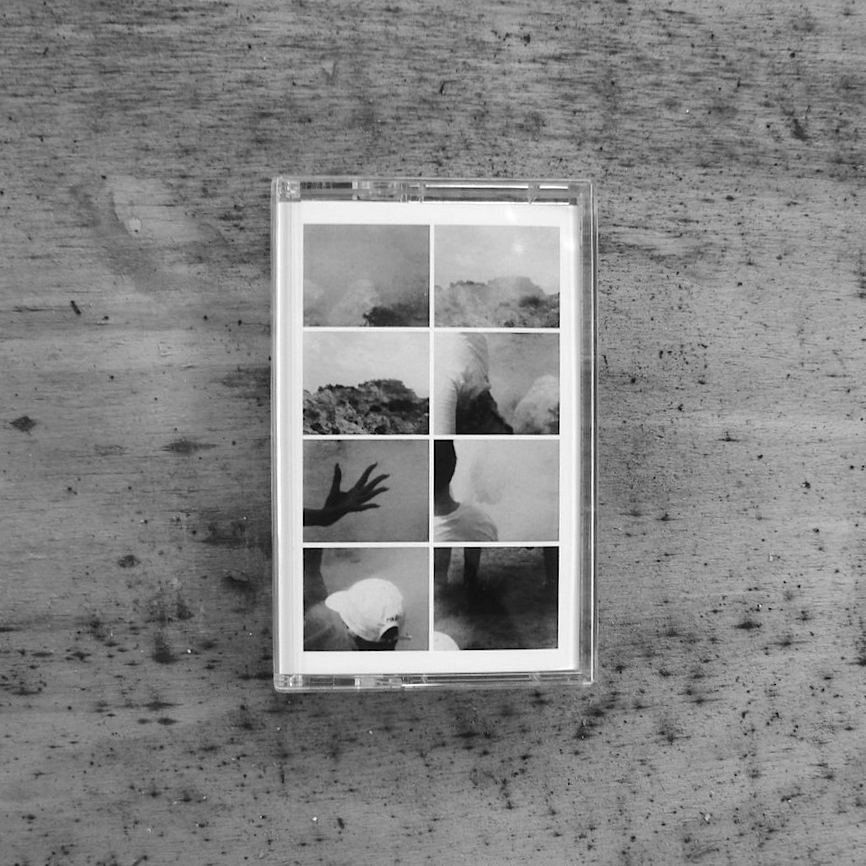
Hysteresis II

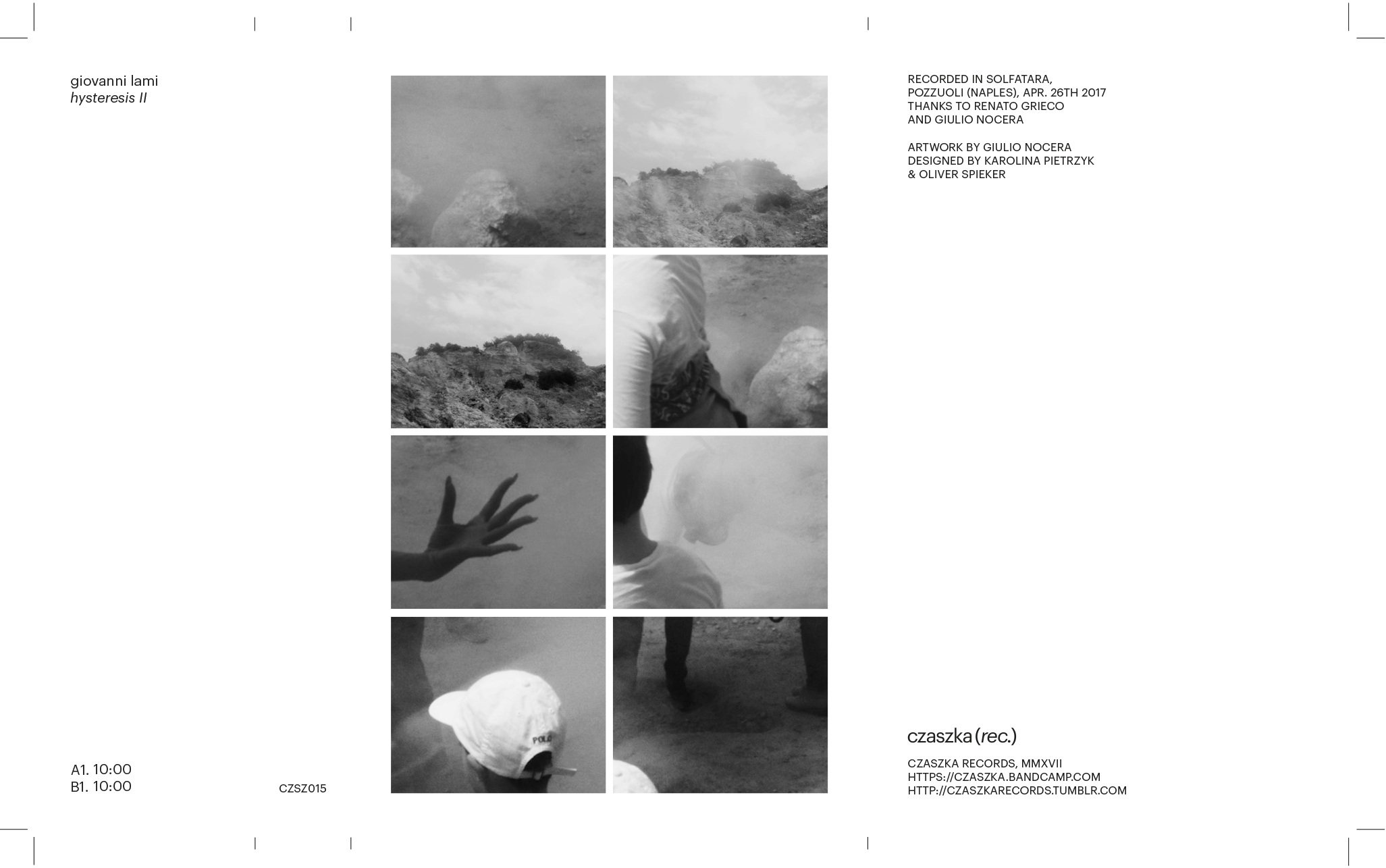
Hysteresis II
/2017 - c20
On the meditation about the arrangement of sound events and layering them on the timeline. It's like a patina laying on the renewed surface, recorded on tape.
Hysteresis II is the second instalment of Giovanni Lami’s ongoing long term project, preceding releases on Tutore Burlato (IT) and Soft Error (UK). As he explains: “I'm into a new way of concerning reel-to-reel and tapes, approaching a field-based work where I play on several sites my Nagra with 4 microphones (2 ambience, 2 omni ones), switching from the ambience to the recorder, back and forth, using objects and other stuff on the tape itself”. Everything is recorded outside, in different locations. “I use all self powered devices and I put everything into a backpack. I can carry it with me almost everywhere, and this is a crucial point of this work since I like to be able to do it without any trouble, almost everywhere.”
Recorded in Solfatara, Pozzuoli (Naples), April 26, 2017
Thanks to Renato Grieco and Giulio Nocera
Artwork by Giulio Nocera
Designed by Karolina Pietrzyk & Oliver Spieker
Released on July 10, 2017
The cassette/digital release is accompanied by a video by Giulio Nocera capturing the session
-
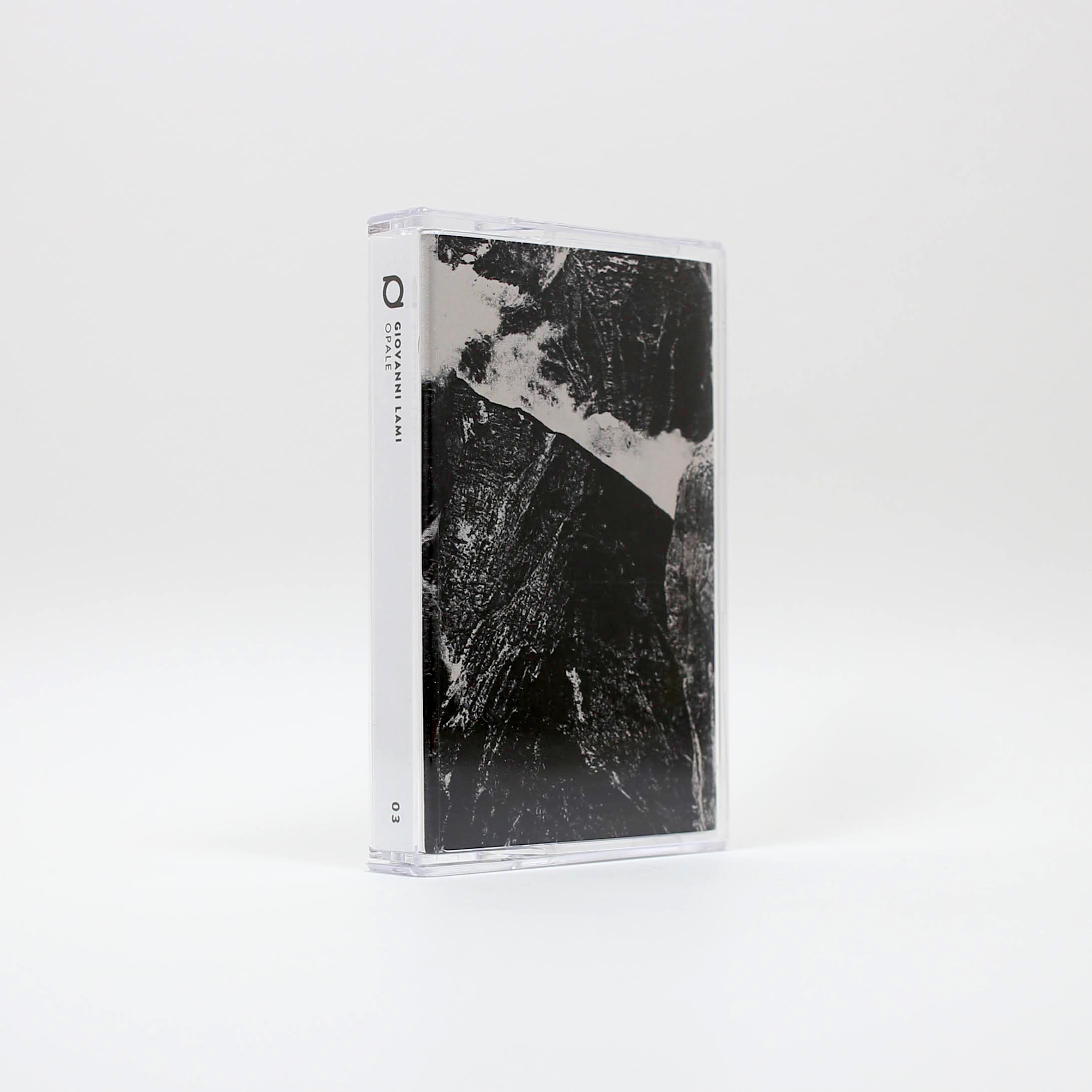
Opale




Opale
/2016 - c-20
Each side presents a slow build, culminating in a retreat of one source at the benefit of another. The two pieces also work as one, with a gentle segue connecting the sides. Parts of “Secondo Solco” sound like a loom, conjuring images of Sleeping Beauty. As the plot begins to thicken, the sounds grow harsher, like the soul of the witch. In the closing minutes, it’s all hiss, a fairy tale rewritten, a happy ending denied. (Richard Allen)
Artist Statement
The research I’m carrying on from years is a sort of investigation of sounds in-between sounds you can get if you put your focus on small sound-areas, details you can reach during the play, far away from the simple surface of sound. It's like “explode and explore” an instrument, a substrate, a device, or a mix of them, but first of all it's a matter of practice in itself. The magnetic tape is a substrate for rough, dirty and indefinite sound surfaces that evolve while time is passing, I just need to create the conditions to let it happen and to accelerate this process. It’s like a garden, where everything grows by itself and you need to make just a few things, to see what is going to happen most of the time.
Reviews
Cassette Gods / 2016
The inaugural Dinzu Artefacts batch – the label an extension of the Spring Break Tapes brand (but of course its own thing) – is a monument to sound sculpture. Let those words sink in for a second. Giovanni Lami, whose Opale consists of two sides, “Primo Solco” and “Secondo Solco,” has concocted, for his part, a piece of experimental music that defies the traditional boundaries of concept and execution, of the physical and audible. It’s like he’s placed a theoretical audio mirror in the same room as all the source material he’s drawn from for Opale, and in doing so the monument becomes a monument to the monument, a sound sculpture chiseled in ProTools (or whatever) that acts as a sound sculpture to his sound sculpture. The mirror becomes itself, reflecting whatever it’s defining into infinity, and therefore ends up becoming defined by it. Lami, a Ravenna-born artist (that’s in Italy, you lazy map truthers), literally builds Opale, his sonic carpentry coalescing itself into one structure or another before moving on to the next level. Field recordings mix with ambient texture, resulting in combinations that are almost tangible. Lami’s experimental processes are never less than interesting, as each moment escapes pure sound and becomes physically tactile, a magic trick that my imagination completes as the willing participant. Each side stretches over ten minutes, and getting lost in the pieces is the easy part – reacclimating yourself to the world as you remember it is the tricky bit. Opale is perfect for museum earbud accompaniment as you stroll through corridors of modern art. (Ryan Masteller)
a closer listen / 2016
Giovanni Lami‘s Opale delves into pops and clicks, rattles and screeches: another organic/electronic hybrid that can sound like an old swing or a faulty circuit, depending on the time. Each side presents a slow build, culminating in a retreat of one source at the benefit of another. The two pieces also work as one, with a gentle segue connecting the sides. Parts of “Secondo Solco” sound like a loom, conjuring images of Sleeping Beauty. As the plot begins to thicken, the sounds grow harsher, like the soul of the witch. In the closing minutes, it’s all hiss, a fairy tale rewritten, a happy ending denied. (Richard Allen)
Tabs Out / 2016
Dinzu Artefacts - first batch Art by Joe McKay Look At These Tapes would not be doing it's job if it didn't tell you to look at these tapes from Dinzu Artefacts' inaugural batch. This offshoot of Spring Break Tapes is tackling design with clinical precision, opting for winter-is-coming style covers, hygienic layouts, and a logo that made me punch an eagle square in it's beak. To be clear - they nailed it.
-

Bias


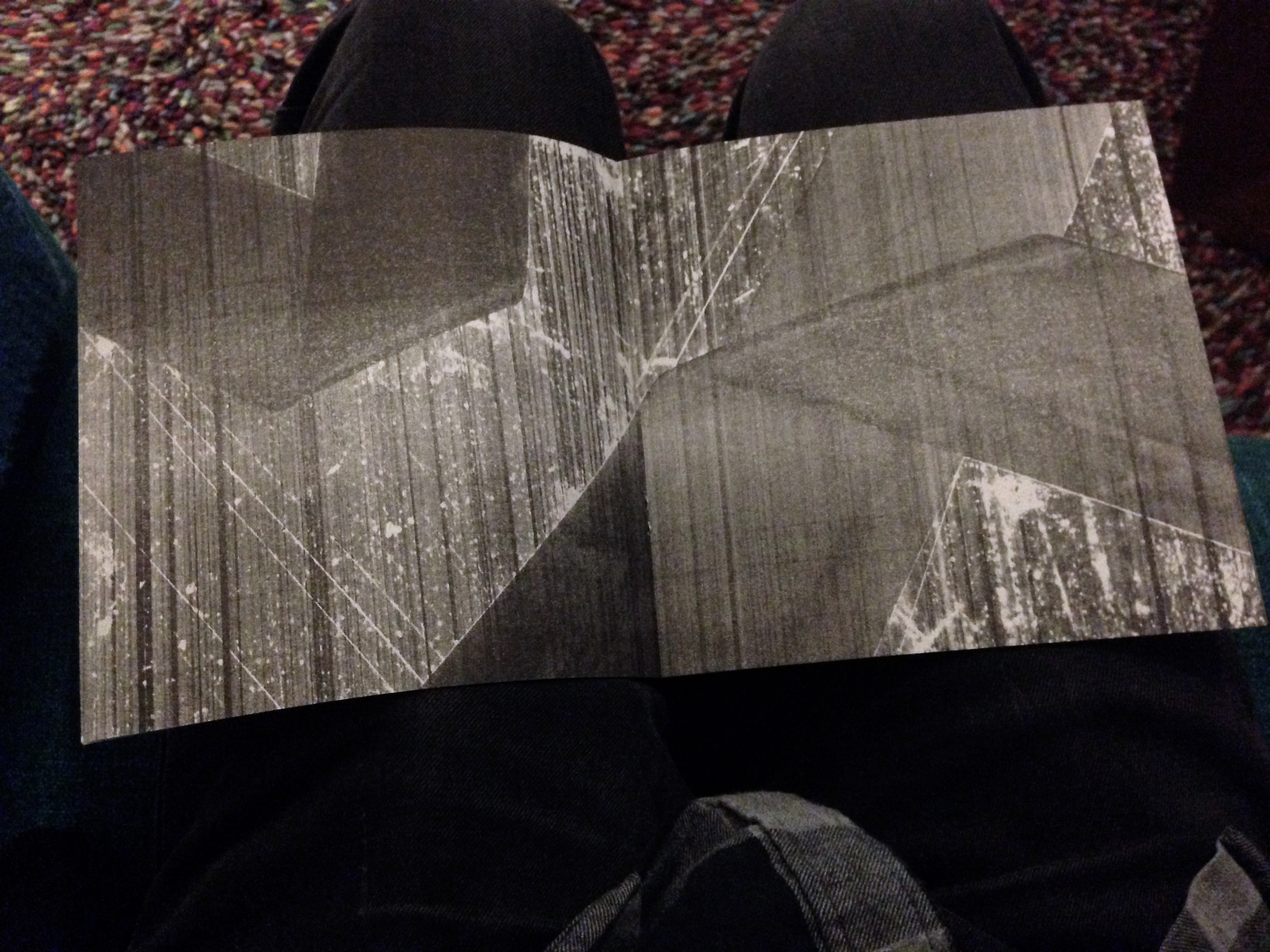
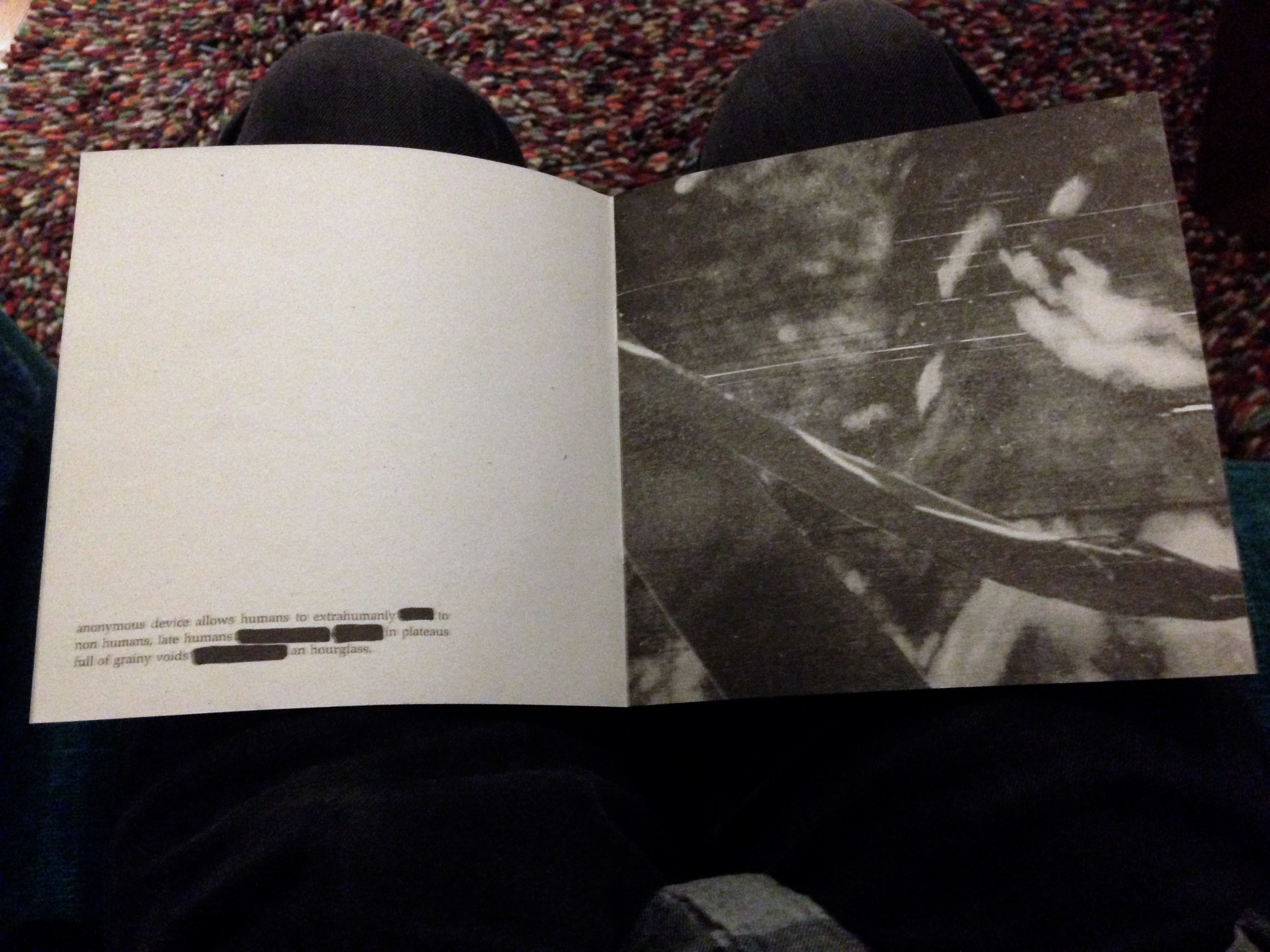
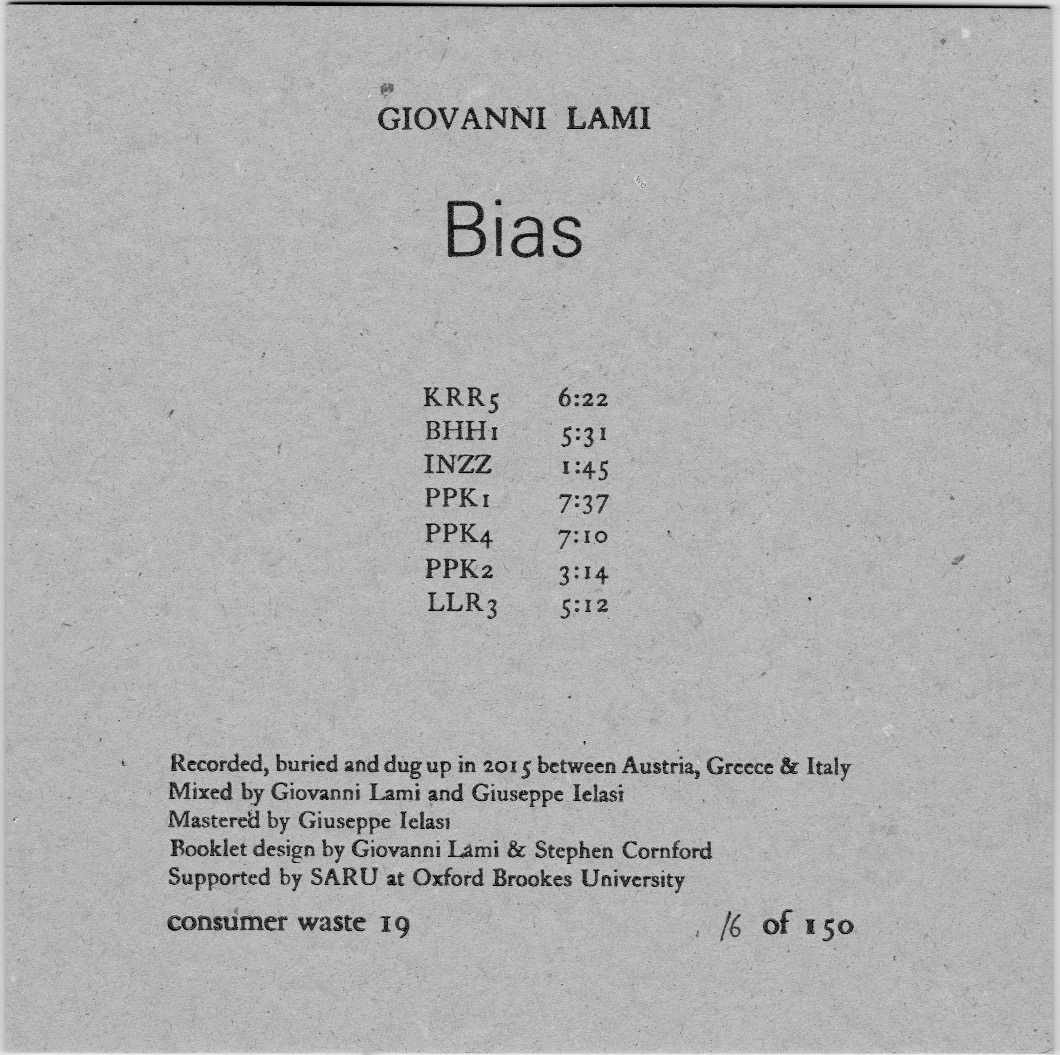
Bias
/2016 - CD in oversize 7” sleeve
Through its focus on process and materiality, Bias opens the practice of sound ecology beyond the acoustic to consider the audibility of the chemical composition of soil. From scraps of muddied media buried across three sites in Austria, Greece and Italy, Lami crafts a series of melancholy studies which seem to question the inevitable legacy of human culture and industry in the geological strata. Edition of 150 CDs packaged in oversize 7" sleeve, with 16 page risographed booklet featuring accompanying visual works by me and a commissioned text by Francesco Bergamo.
Artist Statement
The research I’m carrying on from years is a sort of investigation of sounds in-between sounds you can get if you put your focus on small sound-areas, details you can reach during the play, far away from the simple surface of sound. It's like “explode and explore” an instrument, a substrate, a device, or a mix of them, but first of all it's a matter of practice in itself. The magnetic tape is a substrate for rough, dirty and indefinite sound surfaces that evolve while time is passing, I just need to create the conditions to let it happen and to accelerate this process. It’s like a garden, where everything grows by itself and you need to make just a few things, to see what is going to happen most of the time.
Reviews
Blow Up / 2016
Dopo l'indagine strumentale condotta in [mema verma], Giovanni Lami torna a cimentarsi con nastri magnetici e materiali assemblati nell'intorno tra analogico e digitale, pubblicando un lavoro di studio sulle dinamiche e sugli effetti di decomposizione fisica del suono. La ricerca dell'artista ravennate si focalizza questa volta su una serie di processi di deterioramento di agenti fisici ed ambientali che lentamente saturano lo spazio dell'ascolto. Attraverso il riciclo e riversamento di nastri "sepolti per mesi in diverse condizioni ambientali, facendo sì che il materiale ferromagnetico di supporto ed il supporto plastico stesso del nastro venissero degradati in modo totalmente imprevedibile ed irreversibile", Lami congegna sette tracce in cui l'ordito acustico è definito per sottrazione ed accumulo di oggetti sonori in progressivo disfacimento. Nello scalfire la superficie dell'ascolto per addentrarsi nei territori dell'"aesthetics of decay", questo lavoro porta in emersione un mondo sonicamente affascinante, fatto di crepitii, cupe risonanze ed echi profondi, che restituisce efficacemente il senso dell'immersività "fisica" dei processi sui quali l'intero lavoro è fondato. Nella ricerca di "rifiuti sonori", all'interno delle "zone liminali e grezze dell'ascolto", nei "processi di decomposizione", Lami riesce ad individuare ed illuminare spazi negletti, che vengono reimmessi nel circolo dell'ascolto come nuova, inattesa linfa. Il risultato è un processo generativo che, per usare le parole dello stesso autore, è assimilabile ad un giardino "dove tutto cresce e la maggior parte del tempo la si passa a contemplare il cambiamento". (Leandro Pisano)
a closer listen / 2016
Does a physical medium simply contain (or mediate) a work of art, or can the medium be a work all its own? Since at least the 1960s and the birth of Conceptualism, artists have produced works that go beyond merely formal concerns to explore the relationship between materiality and process. Robert Morris’s Box with the Sound of Its Own Making (1961) consists of a simple wooden box and the audio of the creation of the box. Is the work a documentation of a performance – the making of the box – or does this very question complicate the notion of documentation as an integral part of the final work itself? Gordon Matta-Clark would take an undeveloped Polaroid covered in gold leaf and fry it (Photo-Fry, 1969), blending consumer instant gratification with a high-status material to produce Christmas cards for friends. Later, Tony Conrad would make films in subversive and often funny ways by evoking relevant processes in ways that pushed the definition of film to its limit. For instance, he sidestepped the use of film altogether for the yellowing over many years of a painted screen in Yellow Movies (1973), making films without film or projectors and on such a timescale that makes Warhol’s Empire seem a reasonable length. Other projects negated the intended use-value of film as a medium, by pickling film and displaying it in a jar (Pickled Film, 1974), or bowing film stretched from floor to head while seated in front of a flickering projector (Bowed Film, 1974). All of these examples foreground the process of transformation in ways that are inseparable from the works themselves, using media in ways other than their intended purpose. Giovanni Lami raises similar questions with Bias, an audio document of “etudes for buried and exhumed audio tape” subtly manipulated into compositions. Rather than record an environment through use of a conventional apparatus, i.e. a microphone, Lami’s tapes make audible the chemical composition of the soil they were buried in, reacting directly with the medium of magnetic tape, akin to a photographer capturing light on film without a camera. Of course, there are many examples of musicians working with buried or otherwise damaged tapes. Dakim’s 34 Fragments (Senufo) immediately comes to mind, in which the producer subjected recordings made on public transportation to all manner of elemental abuse. A recent release from Ian Hawgood and Tim Martin entitled Ouvala draws its raw material from severely damaged and decayed reel-to-reel tapes. Perhaps most famously William Basinski’s Disintegration Loops consists of the real-time degradation of decades old loops of classical instrumentation. The list could go on indefinitely. Such transformation has become part of the tool kit for adventurous producers and artists working with sound. The difference in the “sound ecology” being practiced here by Lami is that unlike all those other examples, in which the tape already contains recordings, Lami’s tapes begin blank. Rather than a microphone translating acoustic sound waves and registering them on tape, here Lami makes audible a chemical transformation of a different variety. Lami buried his tapes across three sites in Austria, Greece and Italy, and the results form a series of suites emphasizing accidents, flutters, and stereo-image to gesture towards environmental degradation and speculative histories of the future of our species. Occasionally there are short moments that suggest something vaguely musical – low rumbling, rhythms, short melodic fragments – but overall these results play like a kind of far-off future time capsule of damaged dreams and forgotten forms. The fact that they have been released on a label called Consumer Waste gives some credibility to such a reading. Beyond appreciating the artistic merits of the work, as a concept, a closer listen to the details of the material transformations can be engrossing and rewarding. The track-titles, such as “PPK2” and “KRR5”, likely serve as some kind of index to where a particular spool of tape was buried, but absent any kind of codex the titles remain suitably obscurantist. I recommend a good pair of headphones or a good pair of speakers, or else the detail is lost and the work is easy to misjudge. Not that this necessarily calls for high-fidelity as such, but to appreciate Bias the detail, including the stereo-image, is essential. The performances captured in the videos below add another dimension to the work. The first documents a performance in Venice during the 2015 edition of Helicotrema, a festival dedicated to creating site-specific listening situations. Utilizing three ¼” tape players, a mixer, and some subtle effects, Lami underscores another aspect of the materiality of his chosen medium. While the chemical transformation of magnetic tape is the core concern of Bias, these tapes themselves need to be made audible, and so the playback mechanism itself becomes equally important. As the long loops work their way around the room, creating crisscross patterns as they snake around their paths, the materiality of sound is exposed in yet another dimension. Replacing the clips on the microphone stands with pulleys serves as a compelling metaphor for Lami’s process. These live performances also utilize stereo-separation to communicate the physical spatialization between the various channels. Not in the sense of panning and moving sounds across the stereo-image, but in utilizing the two channels to communicate the distinction between each source. In the other video, filmed on Syros Island in Greece during Lami’s Khora residency, we see Lami manipulating a single loop, with the addition of two small shotgun microphones directed at the cascading tape, amplifying the sound of the tape’s movement itself. Bias generally refers to a process that improves the fidelity of tape playback, but it also might refer to a prejudice, an inclination toward one thing over another. Though the results here are certainly experimental, in the sense that an experiment has been carried out whose results could not be foreseen or directed by intentionality. Bias is probably best understood as non-musical sound art, situated within the lineage of artistic exploration of media outlined above. Yet despite the different conceptual approach, Bias extends logically from Lami’s past work. Mema Verma, his last solo record, was an exploration of a shruti box, though the instrument itself was very rarely played in a conventional sense. Instead, Lami coaxed sounds from the instrument by manipulating its keys and physically manipulating the instruments in a kind of lo-fi extended technique. That album culminated in the shruti box finally being sounded, producing a glorious drone. Bias makes no pretense of offering such a catharsis, instead foregrounding the sound of the medium in its basest form. Its poetics function on a different register, but one still rooted deep in a practice of listening. (Joseph Sannicandro)
Fluid Radio / 2016
Giovanni Lami is an Italian musician previously heard on the shruti box study "mema verma" and in the duo Lemures with Enrico Coniglio, among many other places. His new work for Consumer Waste, "Bias", involves material recorded to magnetic tape and then buried for a while, in a few different locations, before being dug up and reused. This approach is similar to that of Justin Wiggan’s "Dead Songs" project, for which numerous commercial vinyl records were buried, dug up several months later, and used as sound sources; Lami’s tapes were probably in the ground at the same time as Wiggan’s records. While the latter produced a cacophony of grubby noise as the needle cut through layers of baked-in dirt and remains of sleeves, the former give more muted witness to their ordeal, though some pathos inevitably still seeps through. The seven tracks on "Bias" present the faint ghosts of whatever was originally recorded to the buried tapes, plus plenty of hiss, crackle, pop, and distortion. On the opener KRR5, a tonal pattern is reduced to a slight gleaming or glimmering; at times a rumble barely louder than it threatens to overwhelm it. The brief INZZ gives perhaps the strongest sense of being underground, its dark low-level atmosphere disturbed by intermittent rushes of air. A low wind billows through PPK4, dragging a tangle of crackles and pings behind it, while noises resembling radio static fizz and pop with increasing agitation. It’s rarely clear to what extent the exhumed tapes are simply being played back without any supplementation or editing, and to what extent Lami is manipulating the sounds, perhaps by messing with the playback mechanisms. In any case, obvious intentional effects are avoided; rather, it’s the serendipitous material effects of burial upon the magnetic tape that is the focus of the album. It all ends up sounding like the earth it was buried in — a bit dark and dank — yet moments of beauty filter through despite, or perhaps because of, the intervention of natural processes. For me this most evident in PPK1, where a sound like the burning of distant rocket engines fills the room, intermittently highlighted by dull sparks of tone and quietly crescendoing rings. This music comes from the earth, but doesn’t always remain stuck to it.
Sodapop / 2016
Forse mai ci è capitato di trattare di un progetto simile a quello che Giovanni Lami ha elaborato per Bias, dove le registrazioni portano con sé tutta una serie di rimandi e associazioni mentali che ci conducono assai lontano dal semplice discorso sonoro che costituisce solo una delle molteplici dimensioni del lavoro. Conoscere le premesse è indispensabile per comprendere ciò di cui mi appresto a parlare: alcuni nastri magnetici non incisi sono stati sepolti sotto terra per qualche mese, in condizioni ambientali diverse; una volta riesumati sono stati messi in loop su alcuni registratori a bobine coadiuvati da quattro microfoni che hanno colto i rumori dei macchinari e dell’ambiente circostante, dando vita a tutta una serie di stratificazioni sonore (è consigliabile l’utilizzo delle cuffie). Il risultato si pone a metà strada fra field recording e musica concreta ma quello stilistico è un dato assolutamente superfluo; ciò che è realmente contenuto nei 32 minuti (divisi in sette tracce) di Bias è l’effetto del tempo solo apparente fermo della sepoltura che ha alterato i nastri sia a livello fisico che magnetico e della loro messa in opera, unitamente ai rumori ambientali percepiti dai microfoni e pochi campioni fortemente alterati: sono fruscii, sfregamenti, click di pulsanti, grattate… Il CD è così punto di arrivo di un processo che, va da sé, avrebbe potuto andare molto più in là ma per questo suo porsi fra l’inizio e l’ipotetica fine è un punto di partenza per una serie di riflessioni non scontate. Per Lami è questo un lavoro che ha a che fare con la memoria e il vuoto. Ipotizzo: alla memoria si collega per quanto anch’essa sia soggetta a degradarsi, perdersi e modificarsi, al vuoto (in realtà apparente) per quanto un nastro non inciso – almeno in maniera canonica – possa portare con sé suoni, suggestioni, indizi; ma forse il vuoto è anche il culmine a cui tende il processo di degradazione che qui vediamo ad un livello intermedio. Tuttavia gli spunti che un lavoro del genere propone sono molteplici: si può ragionare sulla natura di materiali e supporti, sul rapporto fra il nastro deperibile ma ricettivo finché esiste (in questo quasi organico) e l’eterno ma monouso CD o sul fatto che un trattamento non ortodosso abbia reso interessante la voce di qualcosa che altrimenti sarebbe stato muto, così come potrebbe essere interessante ascoltare e valutare il livello di alterazione che, a parità di tempo di occultamento, i diversi terreni causano ai nastri. Mi fermo qua per non partire per la tangente delle ipotesi interpretative più fantasiose, ma vorrei rubare poche righe per una nota a margine su un ulteriore livello di lettura: ascoltando Bias con orecchio meno analitico e più emozionale ho rivissuto una sensazione che forse la mia generazione è stata l’ultima a poter provare, il brivido di terrore che provoca il suono del nastro che si accartoccia nel walkman o nello stereo quando questi, per ragioni imperscrutabili, decidevano di divorarti la cassetta (magari originale!). Nella mia esperienza un suono di puro orrore. Tornando seri e concludendo, il discorso iniziato con questo lavoro è quanto mai aperto e in continuo sviluppo anche attraverso le performance che Lami porta in giro; lungi dall’essere una semplice curiosità o stranezza gratuita Bias è un work in progress che costringe a porsi interrogativi non da poco: più che un disco una macchina per pensare. (Emiliano Zanotti)
The New Noise / 2016
Dopo l’operazione svolta con uno shruti box che ha caratterizzato l’ultimo Mema Verma, Lami torna al maneggiare nastri e al processing. Ne ricava questa serie di registrazioni pubblicate da Consumer Waste, banalmente definibili come “materiche”, frutto di un’incessante opera di ricerca. Il discorso che si cela dietro Bias è cosi descritto dall’autore: alcuni nastri magnetici sono stati sepolti per mesi in diverse condizioni ambientali, facendo sì che il materiale ferromagnetico di supporto e il supporto plastico stesso del nastro venissero degradati in modo totalmente imprevedibile e irreversibile. Quei nastri poi sono stati “riciclati” e utilizzati su diversi registratori a bobina (principalmente un paio di Nagra IV-S/SJ). Questo per quanto riguarda le registrazioni. Al tutto va aggiunta una parte più “concettuale”, anche qui il musicista ravennate dice di essersi ispirato alla memoria e al vuoto. Cosa ne esce fuori? In sostanza si tratta di un’uscita che ha ben poco di musicale comunemente inteso, e molto di studio, nel senso più nobile del termine, semplificando: fate conto di star ad ascoltare una serie di movimenti crepitanti e sordi, come una sinfonia “terrigna”. Note sono poi le collaborazioni con artisti che operano più o meno nello stesso campo (con Enrico Coniglio nei Lemures e Shaun MacAlpine nei Terrapin) o le affinità, penso al lavoro di Valerio Tricoli. Se l’album precedente possedeva a suo modo una certa “musicalità”, un rilascio tensionale che trasportava l’ascoltatore da qualche parte per mezzo di sottili drone, con Bias l’effetto e l’obiettivo paiono piuttosto diversi: ci troviamo al cospetto di una sorta di library-music “concreta”, espressione dell’ambiente naturale, che diventa protagonista grazie alle modificazioni che Lami apporta alla materia trattata. Siccome trovo stimolante ascoltare un qualcosa che non è semplice e immediato da comprendere, devo ammettere che questo Bias centra l’obiettivo. Credo possa accadere altrettanto per l’ascoltatore più curioso.
Neural / 2017
Pubblicata dall’etichetta inglese Consumer Waste, quest’ultima uscita del ravennate Giovanni Lami – artista del suono e musicista a suo agio con paesaggi sonori e concetti di suono-ecologia – subito ci sorprende per l’esplorazione delle potenzialità timbriche dei nastri magnetici. Il tema ci riporta ad un’avanguardia vintage, essendo stati i registratori a nastro il medium d’elezione nella ricerca sonora per diversi decenni. Giovanni Lami inizia proprio da alcuni nastri magnetici, sepolti in tre siti diversi in Austria, Grecia e Italia: su questi scarti, riadattati e utilizzati su diversi registratori a nastro – principalmente un paio di Nagra IV-SJ – ricostruisce una crepitante, silenziosa e spuria narrazione. È stata proprio la terra fangosa che ha degradato in maniera fuzzy il materiale ferromagnetico e il supporto in plastica del nastro, sebbene non sappiamo esattamente – perfino consultando il booklet allegato – se l’autore abbia assemblato molte registrazioni o se abbia manipolato quei reperti in modo rispettosamente “autoctono” (elaborando cioè precisi montaggi da nastri che provengono solo da uno specifico dissotterramento). Nelle sedici pagine del risographed booklet invece – risograph è un sistema di stampa digitale ad alta velocità che fu creato negli anni ottanta principalmente per grandi volumi di fotocopie e stampa – fanno bella mostra gli stilizzati scatti dell’autore, anche fotografo, immagini alle quali sono accompagnati i lapidari ma ieratici testi di Francesco Bergamo. “Queste matasse imprevedibili tessiture polifoniche che si svolgono contro la pace del respiro” dice Bergamo, ed in ognuno dei suoi testi ci sono più parole cancellate ad arte che non siamo riusciti a distinguere. Forse in questo risiede gran parte della poesia dell’intera opera, non solo quello che ci è dato percepire ma quello che non è più riconoscibile, quello che è andato perso, che è consunto e svilito, parte della vera natura di tutte le rappresentazioni: “resti” che “non sono più umani che animali, radici, piante, minerali”, rovine della modernità e del decadimento qui voltate in una dimensione parallela di suoni. (Aurelio Cianciotta)
Chain DLK / 2016
Bias is something that could be called as "documentary release" as, instead of being a traditionally composed music, it's a sonic document of a physical artifact. The basic material of this release are tapes buried to alter their chemical composition so, in a certain perspective, were ruined or degraded. When the role of the tape is the recording a sonic source that has to be faithfully reproduced, how has to sound if tape is the source in itself? GIovanni Lami answers this question using tape players as projectors without a visible film. The original recording of "KRR5" could be a gentle soundscape but it now a representation of bits of music buried upon hisses and noises and a vague background noise. "BHHH" became a deconstructed piece of music, "INZZ" a dark interlude based on a drone able to let the noises act the sudden noise of an horror film which alarm the listener. "PPK1" is a piece based on a sort of foreground noise above which there's the phantom of the recording. "PPK4" starts with a quiet background noise and ends with an high pitch noise. "PPK2" sounds almost as an avant dark ambient track as it's the clearer recording of this release. "LRR3" closes this release with a dialectic between quieter moments and noisier ones where the degradation of the tape is more evident. An evidently courageous release where there's the search of a personal sound dealing with the concept of legacy and degradation as an inevitable aspect of time, and life. The audible result of this process questions how a culture based on progress could deal with his past and shows the paradox that the medium with the higher fidelity is perfect to reproduce noise as it was music. An excellent release and a work of art.
Rumore / 2016
Mentre scrivo Giovanni Lami si accinge a suonare al Transmissions Festival e al Node. Bias è uscito da quasi 8 mesi ed è un lavoro complesso, quindi coraggiosissimo, sulla memoria e sul vuoto: alcuni nastri magnetici sono stati sepolti per mesi in diverse condizioni ambientali, facendo sì che il materiale ferromagnetico di supporto e il supporto plastico stesso del nastro venissero degradati in modo totalmente imprevedibile e irreversibile. Quei nastri poi sono stati riciclati e utilizzati su diversi registratori a bobina. Riducendo la complessità e semplificando le parole di Maurizio Inchingoli: una sorta di library-music concreta, espressione dell'ambiente naturale, che diventa protagonista grazie alle modificazioni che Lami apporta alla materia trattata. (Marco Pecorari)
Vital Weekly / 2016
Here's a new work by Giovanni Lami, a follow up to his LP 'Mema Verma' (see Vital Weekly 946) and split 7" with Nicola Ratti (see Vital Weekly 951) and again he offers music with a strong conceptual edge. On his LP he used sampled from reeds of a shruti box, and this time around he uses sounds that were recorded on magnetic tape, which was then buried in muddy earth (I assume for some time) and then dug up and played. Soils used were to be found in Austria, Greece and Italy — not that there is an indication on the cover which piece of music was buried in which soil, or if perhaps the pieces on this release are a collage of various excavations. This kind of weather influenced music I always find fascinating — well actually, all sorts of art that uses these influences. Something that is also not mentioned on the cover is what Lami recorded on these tapes. If anything at all; maybe he just buried some cassettes from his favourite (dead?) rock heroes and see what kind of transformations that would result in. Maybe he just buried blank cassettes and used these to record his music on? Somehow I would think this has all to do with sound material of his own creation. The seven pieces that are the results of this gardening job sound quite fascinating, I must say. There is, I'd say, obviously, an element of darkness in these pieces, but I guess you expected that already. In each of these there are a few dark rumbles to be noted, which push away any of the original sound that was on the tape. Sometimes this sounds like a recording of music in a restaurant (such as in 'KRR5') or the manipulation of acoustic objects, such as in 'LLR3'. Sometimes the actual playback of a tape causes some irregularities ('BHH1'), shifting back and forth in changing speeds, thus adding another kind of processing. It is of course the concept here that adds to the fun — the idea itself is very important to 'understand' what you are hearing, but I think even without knowing that I would still be very pleased with this. The regeneration of lo-fi sounds, taped on cassettes and played back from them, the low resolution of the noise, it all makes up for some truly fascinating music. This is an excellent dig — pun intended. (FdW)
Musica Elettronica / 2016
[Abbiamo intervistato il musicista e sound artist Giovanni Lami (Ravenna, 1978) in occasione della pubblicazione del nuovo album Bias per l’etichetta inglese Consumer Waste, prevista per il mese di aprile. Il lavoro, focalizzato sull’esplorazione delle possibilità timbriche del nastro magnetico, uscirà in formato CD in edizione limitata contenente un libretto di 16 pagine con grafiche di Giovanni Lami e un intervento di Francesco Bergamo.] Nel tuo percorso musicale hai utilizzato una varietà di sorgenti sonore differenti, penso ad esempio ai field recordings con Enrico Coniglio, alla shruti box (con i suoi suoni propri e impropri) in Mema Verma e nel nuovo progetto al nastro magnetico con l’utilizzo di registratori a bobina, mantenendo però sempre un approccio alla materia sonora che ha reso riconoscibile il tuo linguaggio. Ci puoi parlare di quali sono le qualità che ti interessano in una sorgente sonora e come sei arrivato alla realizzazione di questo nuovo lavoro? GIOVANNI LAMI: Mi interessa esplorare a fondo le caratteristiche sonore e strutturali di tutti i mezzi che utilizzo. Penso che alcuni strumenti tradizionali siano stati abbastanza sviscerati attraverso gli approcci più diversi (si pensi al pianoforte, alla chitarra, al violoncello, alla tromba, etc.), ma ognuno ha intrinseche caratteristiche che possono essere portate alla luce attraverso un uso non convenzionale, ed è proprio in quella “piega” che va ad innestarsi la mia ricerca. Ciò che sto portando avanti da anni è una sorta di indagine all’interno di piccolissime aree sonore, dove ogni volta cambiano modalità, espressione e tipo di esecuzione (legate ai singoli strumenti), ma non l’idea alla base, cioè ottenere una sorta di strato multiplo di dettagli raggiungibili solo durante la pratica, lontani dell’uso canonico del mezzo. È come “far esplodere ed esplorare” uno strumento, un substrato, o l’insieme dei due. Ci puoi illustrare cosa utilizzi e com’è strutturato il set che hai impiegato per questo nuovo lavoro? G.L.: È una ricerca iniziata tra giugno e luglio 2015 attraverso alcune residenze: la prima in Austria all’Hotel Pupik (luogo attivo da oltre vent’anni, nei boschi della Stiria), la seconda in Grecia sull’isola di Syros (assieme a Michael Pisaro e Deborah Stratman), la terza a Forte Marghera, nella laguna veneta. Concettualmente, è un progetto collegato alla memoria e al vuoto. Di fatto, alcuni nastri magnetici sono stati sepolti per mesi in diverse condizioni ambientali, facendo sì che il materiale ferromagnetico di supporto ed il supporto plastico stesso del nastro venissero degradati in modo totalmente imprevedibile ed irreversibile. Quei nastri sono stati poi “riciclati” e utilizzati su diversi registratori a bobina (principalmente un paio di Nagra IV-S/SJ), andando ad “appoggiare” tutto lo sviluppo del lavoro sull’aumento del rumore di fondo causato dalla degradazione degli agenti ambientali, inserendo nei lunghi loop (uno almeno penetra sempre parte dell’ambiente ed è messo in tensione da diversi stativi) i suoni dei registratori, dei nastri, di lamelle e di piccoli oggetti catturati da quattro microfoni, oltre a pochissimi campioni (principalmente piccoli frammenti di cori registrati in Grecia totalmente deformati), restando sempre in una zona grigia di confine sonoro dove ogni piccolo evento colpisce ed influenza tutti gli altri in un cambiamento incessante. È un approccio molto statico e lento all’utilizzo del nastro magnetico, per nulla muscolare. La presentazione mi vede sempre interagire ininterrottamente con lo spazio ospitante, prima attraverso un sopralluogo per disporre al meglio i punti di diffusione e comprendere le risonanze proprie del luogo poi, durante il concerto, invadendo parte dell’ambiente con alcuni nastri magnetici molto lunghi. In più l’esecuzione non sarà mai frontale ed il pubblico potrà decidere liberamente dove collocarsi se l’ambiente lo permette. Hai un background come fotografo e artista visivo, come ti sei avvicinato alla ricerca sonora e come il tuo retaggio influenza la tua esperienza musicale? G.L.: Penso sia stata naturale la transizione all’interno del field recording non appena decisi di abbandonare la fotografia, in qualche modo era generata dallo stesso tipo di interesse verso il mondo circostante, semplicemente facendo uso di un altro mezzo ed un altro tipo di percezione. Sicuramente il mio percorso all’interno delle arti visive ha avuto un peso, ma credo sia successo soprattutto in un primo momento, non sarebbe potuto essere che così, continuo ad avere un rapporto molto altalenante e contraddittorio con le immagini fotografiche in particolare. Sei membro di Auna, realtà che riunisce alcuni dei più interessanti personaggi attivi nella ricerca elettroacustica della scena musicale italiana e non solo che condividono, pur nelle differenze, un approccio estetico comune. Com’è nata quest’esperienza? G.L.: Sinceramente, ora a distanza di anni, non ricordo come sia nata… Semplicemente credo sia stato un bisogno comune, portato alla luce e condiviso. Inizialmente abbiamo fatto un paio di incontri tra noi – chiusi – per il gusto di incrociare idee, confrontarsi e suonare in una forma molto libera senza doversi misurare con un pubblico. In un secondo momento si è aggiunta la possibilità di aprire ad ascoltatori “l’esito” di queste sessioni, alla sera. In questa forma sono state strutturate tre rassegne: purtroppo l’ultima, causa maltempo (allagamento di Milano ed anche dello spazio che ci ospitava), oltre ad essere stata completamente castrata ha atterrato molto le energie (e ti assicuro che quelle in gioco erano molte, soprattutto per chi si prendeva l’impegno di organizzare) per lo sviluppo futuro di questa proposta. Purtroppo ad oggi non abbiamo più parlato della possibilità di riproporre Auna, però quell’esperienza è stata fondamentale per approfondire soprattutto i rapporti umani, più che musicali, che non si sono persi anzi, sono sempre molto saldi nonostante (con alcuni) la lontananza geografica. Ci puoi parlare di qualche compositore o musicista elettronico, della tradizione colta e non, che ha influenzato il tuo modo di approcciarti all’esplorazione sonora? G.L.: No, non te ne parlerò, ti scrivo invece gli artisti (una manciata) presenti sul mio iPhone oggi: Ahnnu, Andrea Penso, Angel Olsen, Anthony Child, Bruno Guastalla, Carlos Casas, Dan Gibson, David Toop, Dj ???, FKA Twigs, Ghédalia Tezartès, Graham Lambkin, Matthew P. Hopkins, Michael Pisaro, Miriam Burton, Nobuto Suda, Oneohtrix Point Never, Patrick Farmer, Paul Whitty, Radio Cegeste (Sally Ann McIntyre), Rupert Clervaux & Beatrice Dillon, Sarah Hughes, Steve Duglas.
-
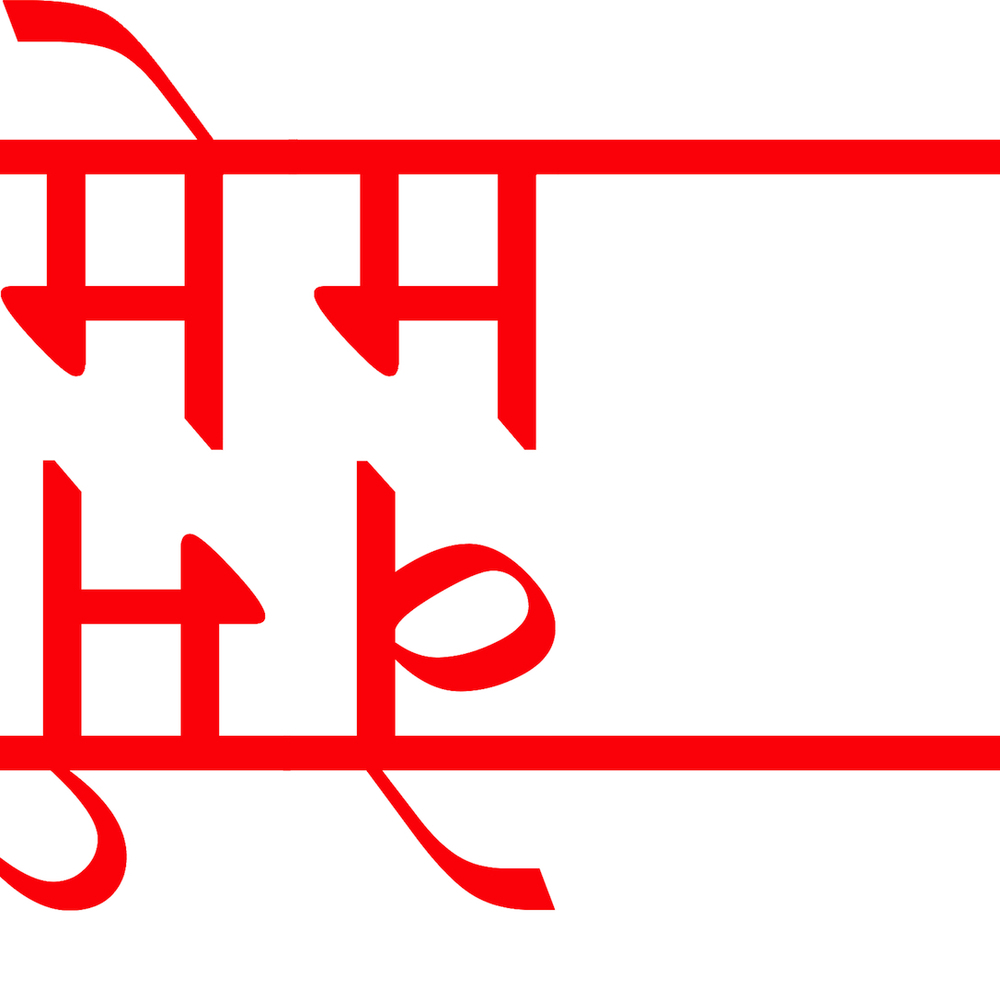
मेम वेर्म

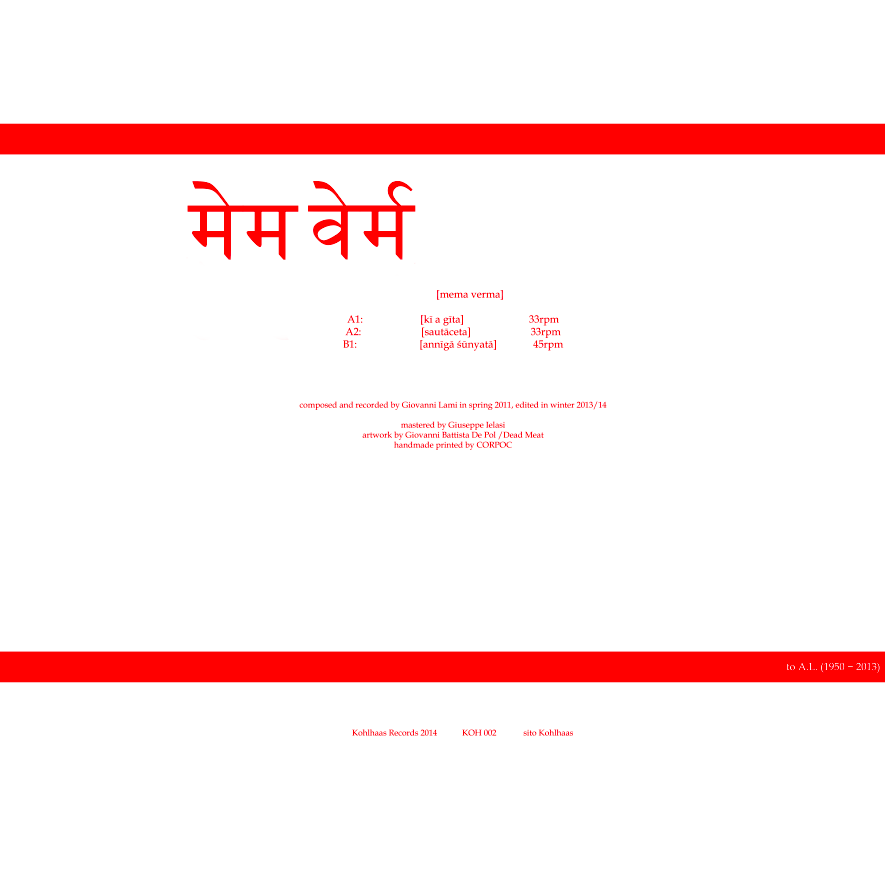
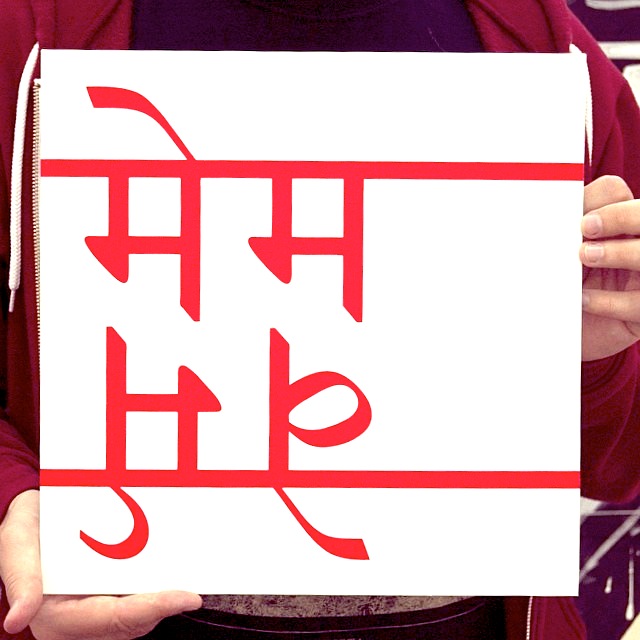

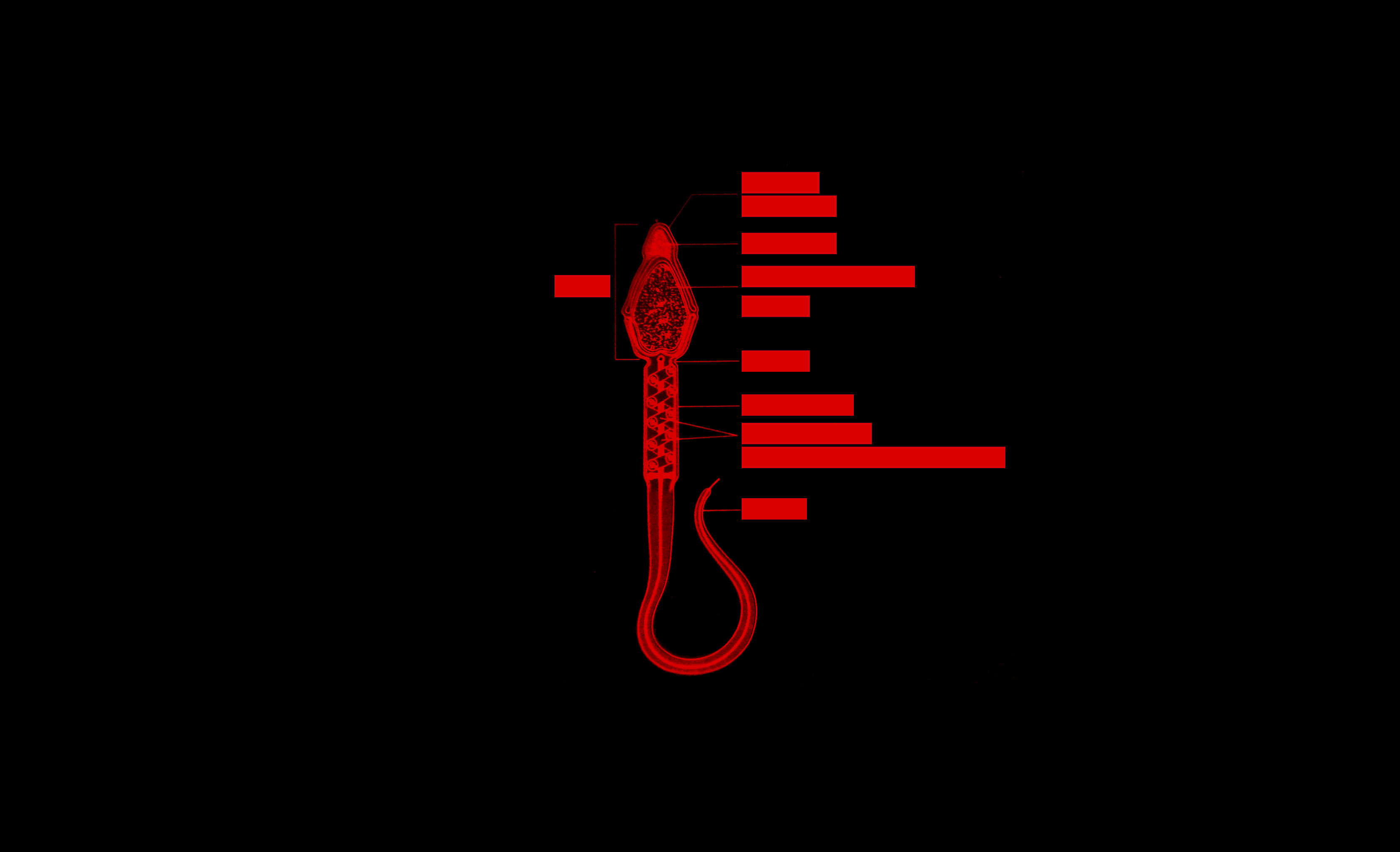
मेम वेर्म
/2014
मेम वेर्म [mema verma] is the final step of a study about an indian shruti box G (low) tuned, mostly used without emitting any note (as in the first two tracks, [kīṭa gīta] and [sautāceta]), sampling and processing the breaths, whistles and noise produced by the reeds. The third track, [annīgā śūnyatā], is the only one in which the shruti is played in a more standard way, as well as its sound was recorded through a set of very old mid-range speakers, later sampled and processed.
Limited edition 12’’ LP
Mastered by Giuseppe Ielasi
Artwork by Dead Meat
Hand screenprinted by CORPOC
Edition of 300 copies
Reviews
The New Noise / 2014
Esteriormente e interiormente ispirato alla cultura indiana, [mema verma] di Giovanni Lami si presenta subito – tramite i suoni/non-suoni dello shruti box – come un viaggio trascendentale e spirituale verso orizzonti sconosciuti. Composto e registrato nella primavera del 2011, mema verma è rimasto chiuso in un cassetto per ben due anni, per poi essere riportato alla luce nel 2013, come un tesoro nascosto destinato ad essere ritrovato. Questo disco, infatti, meritava di uscire allo scoperto perché non è un disco come tanti, ma come pochi. L’lp, dopo essere stato stampato nell’edizione limitata di 300 copie dalla Handle With Care di Berlino, è uscito il 23 maggio per l’etichetta trentina Kohlhaas. Diverso da tutti i lavori finalizzati o pubblicati prima da Lami, [mema verma] è il frutto di collaborazioni interessanti, che hanno rafforzato le idee alla base del lavoro: Giuseppe Ielasi si è occupato della masterizzazione del disco, Giovanni Battista De Pol/Dead Meat ha curato tutta la parte grafica del package, CORPOC ne ha realizzato le stampe serigrafiche, Natália Trejbalová, infine, ha appositamente creato i visual per il live, cercando di mantenere il rimando alla scrittura sanscrita che sta alla base del progetto ed è di importanza rilevante fin dalla copertina. Quest’ultima, infatti, presenta uno sfondo bianco su cui appare la scritta rossa, che – con la prima parola sopra e la seconda capovolta e rovesciata sotto – è la traslitterazione in sanscrito delle parole “mema verma”. Che cosa significano? In realtà non significano niente. Come c’è scritto pure su Bandcamp, sono una sorta di “grammelot” senza senso (ossia intreccio di lingue/dialetti e parole inventate), privo di significato ma di gran gusto estetico. Non solo il titolo dell’album, ma anche i nomi delle tracce, pur essendo tutte parole collegate al linguaggio indiano, sono inventati e non esistono né in Hindi o Bengali, né in altri linguaggi territoriali, eccetto il primo pezzo [kita gita], che significa “la canzone dell’insetto”. Questo nonsense esterno del significante e del significato rispecchia il nonsense interno della composizione: un senso estraneo alla tradizione, ma radicato nell’elettroacustica e in quella pasta sonora di cui si occupa Lami stesso. Senza un senso tradizionale, le registrazioni grezze di mema verma si sviluppano attorno allo shruti box, strumento indiano fatto di legno e con un mantice simile a quello della fisarmonica, che viene suonato da Lami senza emettere alcuna nota, o meglio senza produrre gli armonici che gli sono propri, mantenendo dunque un’intonazione più bassa rispetto agli standard tradizionali. Snaturato, quindi, è come se venisse suonato senza essere suonato, anche se in realtà bisogna continuamente pompare i battiti prodotti dal suo mantice quando soffia. L’originalità sta proprio in quest’utilizzo non ortodosso, che non gli fa fare più semplicemente da accompagnamento musicale come nella tradizione indiana, ma lo eleva a strumento principe. Sono pochi, infatti, i campionamenti fatti al pc, contenenti comunque i soffi e i fischi generati dalle ance e dal corpo stesso dell’oggetto. Inizialmente lo shruti box e il rumore bianco prevalente si confondono: questo fa sì che l’atmosfera si tinga fin da subito di un colore scuro, intriso di una spiritualità molto profonda, se non addirittura ultraterrena. Poi, però, il primo prende il sopravvento e i suoi suoni diventano sempre più rarefatti e corrotti, fino a creare nell’ultimo pezzo un drone grezzo e quasi statico, che dà l’idea di un qualcosa che si deteriora. Al primo ascolto, coi suoi mille suoni-non suoni e le sue mille gradazioni/sfumature, mema verma può scatenare anche reazioni contrarie, ma alla seconda o alla terza riproduzione, nulla sembrerà più come prima. È come se i contenuti acustici di questo disco mutassero a più livelli: se fossero degli oggetti, ad esempio, sarebbero rotti in mille pezzi; se fossero dei colori, invece, presenterebbero diversi valori di gamma; se fossero delle immagini, infine, avrebbero i pixel danneggiati. Come un video di Ryan Trecartin o un film di David Lynch, mema verma riesce a trasformare l’immaginazione in realtà e la realtà in immaginazione. Non basta dunque ascoltare questo disco una volta soltanto, non perché sia troppo difficile da comprendere, piuttosto perché è in continua evoluzione e sembra non avere una fine anche dopo la sua conclusione. [mema verma] è già rimasto chiuso in un cassetto per ben due anni: non merita di rimanere là dentro un secondo di più. (Laura Misuraca)
a closer listen / 2014
Utilizing unintentional and incidental sounds produced with a shruti box, the latest solo work from Giovanni Lami is conceptually coherent and carefully arranged. In the past, we’ve covered his work as half of Terrapin (with Shaun McAlpine) and Lemures (with Enrico Coniglio), as well as an album of field-recordings from an industrial harbor. Though quite different from one another, Lami’s work tends to situate itself somewhere in a tradition of drone and electro-acoustic compositions utilizing extensive use of field-recordings. Similar techniques are at work here but the added tactility of an acoustic instrument means Mema Verma is by comparison a more personal work, and one that is ultimately more cathartic. Lami is an electronic musician, and though he hasn’t abandoned signal processing his extended study of the shruti box has culminated in a very unique record. But first, “what is a shruti box?” I hear some of you asking. More portable than their cousin the harmonium, a shruti box operates according to a similar principle. A bellows is pumped to drive air through reeds to produce a drone, with keys that can be manipulated to alter the tuning. They are usually meant to create a drone to be accompanied by flute or chants in Indian music. Electroacoustic manipulation in itself is certainly nothing new, nor is “extended technique” of an acoustic instrument. What sets Mema Verma apart is Lami’s approach, which is consistent with the techniques and idioms he’s developed throughout his earlier work. In Lemures Lami manipulates fragments of field-recordings in real-time to produce what are often very dense compositions suggesting drone music despite not utilizing conventional tones or sustained notes. In other instances his work seems more a product of the studio, a result of careful editing and composition. Interestingly, Lami seems to be searching for a way to split the difference. Recorded two years ago but re-worked more recently when trying to devise a new live-set this past winter, the work has taken on added significance for Lami, transforming and translating his own personal experiences over this time in tandem with the evolution of the material. As you can see from the videos below, the resulting live manifestation has been successful, but the conceptual rigor of the physical release is worth special attention. The title itself is gibberish, a grammelot with no particular meaning. Popularized in the 1960’s by the anarchist (and Nobel Prize winning) playwright Dario Fo, a grammelot is a kind of satirical language used in theater relying on puns and wordplay. Though the album and song titles may at first appear to have some hidden significance, they aren’t in fact actual words. (Except for the title of the first track, “kita gita,” which means bug song, but whose internal rhyme is consistent with the kinds of word play associated with a grammelot.) One might think that Lami is joking around, or otherwise making a statement about the impossibility of communication or the frustration of true communion. I prefer to imagine that Mema Verma is a call to pay attention to the beauty of the sound itself rather than getting distracted by an attempt to decode some hidden message. Though this shruti box is tuned to a low G (like a harmonica, they come in different tunings) there is very little of the box being played conventionally. The two tracks on the A-side, “kita gita” and “sautaceta,” are composed of processed knocks, breaths, whistles and clicks; the shruti box is never conventionally sounded. Lami teases and coaxes a variety of sounds through manipulating the keys and reeds and otherwise doing everything he can with the shruti box besides playing it conventionally. Well-acquainted with the possibilities of the instrument, he treats it as a physical bank of sound-samples, which are then processed and further manipulated. Despite the origin of the sounds, the resulting compositions sit comfortably within his larger body of work. Most drones are one or more pitches sustained for a long-period of time, and changes often occur very gradually as subtle rumbling pulses waiver or high-end overtones interact in unusual ways. Lami’s shruti noises instead build in density, until the almost claustrophobic layers gradually attain the status of concrete-drone. The entire record is a metamorphosis of the same idea, as the concrete sounds of the A-side give way to the drone of the shruti box finally actualized on the B-side. When on “anniga sunyata” we finally hear the drone of the shruti box, the feeling is one of catharthis. The recordings of the box were played back through a cheap old mid-range speaker, further filtering the color of the drone. Both sides are masterful explorations of the blurred sonic spaces of concrete sounds and electronic processing. Available digitally, I’d encourage interested listeners to pick up a copy of the limited 12”, which is quite stunning. The third release on the new Italian label Kohlhaas, the record itself features a text-less black label on black vinyl, making it difficult to know which side is being played (without squinting in the light to read the tiny scratches on the inner ring). This is especially interesting as the A-side is cut at 33rpm and the B-side at 45rpm. Mastered by Giuseppe Ielasi and cut by SST, the record sounds pristine. Designed by DEADMEAT and screen-printed by CORPOC, the artwork will give you something nice to puzzle over while getting lost in Giovanni Lami’s most personal work yet. (Joseph Sannicandro)
SentireAscoltare / 2014
[mema verma] è il nuovo lavoro di Giovanni Lami, compositore del giro AIPS e già noto da queste parti per il lavoro come Terrapin in coppia con l’americano Shaun McAlpine (uscito per Fratto9). Ora Lami torna con un lavoro particolare, edito in vinile limitato a 300 copie e serigrafato da CorpoC, in cui lavora di modificazione e processing digitale su un solo strumento acustico: uno shruti box su cui ci si è concentati campionando e riprogrammando soffi, fischi, rumori prodotti dallo strumento, al fine di annullare via via il suono in favore di un droning (e)statico. L’album, il cui mastering è opera di Giuseppe Ielasi, uscirà a fine maggio per Kohlhaas e SENTIREASCOLTARE ve lo offre in anteprima nella pagina dedicata. (Stefano Pifferi)
Sound and Silence / 2014
La busta che racchiude questo vinile fa pensare a Keiji Haino, seppure il bianco latte dello sfondo non sia proprio usuale nella sua produzione, ma le note che accompagnano il disco mettono presto le cose nella giusta luce: il bel geroglifico che si lascia ammirare non è affatto in caratteri giapponesi bensì si tratta di scrittura sanscrita, seppure si tratti di un assemblaggio di termini volutamente privi di significato. Il bel cartoncino che si trova all’interno della busta rimette le cose in ordine, almeno in senso keijiano, con i bei graffiti rossi, su sfondo totalmente nero. E il nero, ad esclusione della busta esterna, è comunque il colore che domina tutto il disco. Fonte dei suoni è uno shruti box - nella presskit ci informano che ha un’intonazione più bassa rispetto alle tradizionali versioni indiane dello strumento - ma le registrazioni grezze sono poi state sottoposte a un’elaborazione digitale. I due titoli del lato A (da ascoltare a 33 giri) sono più rumorosi, composti essenzialmente da suoni che confondono le idee creando un senso di frantumazione, laddove si tratta invece di ricomposizione. Il primo dei due tende più a sonorità grumose e/o dark-ambient mentre il secondo si distende a ricordare le più classiche tempeste elettro-acustiche. Giovanni Lami non è però uno spaccamattoni, tipo F.M. Einheit, ma è un costruttore che, pietra dopo pietra, finisce per dare spago allo splendido bordone del secondo lato (da ascoltare a 46 giri), un continuum simil-organo o aimil-harmonium. Si tratta di una musica essenzialmente minimale e minimalmente essenziale, a partire dalla strumentazione utilizzata per finire con l’organizzazione ultima dei suoni. [mema verma] è parzialmente in linea con le produzioni discografiche di questa fase storica, dove la particolarità della confezione e dell’oggetto sembra più importante dei contenuti musicali, ma nel suo caso la qualità della musica proposta rispetta la bellezza dell'aspetto esteriore. Il risultato è un LP diretto sia ai collezionisti di vinile sia agli ascoltatori particolarmente avventurosi e raffinati. Chi ha buon orecchie ne tragga le conseguenze.
Carnage news / 2014
Essenziale, circoscritto, analitico, concettuale, pura forma acustica. Giovanni Lami dedica un intero studio all’utilizzo di un solo strumento: “uno shruti box con intonazione più bassa rispetto ai tradizionali indiani è principalmente usato senza emettere alcuna nota, ma campionando l’elaborazione dei soffi, dei fischi e rumori generati dalle ance e dal corpo stesso”. Lami mette in guardia con semplici parole razionali nel comunicato stampa del suo disco. Allontana l’ascoltatore, lo prepara a qualcosa che sta appena prima dell’elaborazione auscultante, dell’abitudine, dell’armamentario uditivo normale, ma nel contempo invita chi sta al di qua della produzione musicale col titolo in sanscrito [mema verma] che non significa nulla, puro suono, flatus vocis, un “grammelot”, come lo definisce Lami stesso). La materialità della sorgente sonora si sfibra diventando sempre più intellegibile (verrebbe da usare il termine antipatico “noumenico”, calzante, per definire ociò che sta oltre il fenomenico, il sensibile) e nonostante tutto rimane esperibile. Le tracce che compongono il disco sono tre: [kita gita], [sautaceta], [anniga sunyata] (l’alfabeto non rispetta la grammatica originale del disco). Ronzii di fondo, onde che si sormontano nel primo capitolo, fruscii e colpi nel secondo con evoluzioni risonanti, ai limiti dell’angelico, droni in espansione nel terzo, come prove d’orchestra prima dell’effettivo concerto: una breve descrizione che nemmeno lontanamente si avvicina alla realtà del disco, e di questo vi chiedo scusa. Ma Mema verma, così come concepito, chiude a sé il proprio universo, barricandosi ai limiti dell’apofatico – e questa è grossa parte del suo fascino, come la specifica della velocità delle tracce contenute nel vinile (33 RPM per le prime due e 45 RPM per l’ultima; 300 le copie fisiche disponibili). Giovanni Lami (1978) è un field recordist e musicista che lavora all’interno del soundscape della ricerca elettroacustica e della sound-ecology. Con una numerosa produzione alle spalle, non solo come musicista, ma anche come fotografo, con un’invidiabile curriculum di live per il mondo, il Nostro ci fa esplorare il limite dell’acustico, dell’udibile, molto prima del musicale – che poi si sancisca che cosa sta prima e oltre ciò che può essere definito musica, non è affar mio, è una costruzione culturale, un retaggio, un’eredità e una maturità che ognuno coltiva in maniera propria, in barba al cosiddetto “pensiero collettivo”. Insomma, propongo l’invito: “ascolta questo”. (Riccardo Gorone)
Rumore / 2014
[...] E, giusto per ribadire, spostandoci nella medesima direzione ma passando dall'asse temporale a quello spaziale: persistiamo nella scelta di field sonoro e attitudinale di voler stare con i musicisti post-salgariani che stanno in compagnia delle Indie piuttosto che accompagnarci ai Capitan-Fracassa della compagnia delle indie italiote. Spazio quindi a musicisti-musicologi come Giovanni Lami che, con il 12" Mema Verma, rende una nuova testimonianza del suo moto perpetuo di luogo sonoro in luogo sonoro. Il disco si focalizza sulle sperimentazioni non convenzionali legate ad uno strumento indiano, lo shruti-box, e allo spaesamento acustico da esse prodotte: un disco ostico ma anche gnostico (semicit.) che proprio per questo ci piace. (Marco Pecorari)
Blow Up / 2014
Costruito come un lavoro di indagine acustica attorno ad uno strumento unico, processato digitalmente, [mema verma] è la testimonianza dell'immersione dell'autore in un continuum in cui il suono assume molteplici declinazioni nella scala di gradazione tra pieno e vuoto assoluto, tra spessore materico ed ineffabilità dronica. L'oggetto sonoro attorno al quale si costruisce quest'esperienza acustica è uno shruti box con intonazione più bassa rispetto ai tradizionali indiani, che viene esplorato quasi sempre senza l'emissione di note, ma restituendo le risonanze, i soffi, i sibili, gli echi delle ance e del corpo dello strumento. Nelle tre tracce del disco, il rapporto tra costituente strumentale e componente dronica evolve dal perfetto equilibrio iniziale verso una progressiva dissolvenza del rumore in una rarefazione che tende all'inerzia, nei minuti finali, attraverso un climax atmosferico di particolare suggestione. "Avevo davvero voglia di provare a scardinare l'immaginario legato all'elettroacustica in generale, o a questo tipo di ricerca sonora, considerata dalle masse così inaffrontabile, scura", ha dichiarato recentemente Lami. La sensazione è che quest'album, nella sua immediatezza poetica, nel suo saper raccontare di "dettagli in mutazione", nella sua capacità di "spostamento dei piani", non solo nel suono ma anche nelle forme, riesca a restituire all'ascoltatore l'impressione di linearità e luminosità che è alla base del processo di ricerca estetica e sonora messa in atto dal compositore ravennate. (Leandro Pisano)
-

Crimini d'Odio

Crimini d'Odio
/2015 - C50
Mise En Abyme is the new project by Cristian Naldi (already in FulKanelli and Ronin) and Giovanni Lami.
Two different backgrounds and attitudes to create something new, one and constantly evolving.
From French [miz‿ɑ̃n‿abim] = "Put within the infinite”, the project is inspired by the technique used in cinema, visual arts and literature, where one image contains a smaller copy of itself, potentially repeating forever. In Mise En Abyme’s music this creates loops and melody fragments that stratify into complex compositions.
Black cassette limited to 100 copies
-
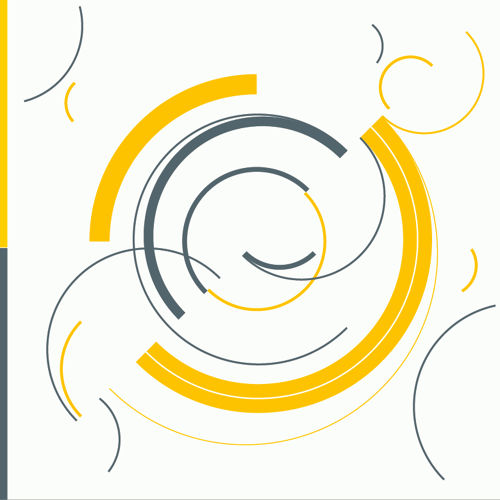
Ratti / Lami 7"

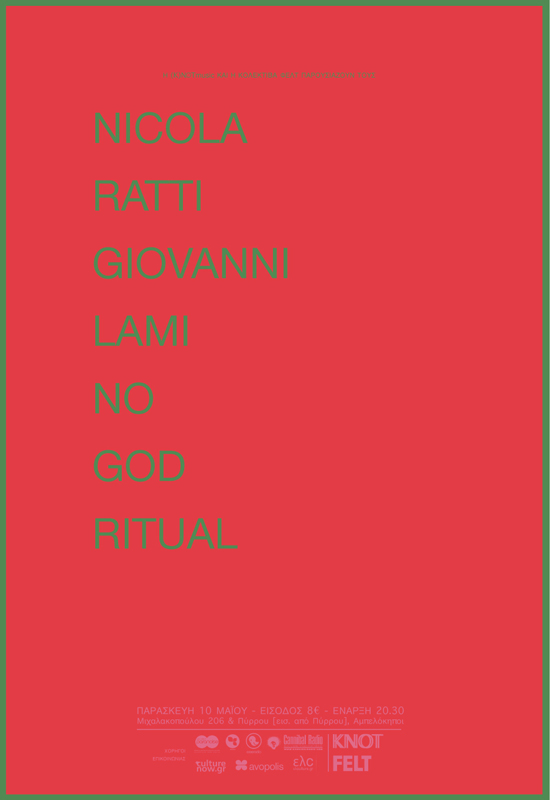
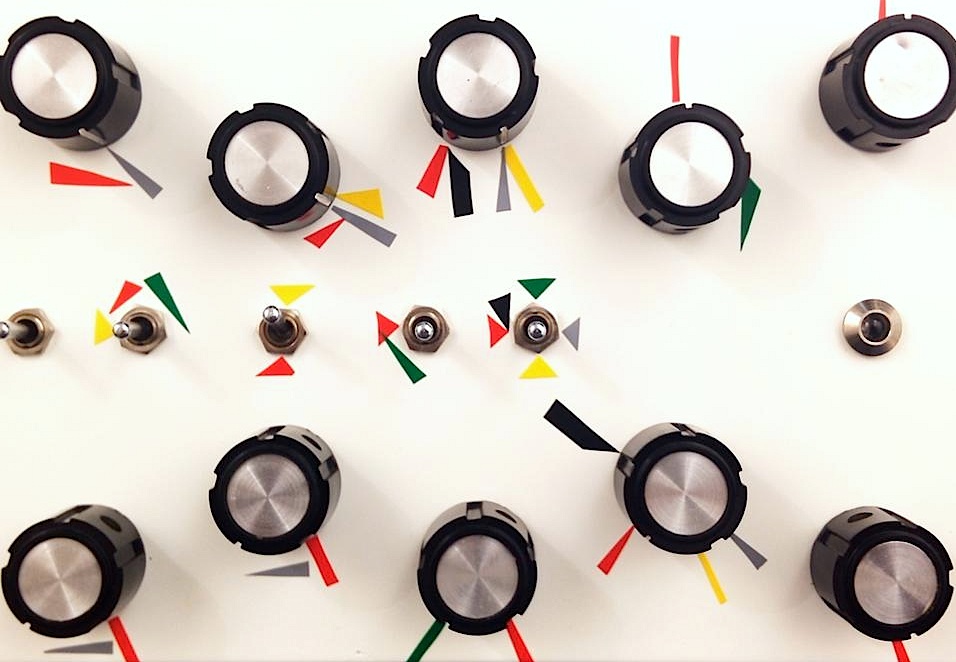
Ratti / Lami 7"
/2014
Granny13 opens with Nicola Ratti's 'Odd Doubt'. With the use of a modular system and tape loops, a broken rhythm is obtained by parallelism between single sound signals as LFO one or processed tapes.
On the second side, Giovanni Lami's 'Johnny Leech' is made with a small bunch of equipment, just a chaotic hand-made synth (cacophonator) and a memoryman, working mainly on static electricity and leakage current in the synth used without any kind of power supply.
Mastered by Giuseppe Ielasi
Artwork by Opora
Cut at SST
150 hand-numbered copies
Reviews
The Wire / 2014
Two Italian musicians share a split single of glitchy fun and everyone goes some happy. Lami’s piece uses a defective unplugged synthesizer to make huzzing chitters that have a kind of rhythm in spots. Ratti’s contribution is a bit more structured – it sounds like a record of accordion miniatures broken into pieces, then glued back together with little pieces of felt stuck onto it. Which would definitely be a pretty hep thing to hear.
Textura / 2014
Some releases qualify as art objects as much as musical collections, a case in point this recent seven-inch vinyl outing featuring material by Nicola Ratti on one side and Giovanni Lami on the other. That shouldn't be interpreted to mean that the musical content isn't worthy of one's time, as it assuredly is, but more to emphasize how striking the sleeve artwork by Opora is and how effectively it complements the musical content. Mastered by Giuseppe Ielasi and issued in an edition of 150 copies, the release opens with “Odd Doubt,” a concise experimental setting by the Milan-born Ratti, who's issued material on labels such as Anticipate, Preservation, Die Schachtel, and Entr'acte and who's presently working with Ielasi in the project Bellows, with Attila Faravelli as Faravelliratti, and with Enrico Malatesta and Faravelli in ~Tilde. Though Ratti started out as a guitar player, his current focus is more on beat-analog experimentation and sound installation. In “Odd Doubt,” Ratti's modular system and tape loops generate broken rhythms that varyingly call to mind dub-techno, even if dub-techno of an extremely wonky variety. Off-beat chords, crackle, and snare strikes add to the dubwise flavour of the material, though ultimately it registers as more of an experimental exploration than straight-up dub exercise. The flip side features “Johnny Leech” by Lami, a one-time photographer now known as both a field recordist and a musician focusing on soundscaping and sound-ecology. In his contribution to the seven-inch, Lami's “chaotic hand-made synth (cacophonator) and memoryman” give birth to blustery smears of static electricity that ultimately mutate into an Oval-like array of ripples and scratches. “Johnny Leech” is so removed from anything conventionally musical, it makes “Odd Doubt” sound like a Top 40 pop song. Like Ratti's piece, Lami's is short, so short, in fact, it gives the impression of being an excerpt from a larger sound art work. Here's a release where the abstract nature of the musical content matches its visual presentation.
Vital Weekly 951 / 2014
Granny Records is from Greece, but the two musicians here are from Italy, of which I don't I heard from Giovanni Lami before. His piece is called 'Johnny Leech' and he uses a hand-made synth known as the cacophonator and a memory man (a delay machine), 'working mainly on static electricity and leakage current in the synth used without any kind of power supply'. It makes up for a nice piece of chaotic lo-fi sound, which is put forward through methods of improvisation. Quite a nice piece and it fits the format very well. The crackling of vinyl surely adds an extra layer. Nicola Ratti uses a modular synth and tape loops, of what seems to be percussive material, but the rhythm is broken down and the whole thing has a nice gentle feel to it, even when it bumps, clicks and glides, but the synth makes it more subtle. Here too one could say this perfect for a 7": one doesn't have the idea that this is cut from a longer part as is not unusual with this kind music. Especially Ratti seems to have worked out his music as a composition, which is very nice. (FdW)
-

WMfY


WMfY
/2012
WMfY stands for Weird Music For Yoga and whilst at first glance seeming conceptually odd, it is in fact quite simple. It is music composed for a yoga practice that Giovanni is performing in yoga schools.
It's "weird" because it is not related in any way to the kind of music you would normally associated with yoga, such as "new age" or "ethnic" sounds. Instead, Giovanni's take on it treads a darker path than what you'd normally relate to yoga and meditation.
It was performed using lots of sound sources and centered around a laptop. The sound pallette includes acoustic instruments such as a shruti box, two singing bowls, a kalimba processed through contact mics or dynamic mics, some "noise boxes" (hand made boxes made of different materials with a small speaker inside, placed around the room and controlled through DAW), analog effects and a mixer used to control each track.
This small work is compiled specifically for Audio Gourmet and fits perfectly with our original concept of fifteen minute EPs; it's not a fraction over or under fifteen minutes. Normally when Giovanni performs this music for the practice of yoga, everything is longer and more relaxed in time, yet for WMfY, everything was recorded at his studio with the timeframe constraints Audio Gourmet releases apply specifically in mind. Almost immediately an idea came to mind: as you may notice from the names of each track, they are loops. You can listen to each of them in loop and they will not have any end, this is why the start could seem strong in some way. Perhaps they could be referred to mantras if you prefer although Giovanni prefers to distance himself from the word, instead calling them 'cycles'.
The work is best listened to at mid/low volume without headphones if possible, as this is the intended setting that the artist recommends for the best response.
So whilst this EP could be deemed too short for the practice of yoga itself, Giovanni Lami has cleverly woven in the capacity for them to be transformed into 'cycles' that are suitable for yoga sessions in the form of loops. Listened to in their standard form, as an Audio Gourmet EP, it is indeed weird music for yoga since the period of relaxation is over all too soon...
Cover and tracks pictures by Mustafa Sabbagh
-

in sirenis

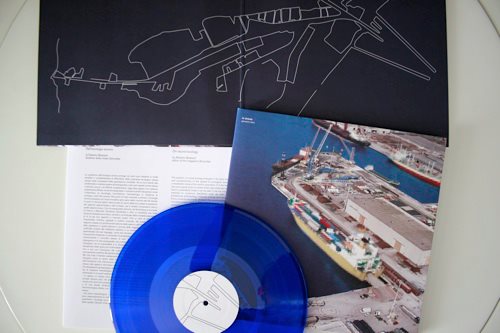

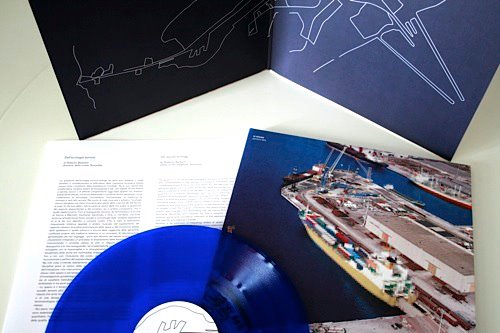

in sirenis
/2012
Siamo spesso portati a considerare “rumore” tutti i suoni che quotidianamente ci circondano, ma l'idea di un paesaggio naturale incontaminato, o di eventi sonori puntiformi isolati dal contesto è irrealizzabile ed innegabilmente limitante; tutto ciò che è artificiale è ormai parte integrante del paesaggio visivo e sonoro contemporaneo, a volte quasi un suo sinonimo.
Nell’area portuale di Ravenna zone ampiamente industrializzate intersecano ampi specchi d'acqua, l'attività umana, la movimentazione delle merci e delle navi, l'antropizzazione in generale, affiancano zone umide protette.
Il progetto proporrà questi suoni all'interno della città (una città fisicamente distante), completamente decontestualizzati da una visione che permetta di associarli a qualcosa di preciso, e parzialmente processati, accompagnando l'ascoltatore all'interno di una realtà spesso sconosciuta ai cittadini e mai affrontata attraverso il suo paesaggio sonoro. (Roberto Barbanti)
Mastered by Giuseppe Ielasi
Artwork by Emilio Macchia
Printed handlewithcare.de | cut: 45rps at SSL
Recorded in 2012
LP available at Danilo Montanari Editore
Reviews
a closer listen / 2012
When we think of field recordings, we typically think of nature: streams, birds, farms and the like. But we don’t often think of the sounds surrounding nature, especially the intrusions of pedestrians and machinery. A jet may pass overhead, or a factory may be recorded for its sonic properties, but most field recording artists seek to remain “pure” to the fullest possible extent. For this reason, it’s a joy to hear a piece like the two-part in sirenis, an album recorded on blue vinyl that reflects not only the blue of water, but that of mood: a mood engendered by sonic pollution and the disappearance of natural sonic environments. Instead of avoiding potentially divisive sounds, Giovanni Lami (last reviewed here as half of Terrapin), embraces them, allowing them to have full inclusive rights. The result is that in sirenis, while recorded in a harbour, does not exactly sound like a harbour. The water – the entire raison d’existence of both the harbour and the recording – is sublimated in the mix, to the point that it seems like an afterthought. In the end, the water itself is drowned. There’s a danger to this sort of recording: the threat that compositional and processing choices will produce a piece so alluring that listeners will say, “hmm, I like this piece a lot better with all of the industrial sounds incorporated. Who needs nature anyway?” To a certain extent, this does happen here; at the very least, listeners are led to draw their own conclusions. But there’s no mistaking the intentions of the artist, who laments the loss of so much natural space. And so, in addition to the sounds of gulls and creaking boats, we also hear hammering, conversation and drone – the latter effect arriving at the beginning and end of each side, although much more on the second. This sound, despite its threatening nature, is thrilling; but the thrill is in knowing that it is part of a limited sonic presentation, rather than an inescapable pummeling experienced by those on site. Noise is often defined as “sound we can’t control”, and while a record is tamable, a harbour industry is not. At the end of each side, following an ascent into cacophony, the sound abruptly ends. This choice reflects the artist’s desire for listeners to notice their own sonic habitats. The first seconds following such sound seem nearly null – negative spaces created by the conflict between sound and seeming silence. And then the world rushes back in, soft or loud, lulling or distracting, depending on one’s surroundings. Like the siren of its namesake, in sirenis draws us in, close enough to crash, and invites us to contemplate the cost of its allure. (Richard Allen)
-

Killing H.F. Harlow

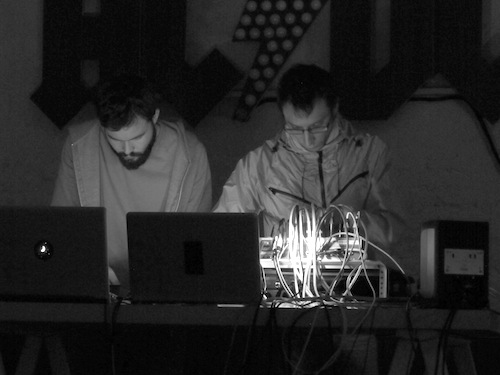
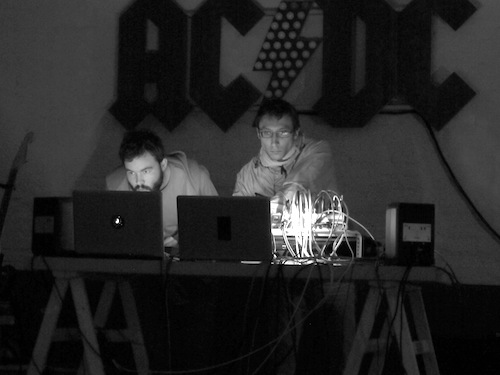
Killing H.F. Harlow
/2012
w/ Shaun McAlpine as Terrapin
This work comes from some recording sessions in Giovanni’s Studio. Later subtlety edited without any overdubs, just choosing the most suitable parts, noticing something evolve from the session, forming a solid arrangement.
The fundamental idea behind the project is leading people against vivisection, holding an historical vivisectionist in psychology, Harry Frederick Harlow, as example of brutality, anthropocentrism, speciesism and destructive practices against animals; in 50's and 60's conducted tons of experiments on Rhesus monkeys. "The effects of 6 months of total social isolation were so devastating and debilitating that we had assumed initially that 12 months of isolation would not produce any additional decrement. This assumption proved to be false; 12 months of isolation almost obliterated the animals socially… (1965)"
Keeping these issues in mind through out the project and beyond.
Mastered by Giuseppe Ielasi
Released by Fratto9 (fratto018)
Reviews
SentireAscoltare / 2012
È introdotto dal lungo drone di A Death A Day/Intro, Killing HF Harlow, l’esordio di Terrapin per la interessantissima collana Microcosmos della Fratto9. Incentrato su una sorta di concept sulla vivisezione e ispirato alle malefatte compiute sui macachi dallo psicologo americano Harry Frederick Harlow – ricerche sugli effetti della separazione tra cucciolo e madre e sulla privazione della libertà tramite isolamento, nello specifico – il breve lavoro del duo italo-americano composto da Giovanni Lami e Shaun McAlpine gioca di fino con field-recordings e riprocessamenti live. Il fine, perfettamente riuscito, è quello di fornire una delicata tessitura che nella sua alienante impalpabilità e, a tratti, nella sua mefitica evanescenza, porta con sé un latente senso di minaccia e, per forza di cose, isolamento. Suoni che evocano immagini con cui si manifesta uno stato d’animo: pareti fredde, colori asettici, ambienti ristretti rimandano necessariamente al silenzio, rotto solo da qualcosa di inumano e cupo come clangori post-industriali, sfrigolii elettroacustici, briciole di saturazioni noise (la coda di A Death A Day), squarci di black ambient e pulsazioni meccaniche (St. John's Wort). Un lavoro breve ma intenso e coinvolgente, pervaso da una sana passione animalista e anti-vivisezione oltre che da una ottima ricerca sui suoni che rende al meglio la forte idea concettuale di base. (Stefano Pifferi)
a closer listen / 2012
Vivisection would have been too good a fate for HF Harlow, whose isolationist experiments with Rhesus monkeys may have singlehandedly inspired the animal rights movement. If Planet of the Apes were to become real, he’d be the first to go. Harlow’s experiments are the starting point for this collaboration between like-minded artists Giovanni Lami and Shaun McAlpine, whose separate work each inspired the other and brought them together as Terrapin. The project’s unique aspect is that its combination of analog and digital is first played live, then edited without overdubs. The resulting sounds are immediate and immersive, rather than removed. Immediacy is needed to dive into this tension, this affront to nature. The field recordings heard may well be the sounds of tortured monkeys: high-pitched, panicked wails met by copious clicks and clankings, like those of surgical instruments tossed carelessly on a metal tray. The drones may just as likely be the hums of refrigerator units or generators. The not-knowing makes the fear seem real; one yearns to come to the rescue, but realizes that all this has happened long ago, and that we have all arrived far too late. The music comes across as incredibly effective, a mixture of drone, electronics and other mysterious sources that may include gong, alarm and metal sheet. Static is a frequent visitor, as is warble; these are not melodic tunes, but impressionistic. Killing HF Harlow sounds like a factory and a laboratory all at once, offering chronic noise and constant danger. The inner workings of the monkeys’ minds are difficult to fathom, but the ear’s inability to find familiarity seems a reasonable echo. Whenever the bass begins to repeat, the sense of impending menace grows like the shadow of a corrupt surgeon falling across a patient’s window. These tones may offer remembrance, but are purposely devoid of warmth. A soft sympathy develops only in the final track, as the duo demonstrates what the doctor did not: a touch of mercy, an understanding that the mind can only take so much and should not be pushed. As performers, Lami and McAlpine may have discussed the ending and decided that some non-florescent light needed to be added in order to move the project from dirge to devotional; in this they have succeeded. We are sickened all over again, but at the same time, our faith is renewed; the disgraced doctor, cast out by the world, experienced a different brand of isolationism before his death, and one might posit that an inevitable karma came into play. (Richard Allen)
Sodapop / 2012
Devo ammettere che all'inizio avevo sottovalutato questo disco, infatti si tratta di un lavoro molto calibrato e subito mi ero perso nella parte tecnica, notando che Giovanni Lami e Shaun McAlpine hanno fatto un gran lavoro di processo dei suoni, ma quello che è più notevole è che sono riusciti a creare delle atmosfere molto calde per un genere di musica che dovrebbe essere tutt'altro che caldo. Lami e McAlpine lavorano con suoni digitali ed analogici, distorsioni leggere, sibili digitali e piccoli pulse di basso che puntellano lo spazio sonoro. Questa branca della Fratto9, che ha già dato alle stampe gli ottimi lavori di Alberto Boccardi e di Luca Sigurtà, si dedica a musiche "altre" più vicine a gente come Ben Frost, Oren Ambarchi, alla Touch e a generi che spesso si adattano maggiormente ad una galleria d'arte contemporanea invece che ad una sala da concerto. Non si tratta eslcusivamente di un disco drone e neppure di un lavoro ambientale, infatti, al di là dei tappeti sonori che crea, Killing HF Harlow talvolta trova spazio per micro beat elettronici e per ritmiche appena accennate. E' un peccato che non avessi sentito parlare di Terrapin prima d'ora, il disco è un ottimo lavoro, a tenere fede alla qualità sonora un mastering di Giuseppe Ielasi che suona quasi come una benedizione, soprattutto se si pensa a dischi come Tools o altri lavori per la 12K in cui Ielasi ha attraversato campi non troppo distanti da questi. Le field-recording non sono mai riconoscibili in quanto tali, quindi non aspettatevi un lavoro a metà fra la sonorizzazione di un documentario o qualcosa in cui il suono sia sovrastato da registrazioni ambientali. Le basse e le frequenze medio acute (molto tenui) la fanno da padrone, ma tutto in modo molto discreto, quindi niente effetto "lasagna" con una sovrabbondanza di strati e neppure un lavoro estremamente freddo. Brani senza troppa fretta di arrivare al climax del pezzo, per un disco con poche melodie che comunque riescono ad essere efficaci. (Andrea Ferraris)
The New Noise / 2012
Nel riprendere un tema animalista, i due Terrapin sembrano quasi riallacciarsi alla vecchia tradizione industrial: Harlow era uno psicologo che utilizzava scimmie per i suoi esperimenti, separandole dalla madre subito dopo la nascita, allo scopo di vedere di che cosa avevano davvero bisogno e come questa situazione inusuale influisse sul loro comportamento. Il disco è l’esito dell’editing di una serie di improvvisazioni di Giovanni Lami (lo troviamo in Lemures assieme a Enrico Coniglio) e dell’australiano Shaun McAlpine, durante le quali i due hanno utilizzato come sorgente sonora field recordings, suoni digitali e anche strumenti analogici. La prima parte del disco è molto essenziale e cupa, con qualcosa di rugginoso però, tanto che forse potrebbe essere avvicinata ai Wolf Eyes più ambientali. Sulla base dell’impulso concettuale fornito, si finisce per associare queste atmosfere all’approccio spietato di quello psicologo. La seconda parte del disco sembra avvicinarsi a soluzioni più “dronegaze”, quindi da un lato allenta la tensione iniziale, ma dall’altro sfocia in frangenti più rumorosi, per quanto non d’assalto. Il perché di quell’intermezzo più “sollevato” sta nel titolo della terza traccia, che – Google alla mano – è riferito a l’erba di San Giovanni, che ha proprietà antidepressive (qui ci si collega alla caduta nell’apatia delle scimmiette private del conforto materno). Sei tracce per ventitre minuti nel contesto di un genere che di solito chiede molto tempo per espandersi e svilupparsi: Killing HF Harlow ha i suoi momenti buoni, peccato che duri troppo poco per riuscire a ingoiare l’ascoltatore. Speriamo che Giovanni e Shaun possano proseguire la collaborazione, perché la stoffa c’è. Nota a margine: ancora un grande lavoro di packaging a firma Fratto9. (Fabrizio Garau)
Ondarock / 2012
Curate nel concept grafico e sonoro, le uscite di fRaTto9 uNdeR tHE sky si stanno affermando come vero e proprio standard produttivo nell'ambito del mercato delle piccole label nostrane. Non fa eccezione alla regola questo "Killing H.F. Harlow" di Terrapin, progetto impro-elettroacustico messo su da Giovanni Lami e Shaun McAlpine. Frutto di una session di registrazione risalente al tardo 2011, di cui sono state scelte le parti più compiute (ed editate senza overdubs), le sei composizioni di "Killing H.F. Harlow" veicolano un concept sonoro-immaginifico ben preciso, ossia una riflessione sulle pratiche della vivisezione. Prendendo come spunto l'attività discutibile di Harry Frederick Harlow, psicologo statunitense che, negli anni Cinquanta e Sessanta, condusse centinaia di esperimenti sulle scimmie Rhesus al fine di capire quali danni subissero i cuccioli di scimmia a causa del distacco dalle loro madri in età precoce, Terrapin dà vita ad una musica asciutta, plumbea in quanto quintessenzialmente chirurgica. Ogni singola nota sembra calibrata per conferire al suono un senso di costante instabilità, e in questo contesto i field recording forniscono una sorta di effetto-realtà, contribuendo in tal modo ad accrescere la sensazione di morbosità del tutto. E, mentre i pezzi scorrono, sembra davvero di stare in un vero e proprio laboratorio - se ne percepiscono l'isolamento e l'assenza di umanità. (Antonio Ciarletta)
etherreal / 2012
La scène italienne électro-acoustique, régulièrement évoquée ici, étant un petit monde, c’est assez logiquement qu’on peut tracer des liens entre ses différents intervenants. Ainsi, au moment d’entamer l’écoute du premier disque de Terrapin, on se rend compte que le duo se constitue de Shaun McAlpine et Giovanni Lami, ce dernier faisant partie d’un autre duo (Lemures) qu’il forme avec Enrico Coniglio, musicien très suivi de ces pages. Proposé sur Fratto9 Under The Sky Records, Killing HF Harlow part de la figure de Harry Harlow, psychologue états-unien connu pour ses travaux sur la mise en isolation de jeunes primates, destinés à mesurer l’importance de l’accompagnement maternel dans leur évolution. Musicalement, peu de rapport entre ce personnage et l’ambient sombre et improvisée que nous proposent les Italiens, sinon qu’on pourrait connecter l’enfermement des macaques et la part sombre, voire anxiogène, des instrumentaux du duo. De fait, sur des nappes grésillantes fortement traitées, les deux musiciens disposent d’autres saturations afin de concocter des textures travaillant évidemment cet aspect opaque. À certains endroits, des rythmiques plus rapides sont intégrées (la fin de St. John’s Wort) ou bien une note grave est incorporée (Coralina) mais, assurément, le tout reste fortement torturé. La brièveté de la proposition (vingt-deux minutes et six morceaux) permettant tout juste d’apprendre à connaître Terrapin, c’est à un prochain disque qu’on renvoie une véritable appréciation du travail des Italiens. (François Bousquet)
oltre il suono / 2012
Brevissimo album della durata di poco più di 20 minuti, costituito da porzioni di registrazioni live selezionate e opportunamente “riassemblate” senza ulteriori sovraincisioni di sorta. A partire da un “concept” che suggerisce una riflessione sul tema della vivisezione citando (o meglio “uccidendo”…) nel titolo lo storico e crudele vivisettore H.F.Harlow (a quando un secondo capitolo ispirato al “nostro” Silvio Garattini?), la musica si snoda lungo un lugubre percorso dominato da suoni oscuri, profondi e inquietanti, caratterizzato da movimenti lenti e progressivi, a volte scanditi da pulsazioni ritmiche artificiali che dipingono perfettamente l’orrore delle pratiche vivisettive e l’agonia delle vittime di questa abusata, disumana e anacronistica pratica di “sperimentazione” scientifica. Se già a metà degli anni ’70 Hans Ruesch nel suo libro “Imperatrica Nuda” condannava tali pratiche denunciandone con argomentazioni inattaccabili anche i pesanti limiti e la sostanziale antiscientificità dei metodi, stupisce ancora di più che a quasi 40 anni di distanza ci si trovi a dover parlare di questo argomento, che una società che si vorrebbe presumere “civile”, moralmente e tecnologicamente “avanzata”, dovrebbe aver già “archiviato” da tempo. Consoliamoci pensando che è anche “grazie” a ciò che potremo comunque goderci questo ispirato e ben realizzato album di oscura e toccante musica drone-dark-ambient-elettronica-sperimentale, che avrei soltanto desiderato essere di durata un po’ più “generosa”. (Giuseppe Verticchio)
Progress Report / 2012
On Fratto9, a label with close connections to the Italian experimental label Boring Machines duo Terrapin has brought out Killing HF Harlow. Harlow was an American psychologist doing devastating experiments with animals investigating effects on their social behavior. Possibly the controversial nature of the experiments have played a role in the rise of the animal liberation movement The ep (the 6 tracks span approximately 23 minutes) is best seen as a stunning attempt to rewrite a piece of recent history by slandering a scientist responsible for abusing animals (social isolation of infant rhesus monkeys more specifically) in the name of human progress. According the title and the accompanying information this recording is an attempt to obtain new attention for the experiments carried out by Harlow, and listening to the clinical character it could be interpreted as an aural report of isolating and even torturing the person. A sinister approach, especially after realizing that Harlow has been dead since 1981. The electronic abstract compositions are dark and bleak and more than once reminded me of the isolationist ambient genre that was popular during the nineties. Terrapin are Giovanni Lami and Shaun McAlpine releasing their first work on the Italian label Fratto9, and the Italian connection does not stop there, as the music on Killing HF Harlow is not too different than for example composer Tricoli, when he is in a more relaxed mode. Creepy electronics, sonically inert with deep bass, murky atmospheres and the absence of vocals make for a trip to easily slip into a white fog of paralysis. (PvdG)
-
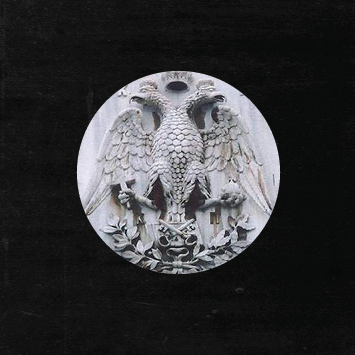
split C-40
Felt Collective

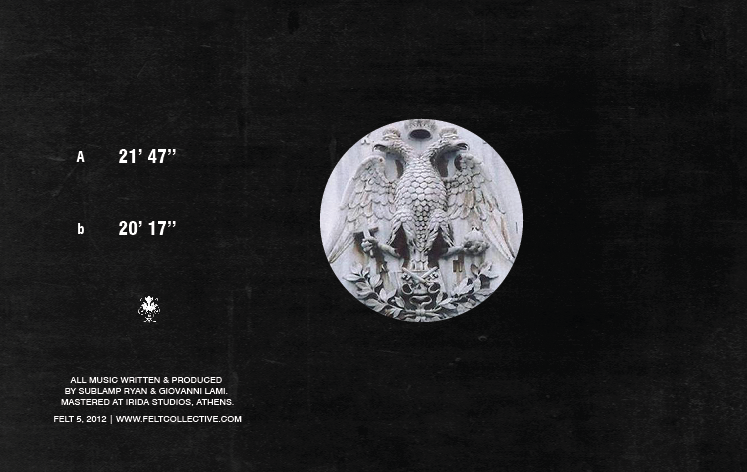
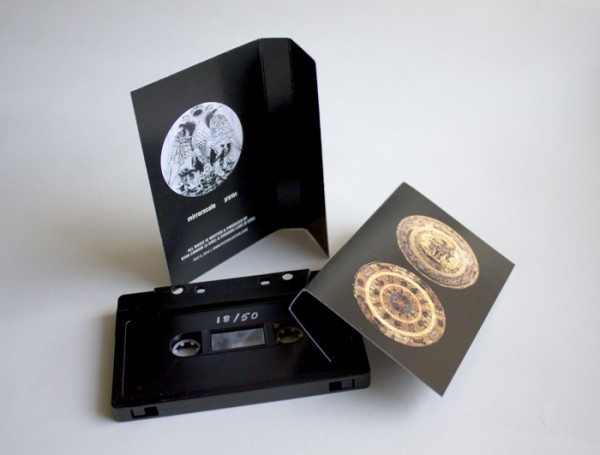
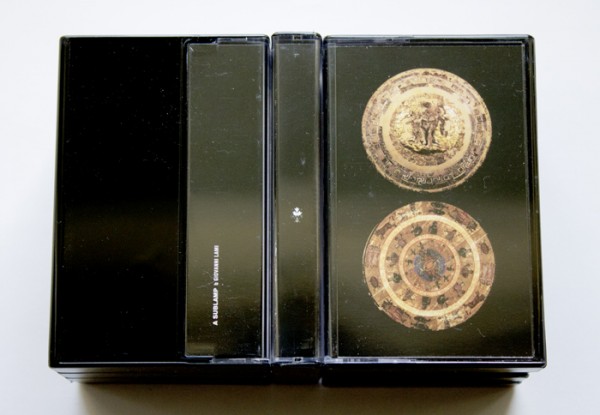
split C-40
/2012
Sublamp / Giovanni Lami
SPLIT (Felt 6)
Edition of 50 hand-numbered ferrik cassettes
Released 7 December, 2012
Reviews
Beach Sloth / 2012
Time is transfigured on this infinity-based split. Each artist focuses on the stopping of time. Movement of both of these pieces is barely perceivable. What happens is the entire cloud of sound hovers. After each repetition the music gets marginally closer and closer to a slightly different melody, though it requires extremely intense listening to even notice this sort of thing. Both Sublamp and Giovanni Lami’s approach though differs dramatically from each other making the split something of a ‘happy/sad’ scenario. Sublamp begins like a sped-up version of :Zoviet*France. The tone is uniformly positive. Everything in the song is completely bright. Upon the constant incessant repetition the music reveal a deeper bubbly melody hidden deep within the constant flow. From the giant slab of music tiny counter rhythms begin to form. Eventually Sublamp lets a large amount of noisy distortion into the mix to ruin the infinite rush towards the sun. By the very end he returns to a ghostly echo of the beginning. Giovanni Lami takes a much more unsettling approach to the work. Sounding reminiscent of ‘Illusion of Safety’ he dwells within the sub-range. Upon the introduction of this sense of dread comes extremely harsh noise. For the first half it is menacing with field recordings thrown into the mix. In the latter half Giovanni Lami delivers something truly amazing, suspended noise over heavy bass frequencies not dissimilar to Mika Vainio’s solo work. Overall it is a beast of a split. Each side reinforces the other side the light and the darkness the happiness and the sadness.
-
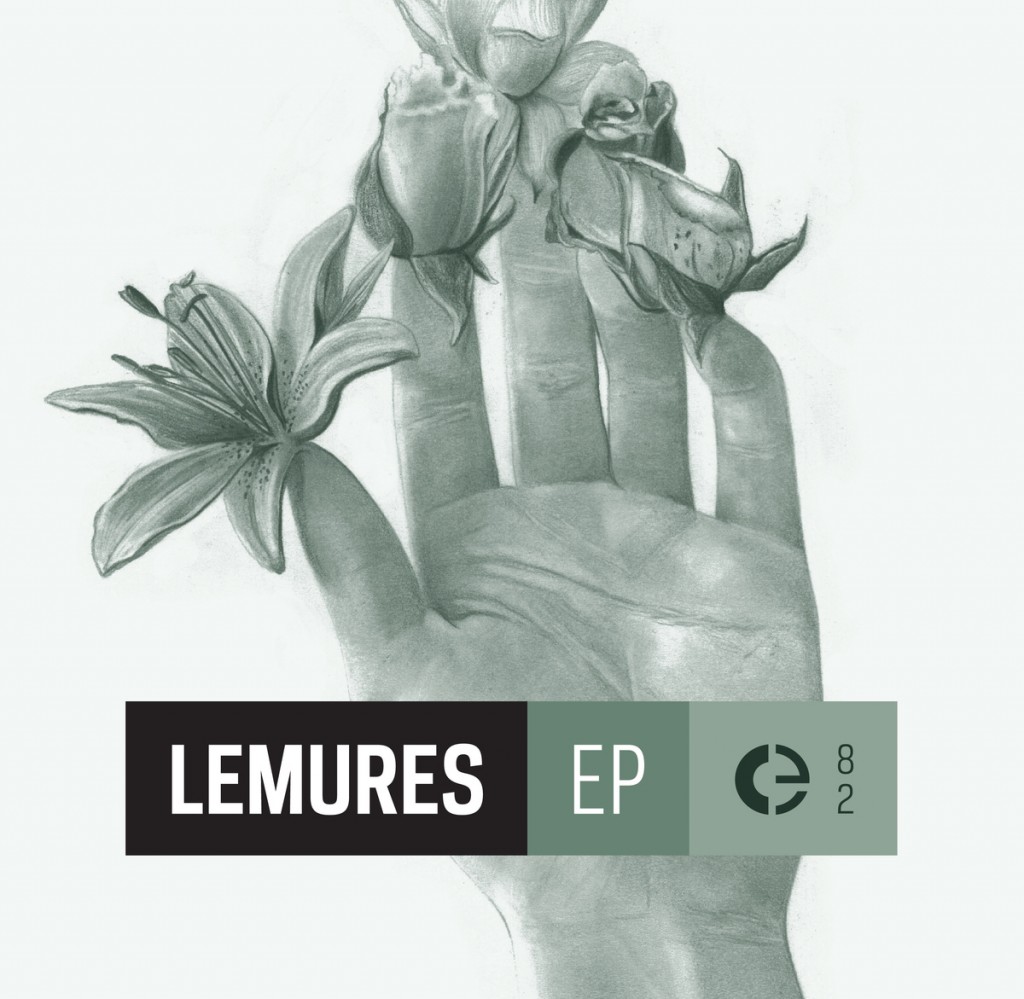
Lemures / EP


Lemures / EP
/2014
Crónica 082~2013
The EP is part of a diptych with the LP “Lemuria”.
Lemures animas dixere silentum. Ov. F. 5, 483.
Composed by Giovanni Lami and Enrico Coniglio
Mastered by Miguel Carvalhais
Illustration by Dead Meat
Released October 15, 2013
-
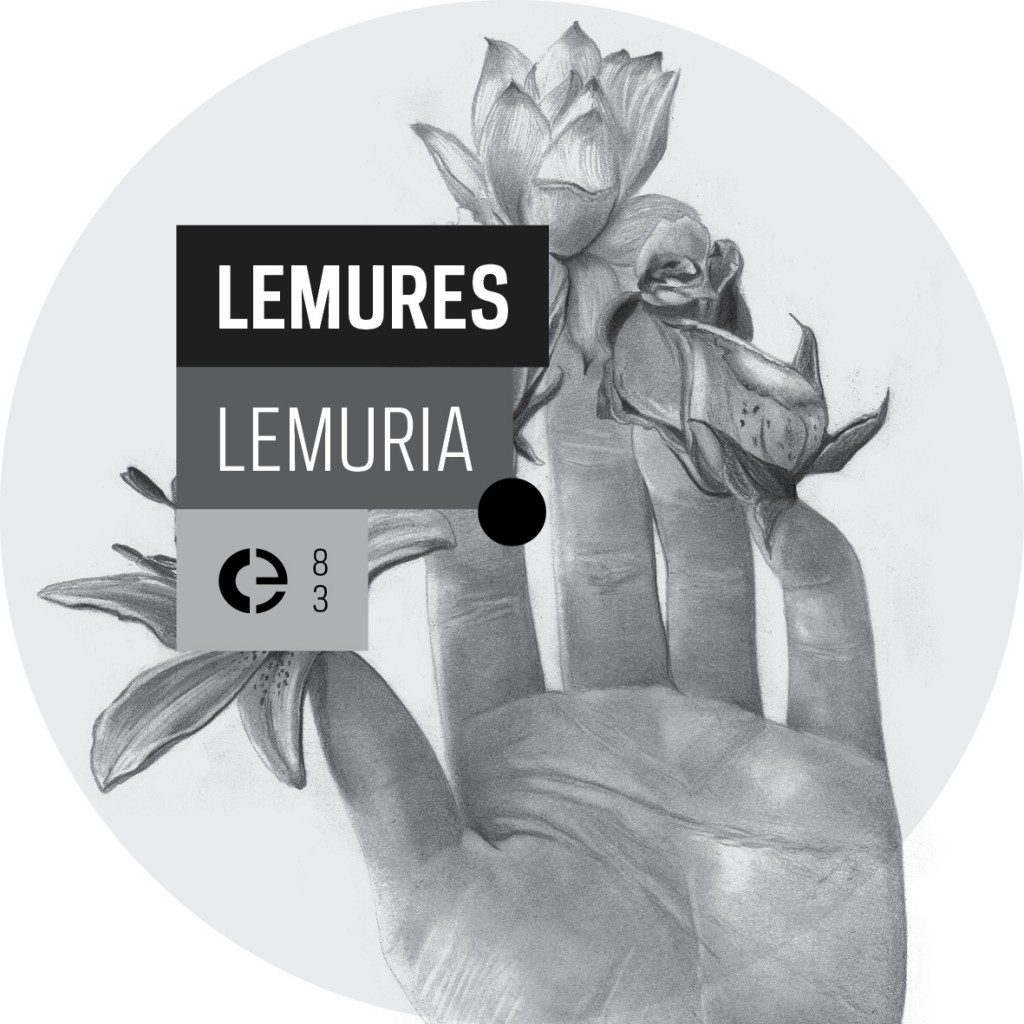
Lemures / Lemuria

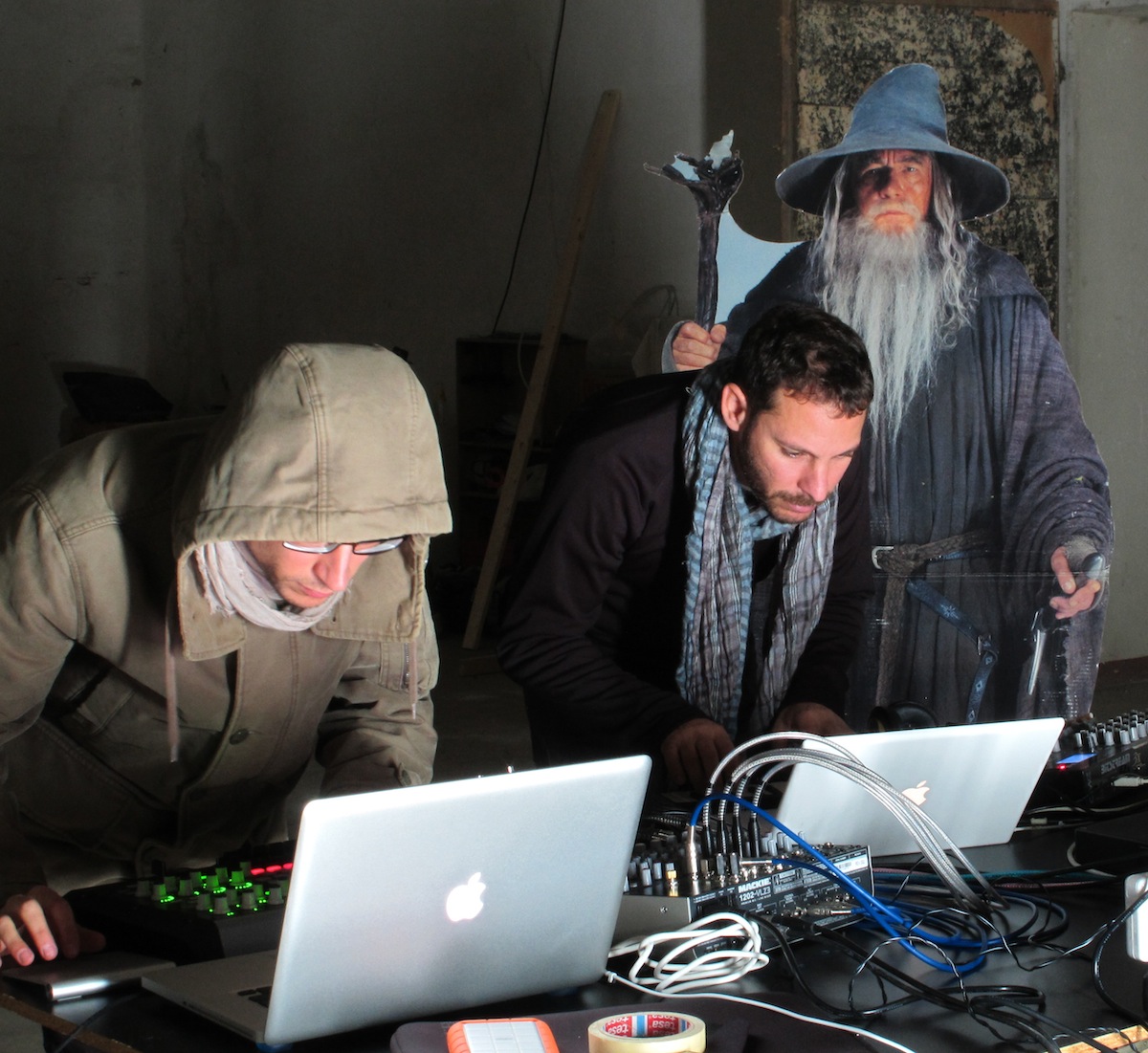
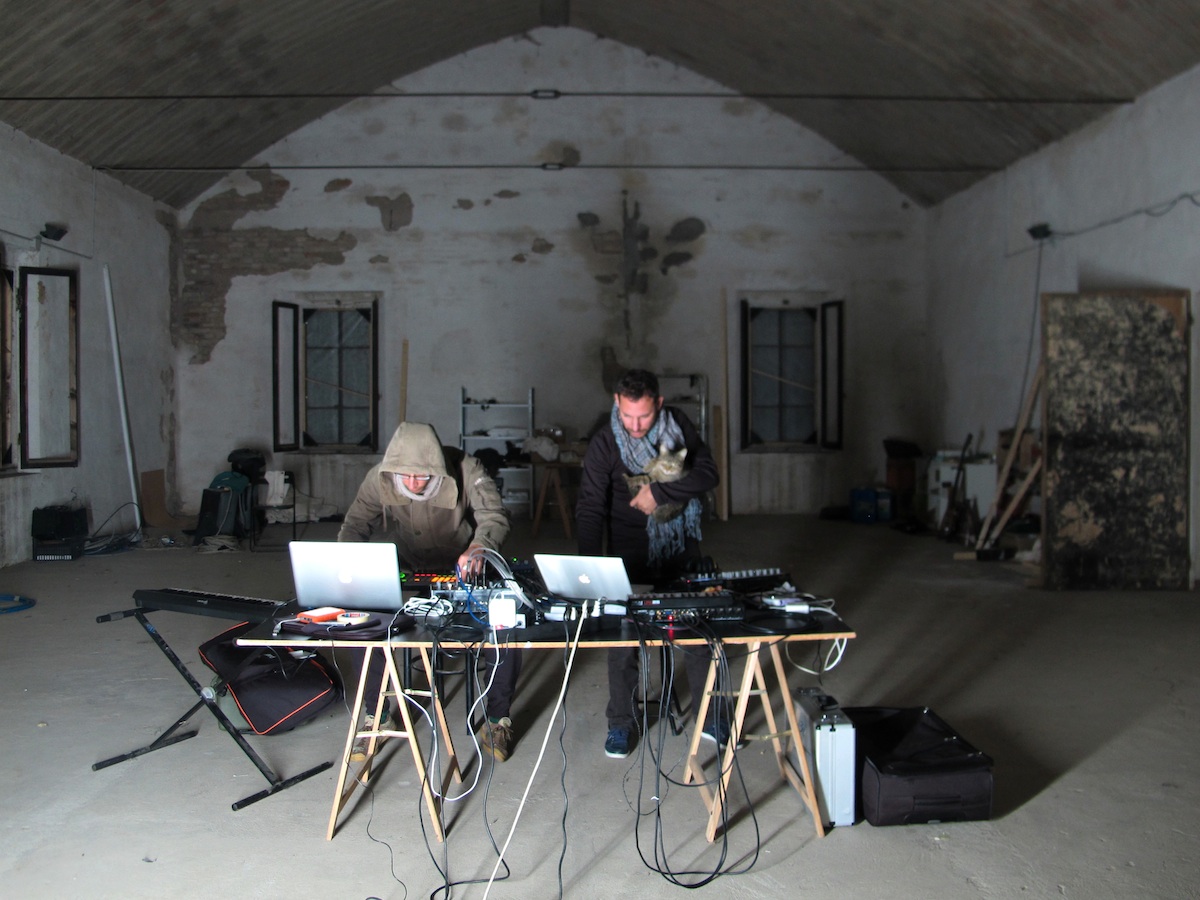
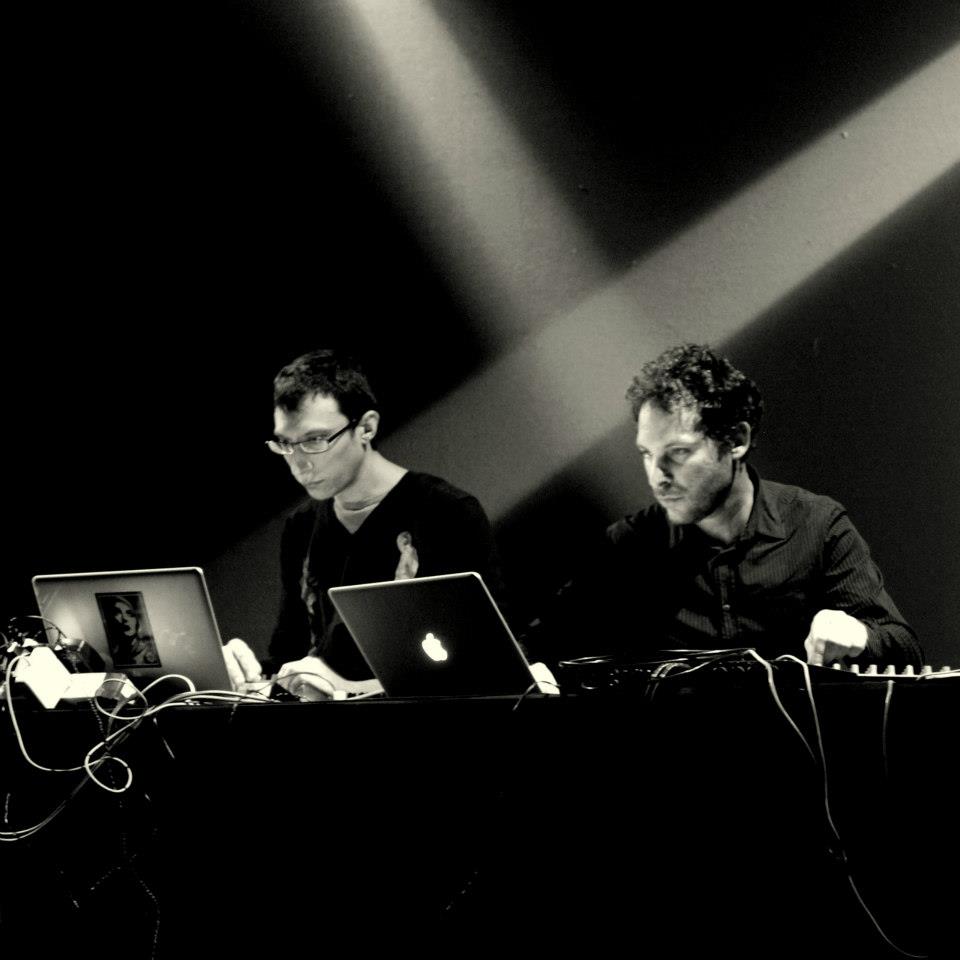
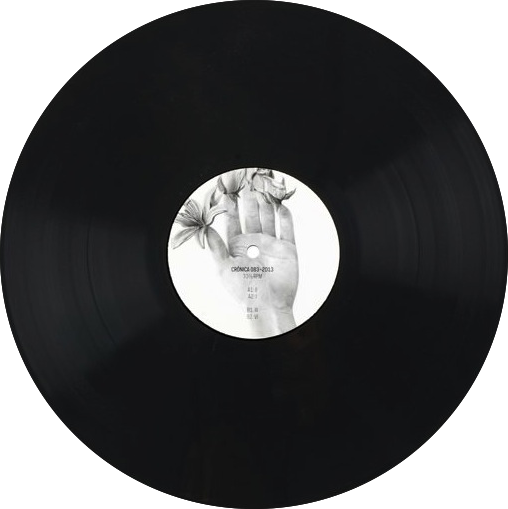
Lemures / Lemuria
/2013
Lemures animas dixere silentum. Ov. F. 5, 483.
The Lemuria was a feast in the religion of ancient Rome during which the Romans performed rites to exorcise the malevolent and fearful ghosts of the dead from their homes. The unwholesome spectres of the restless dead, the Lemures. (wiki)
"The description, ultimately, of a “mental landscape”, as defined in the founding manifesto of the Lemures project, in which the complex interplay between subject and sound objects becomes a complex game of associations, reflections and reverberations, suspended between a denotative approach and a non-linear narrative." (Leandro Pisano)
Just 100 copies on 180g black vinyl LP12″ 33rpm
Composed by Giovanni Lami and Enrico Coniglio
Mastered by Miguel Carvalhais
Illustration by Dead Meat
Released November 5, 2013
-

i Misteri

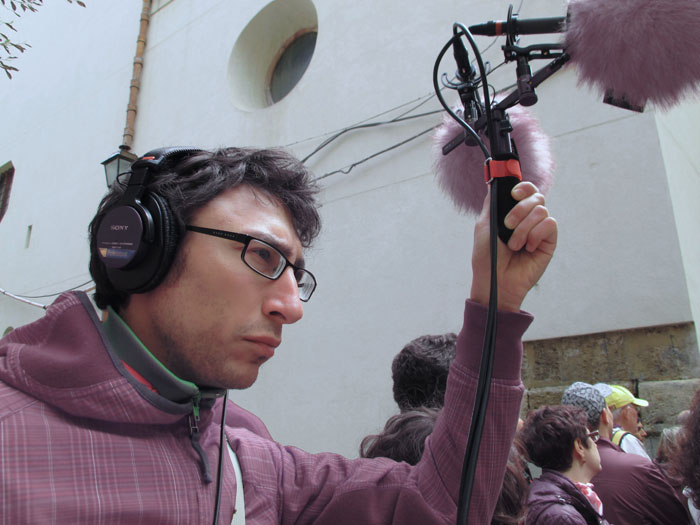
i Misteri
/2012
This group of pure field recordings were taken in April 2011 during Easter processions in Sicily. Easter week in Sicily is from ancient time a moment of evocative festivals and parades in many cities and villages, that recall the death of Christ. The most famous procession is in Trapani and is called “I Misteri” ("The Secrets"). A parade of sculpted religious statues from 17th century and 18th century in a procession cross for more then 16 hours (from Good Friday to Holy Saturday) the historical city centre. Each statue represents one of the stations of the cross and are all made by the various local guilds. Thousands of Sicilians line the streets awaiting the arrival of the Virgin Mary "in search" of her son.
In Italy, Sicily is where the feeling with faith is more clear and visible in its most dramatic and mysterious side, in most of the parades/processions the orchestra plays dead marches. I spent there about a week, but a couple of days only (Holy Thursday & Good Friday) recording marches, other days I walked around trying to put myself into that "feelings", taking recordings like the third track, that was a choir having rehearses inside a Church, taken from outside but really close to the main (closed) door, mixed with the voices of people in the square around me. (Giovanni Lami)
They're not processed, just subtly equalized and cropped, taken using a Schoeps Colette stereo pair: CMC6 amplifier w/ cardioid capsule (MK4) mounted ORTF on Schoeps UMS20 bracket, w/ a pair of Rycote Babyball Gag 20 windjacket on a Marantz PMD661
-

To Die for...
Self Released

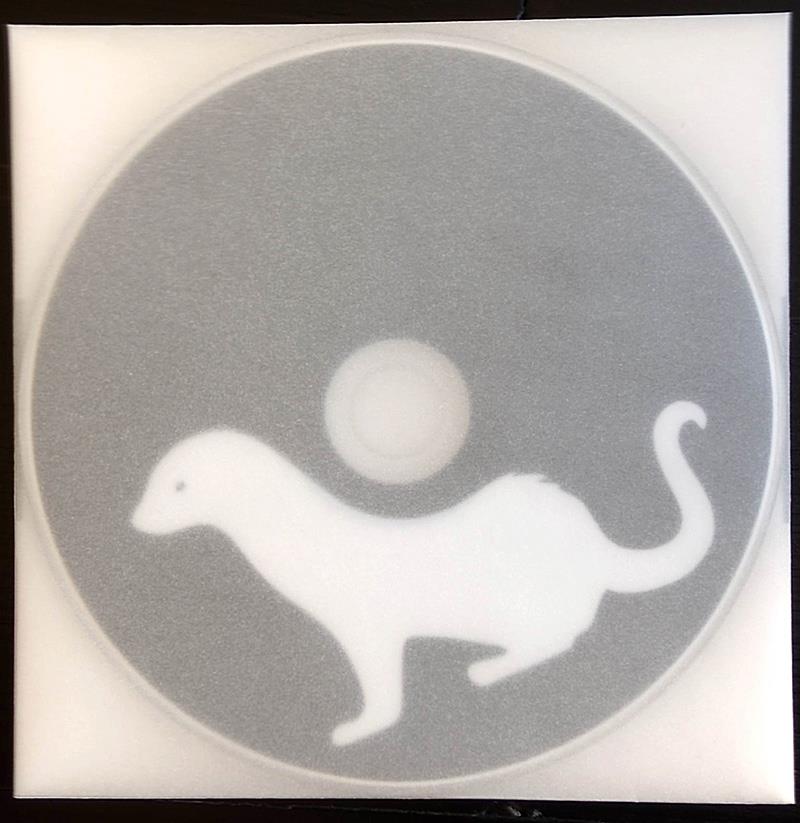
To Die for...
/2013
A self-released CD (100pcs) about my work concerning an investigation to ban fur farming in Italy.
5€. All the amount will be used to carry on the campaign to ban fur factories in Italy
To have a copy just write me or grab it when we’ll meet here or there
Recorded in winter 2012/13 via schoeps CMC6 /MK4
To Die for a Fur Coat (studio version)
Riverbanks (uncut)
Support visoniliberi.org
Please sign the petition

